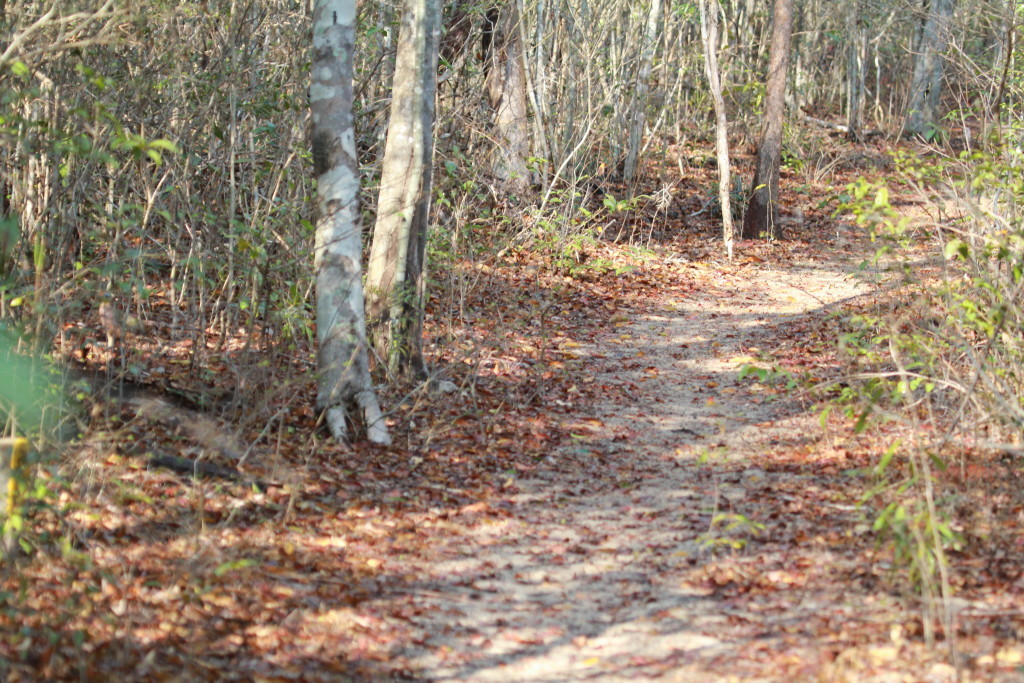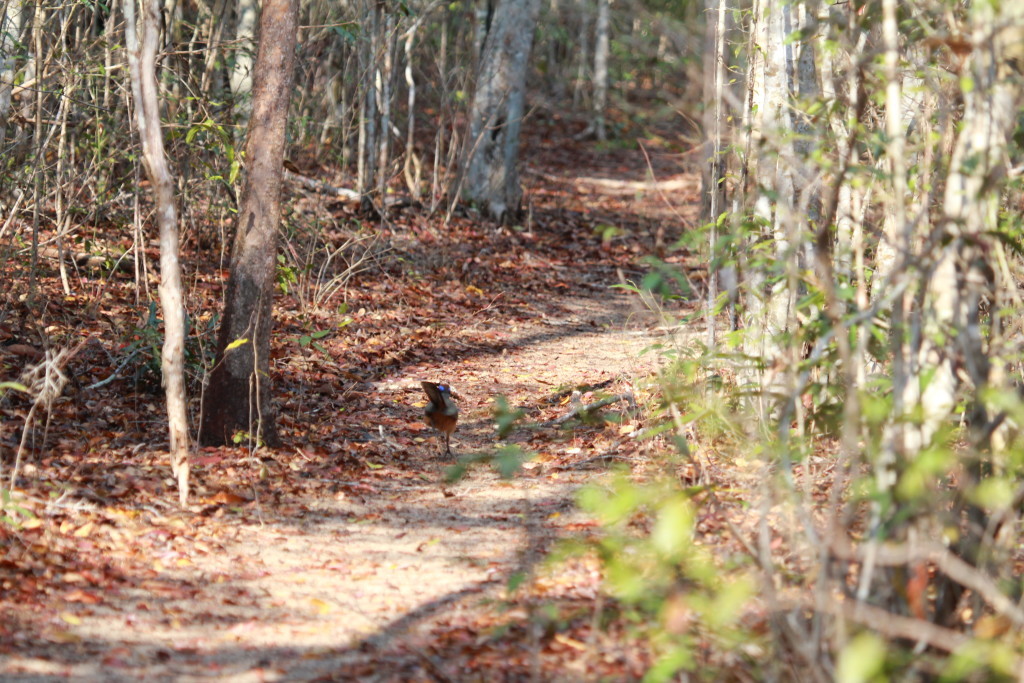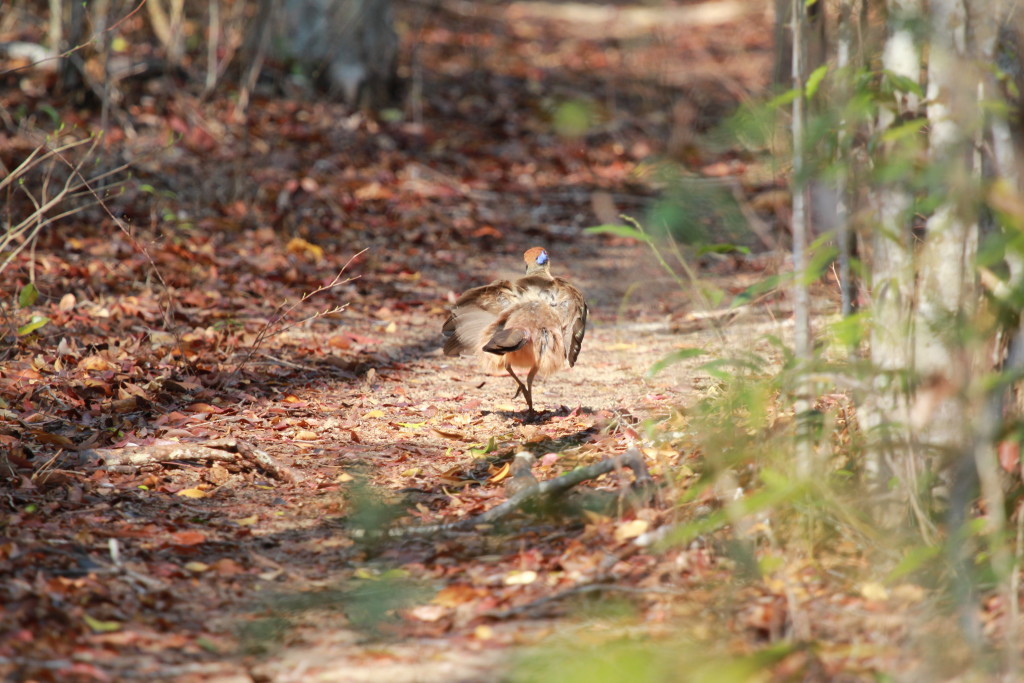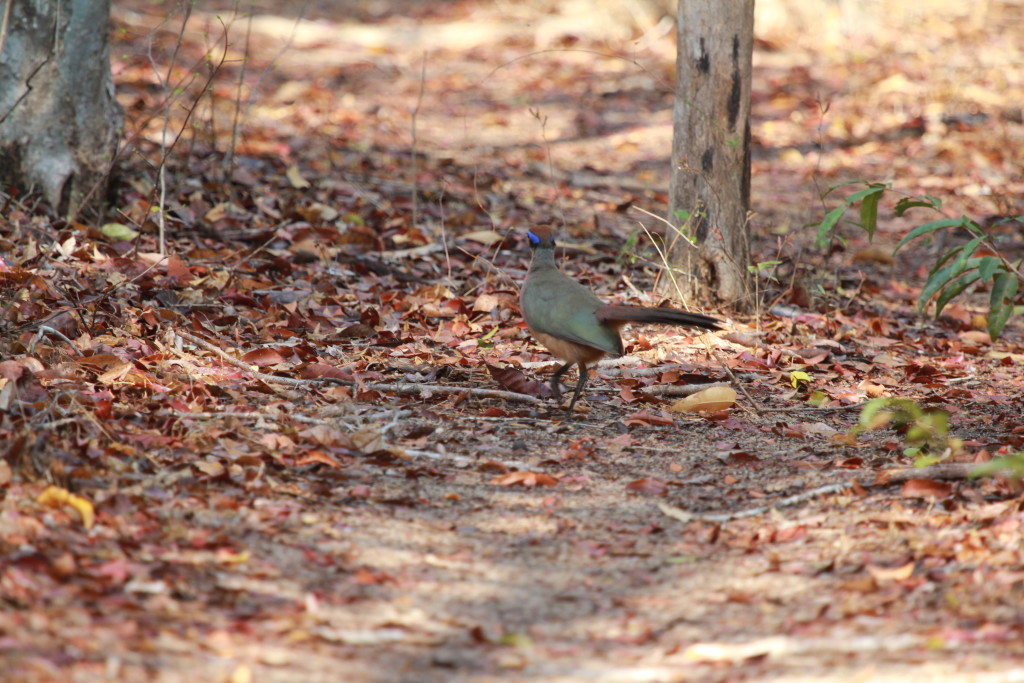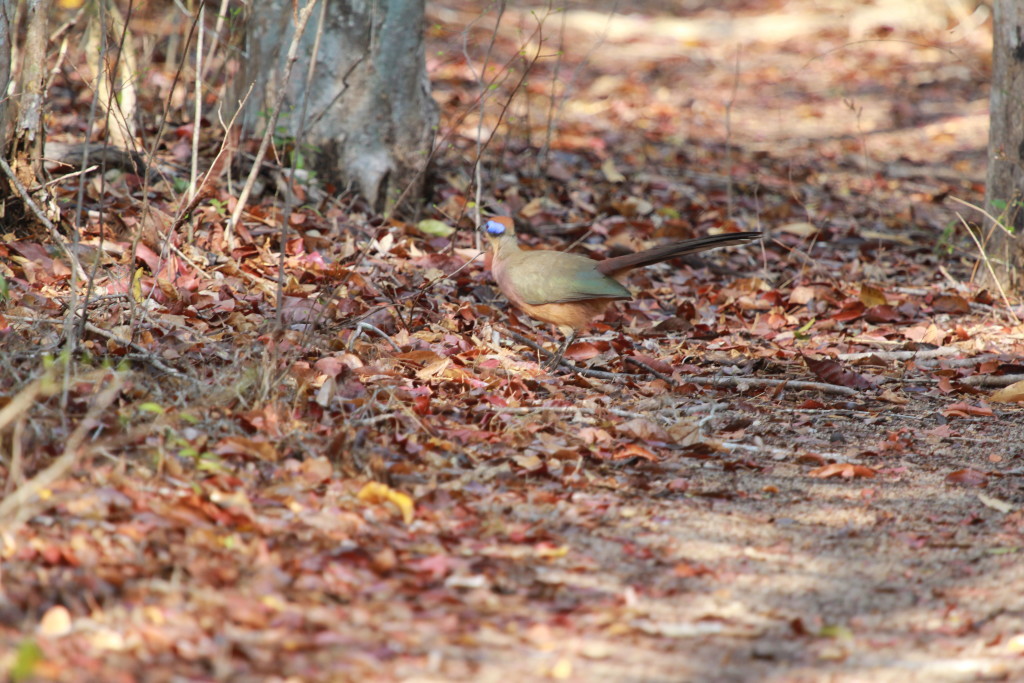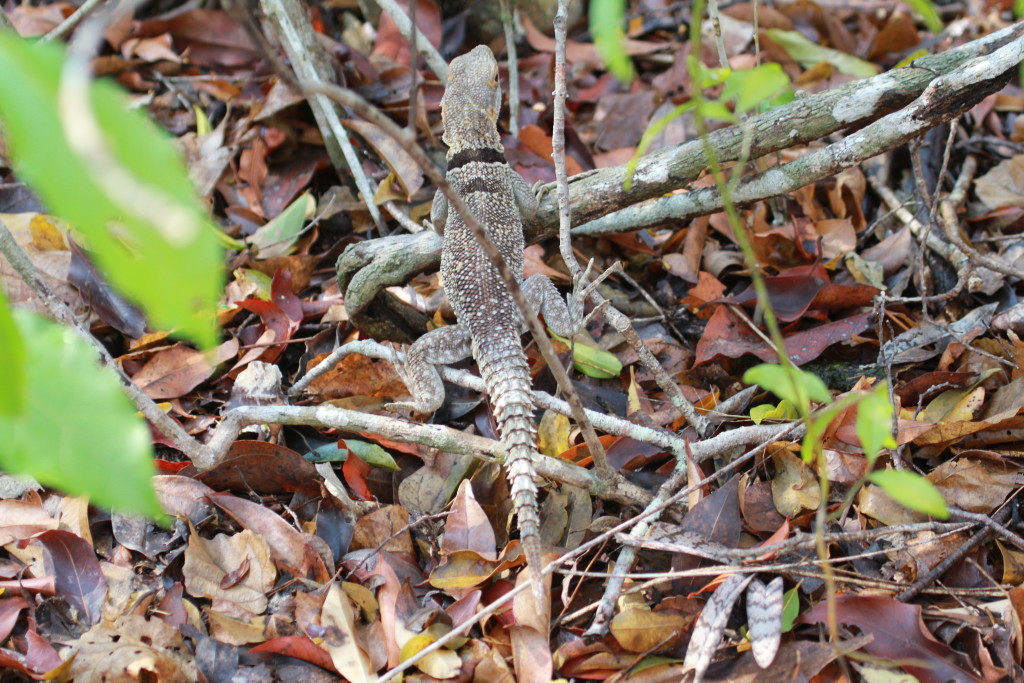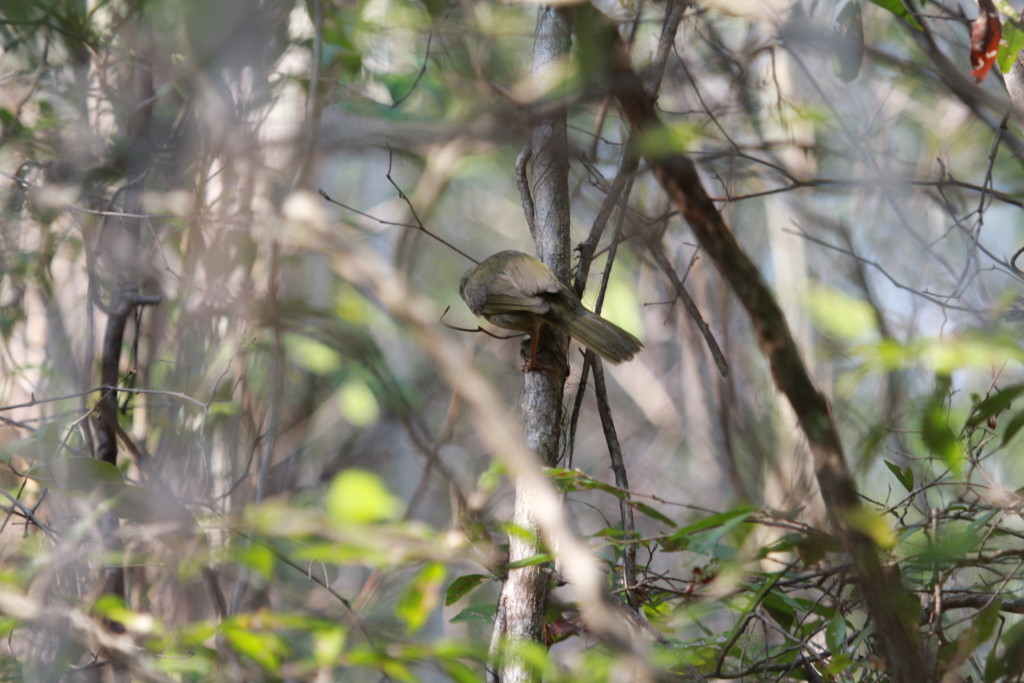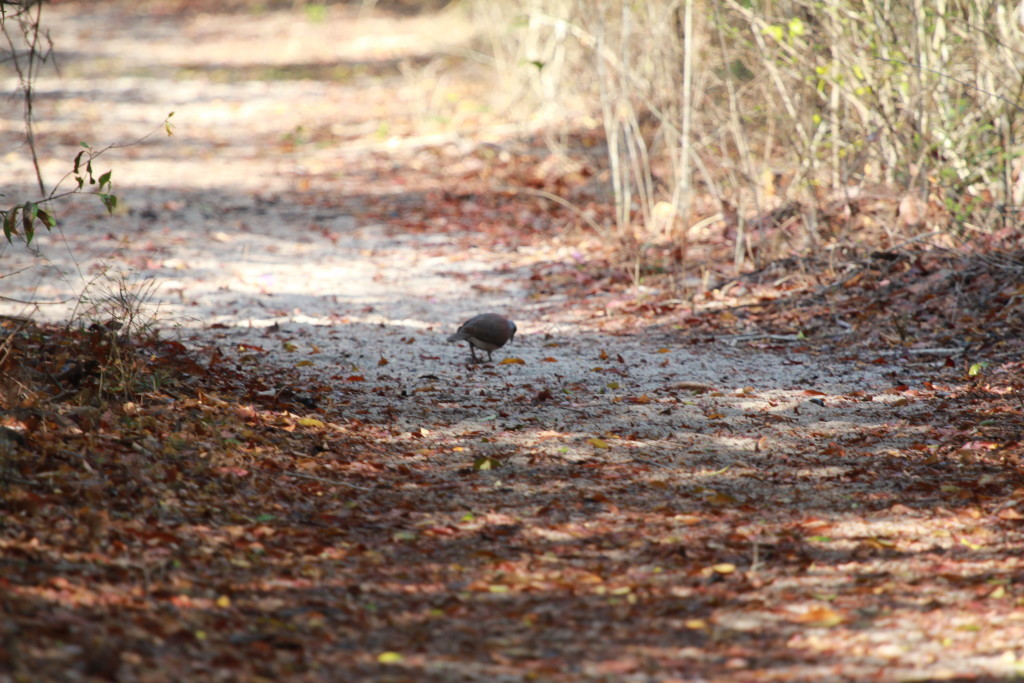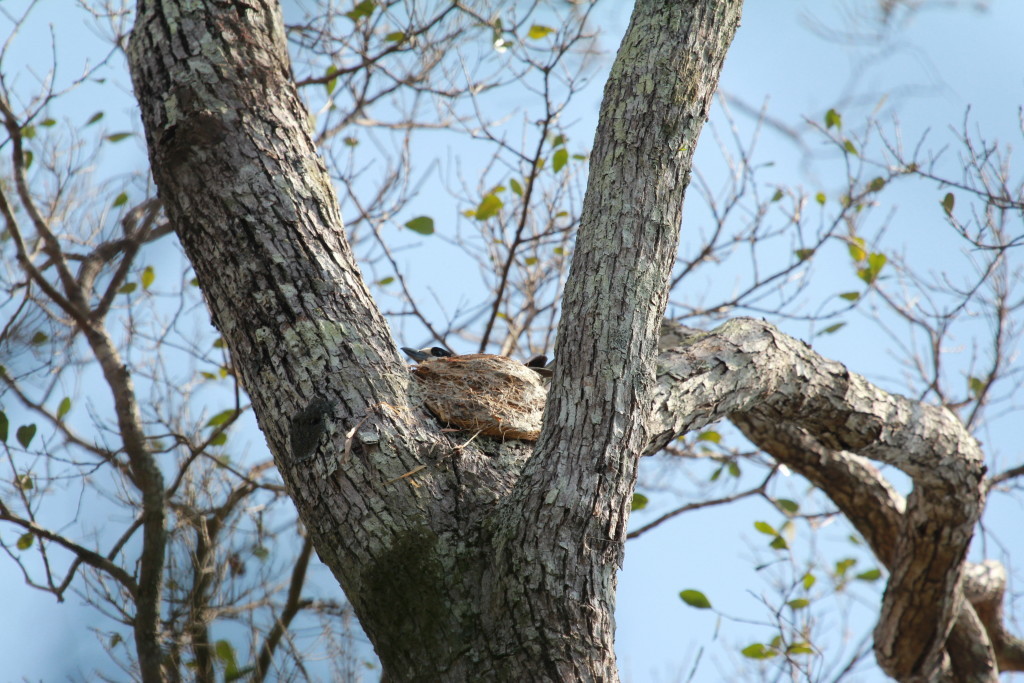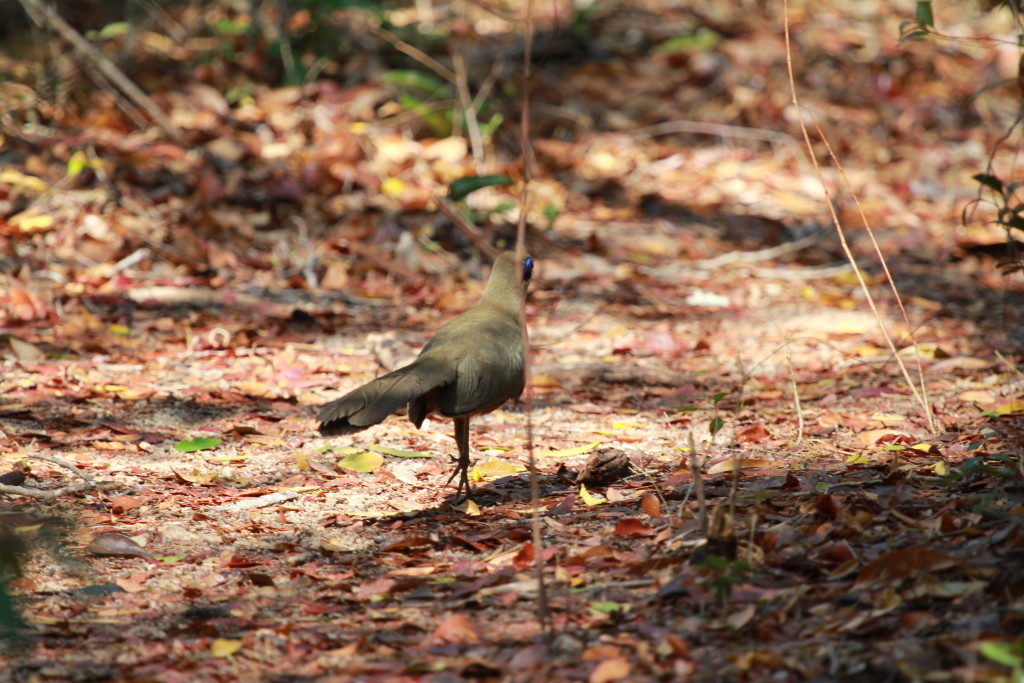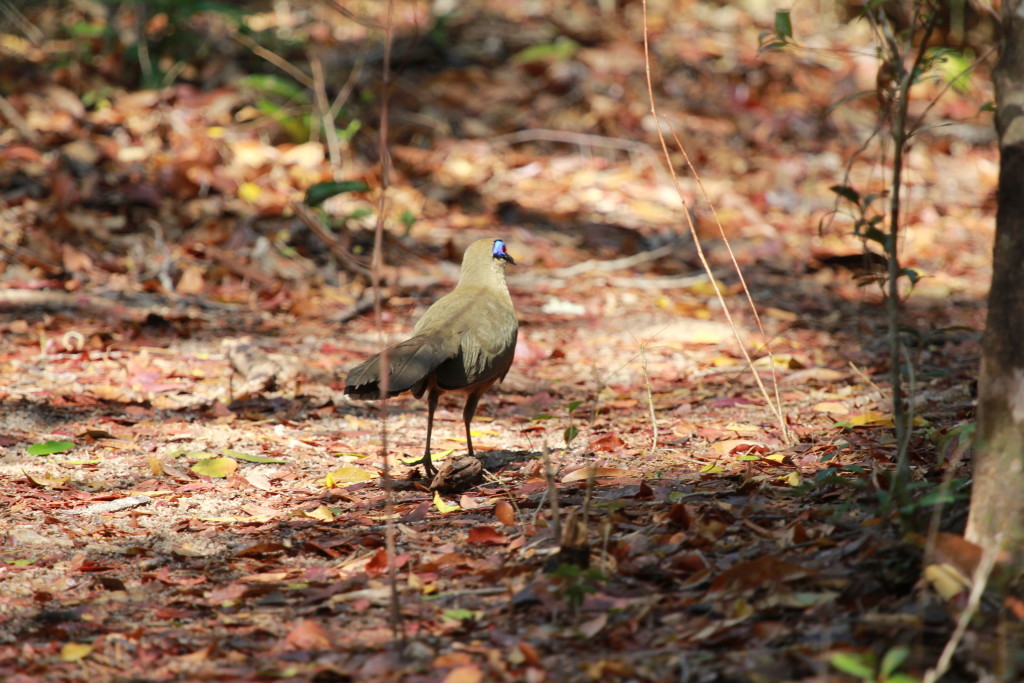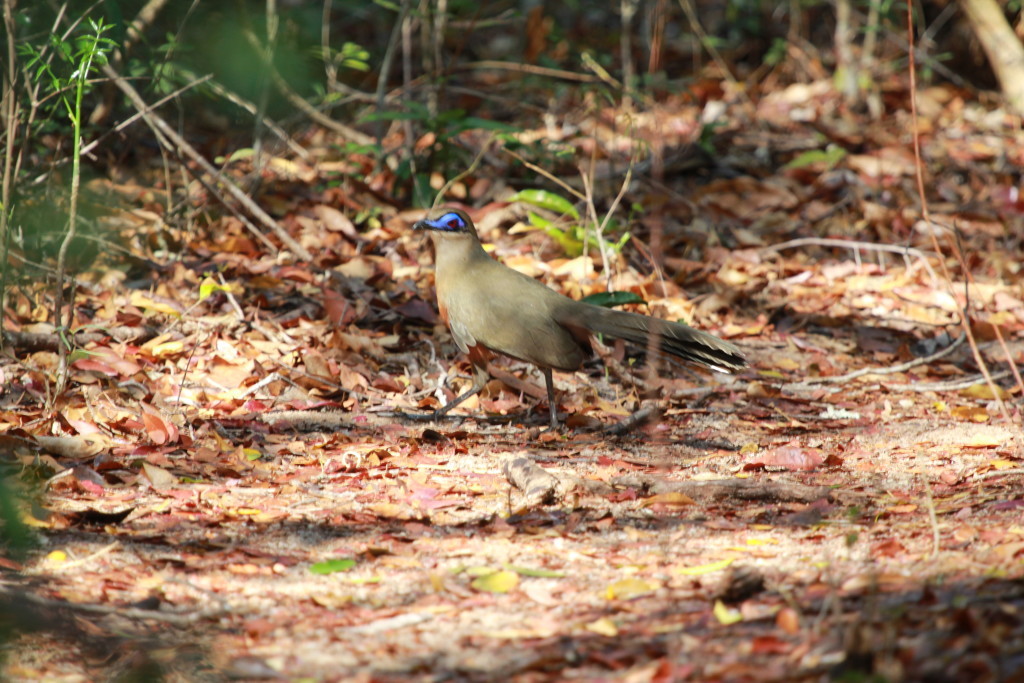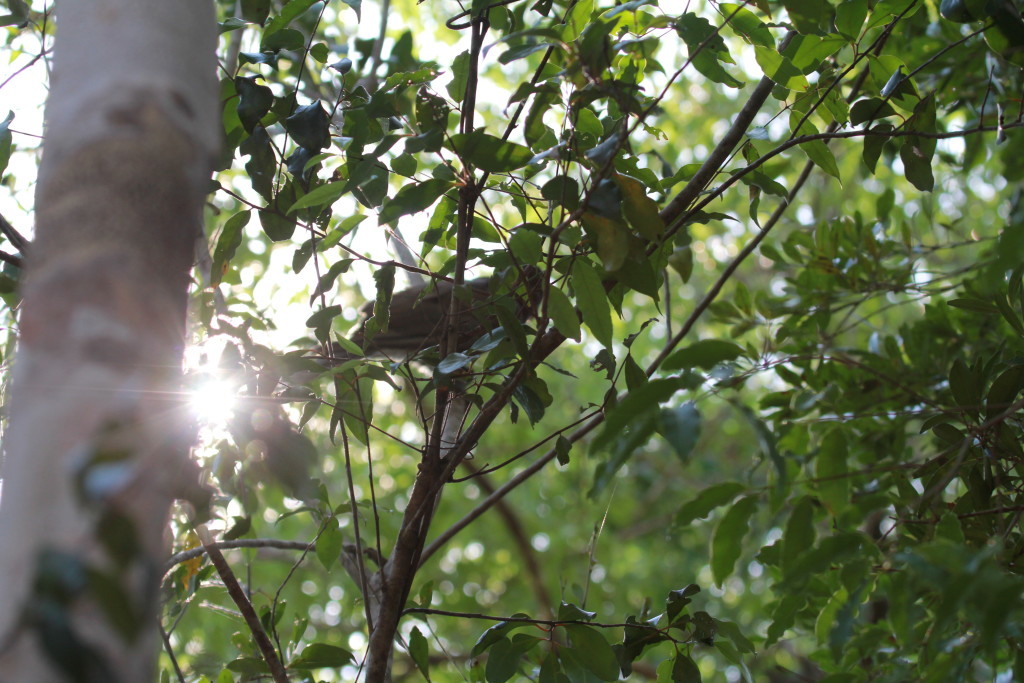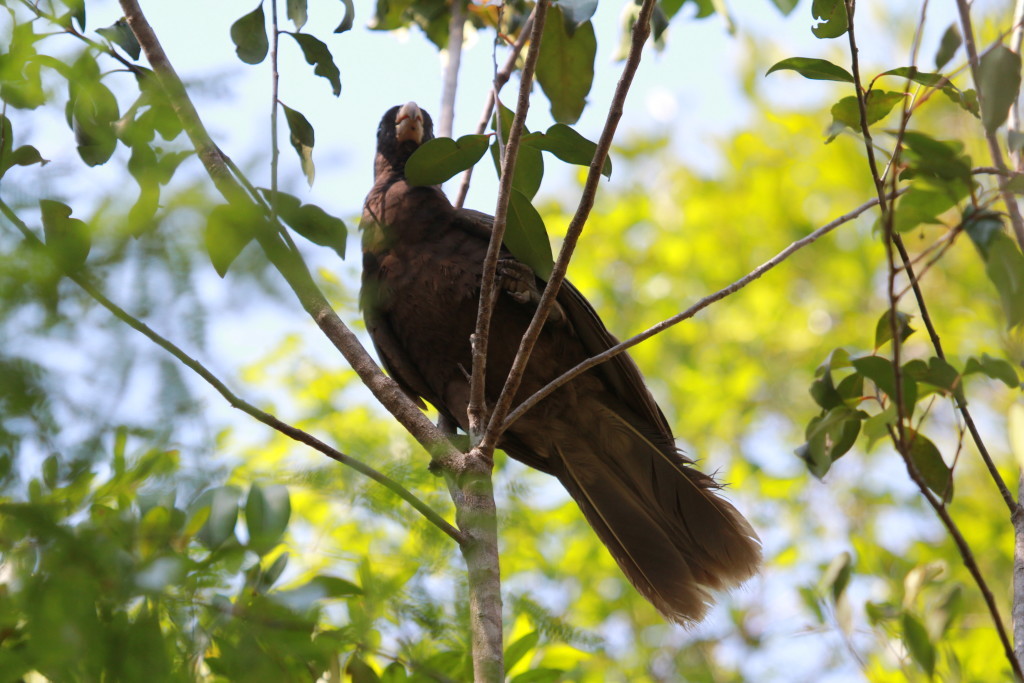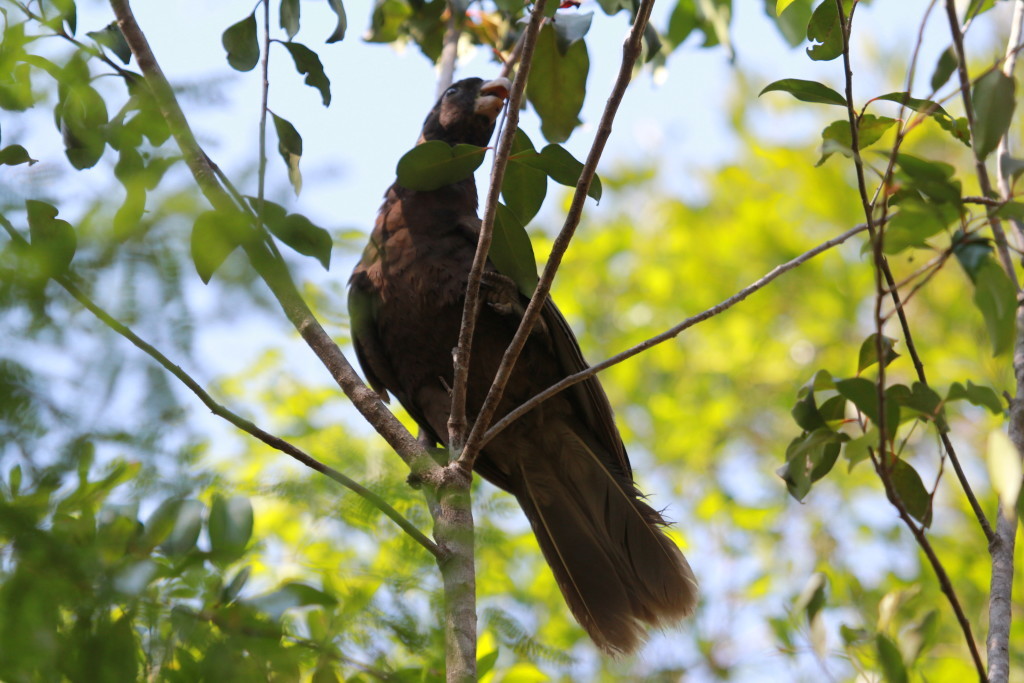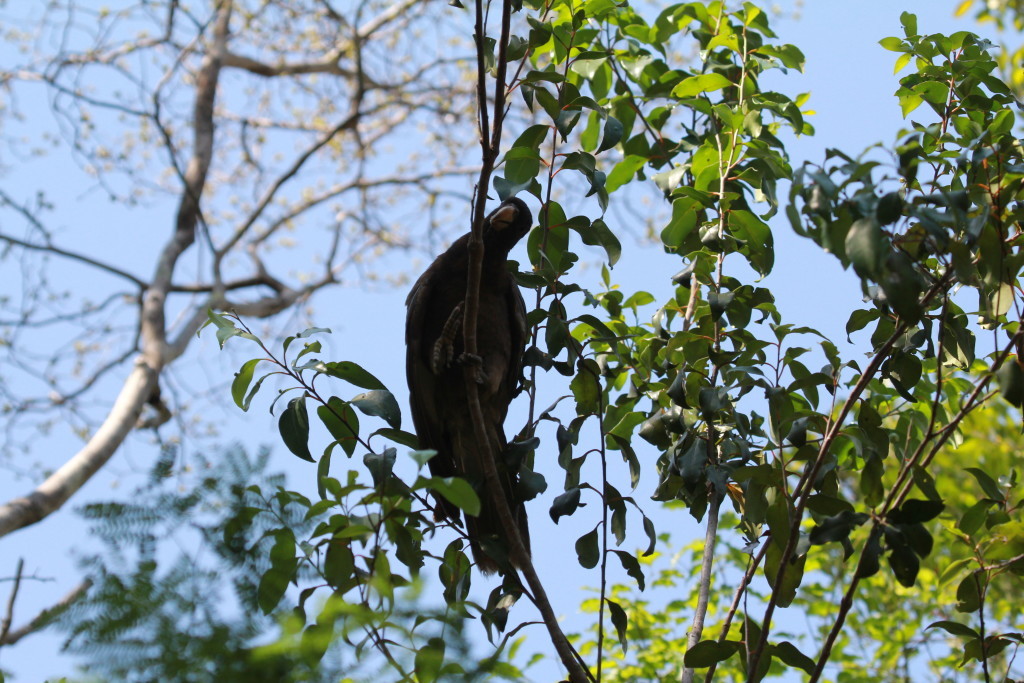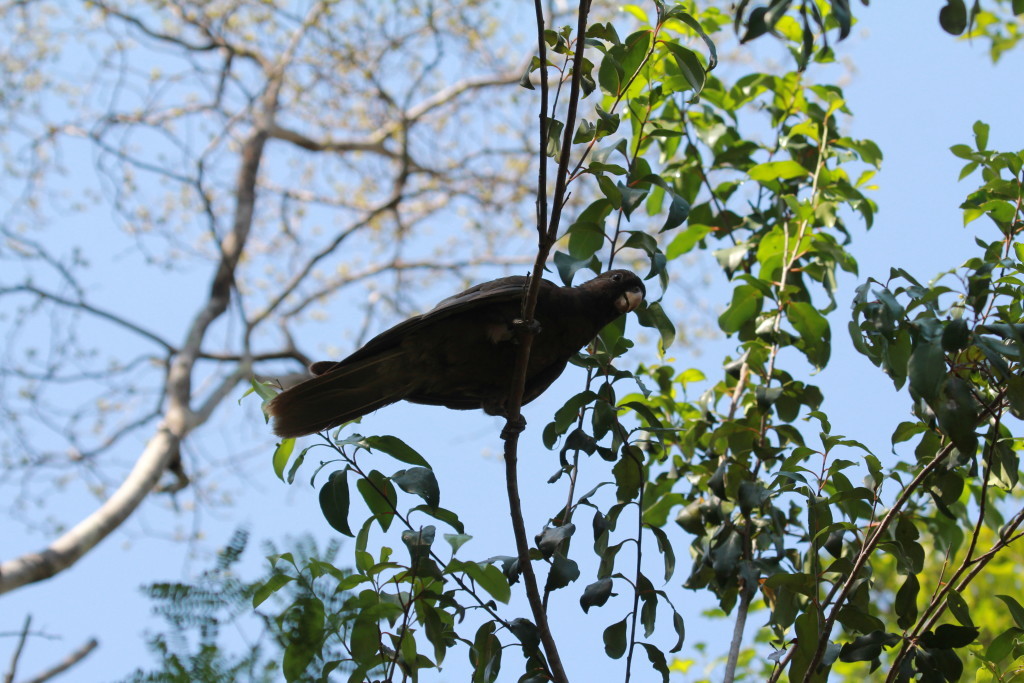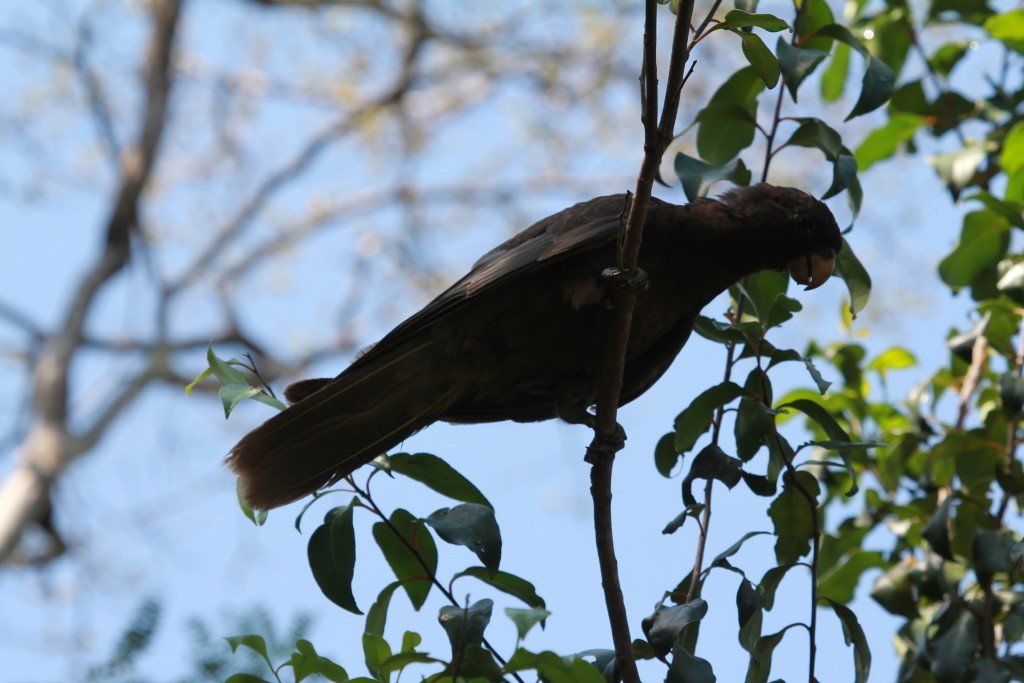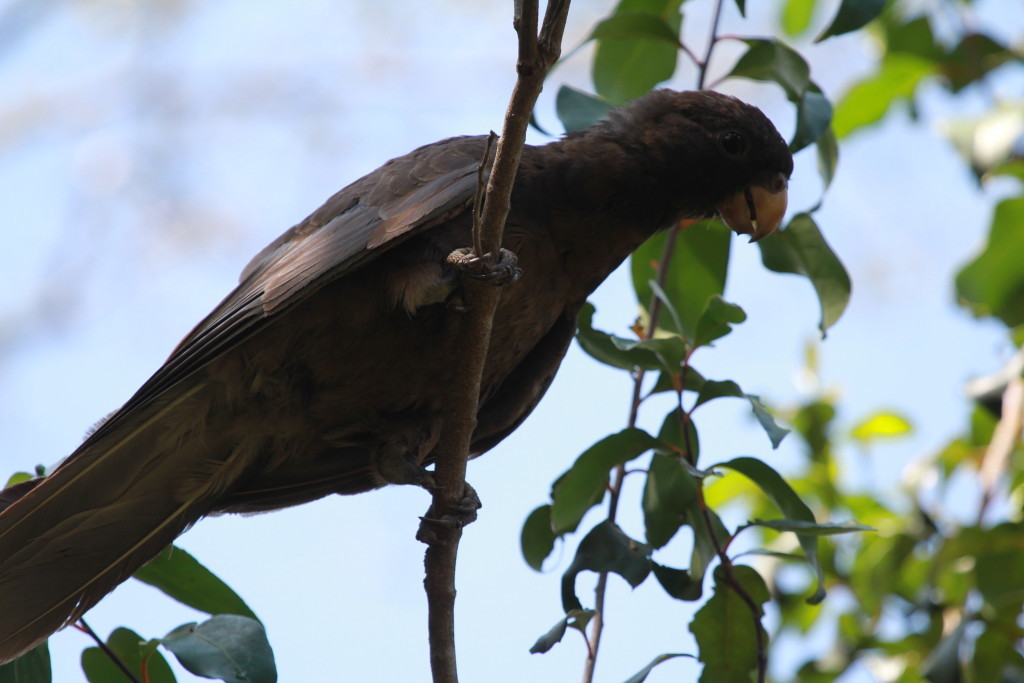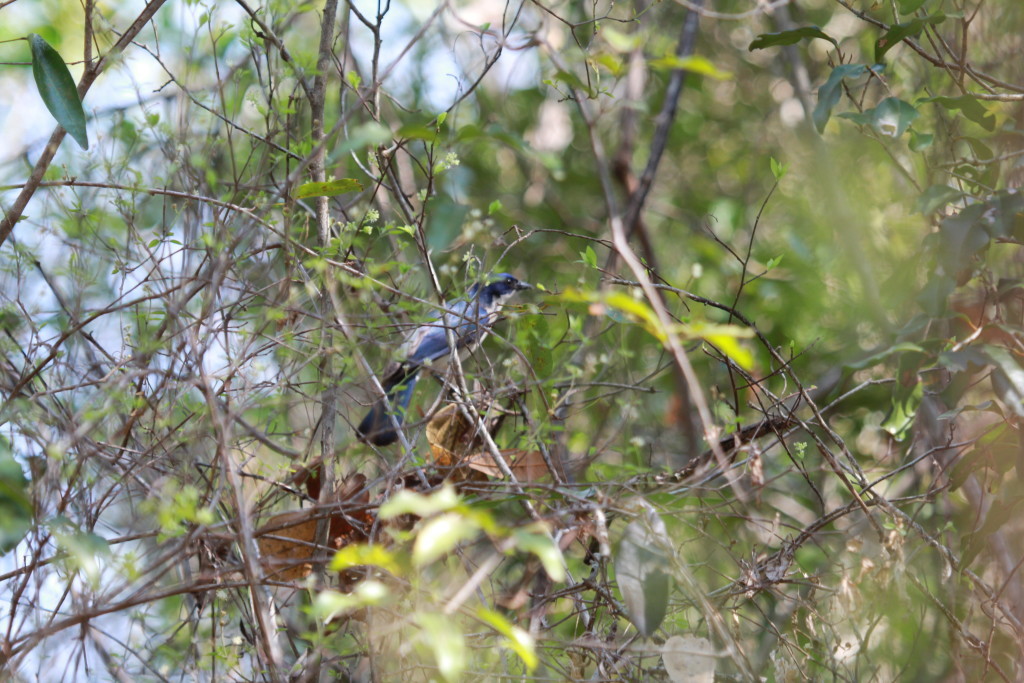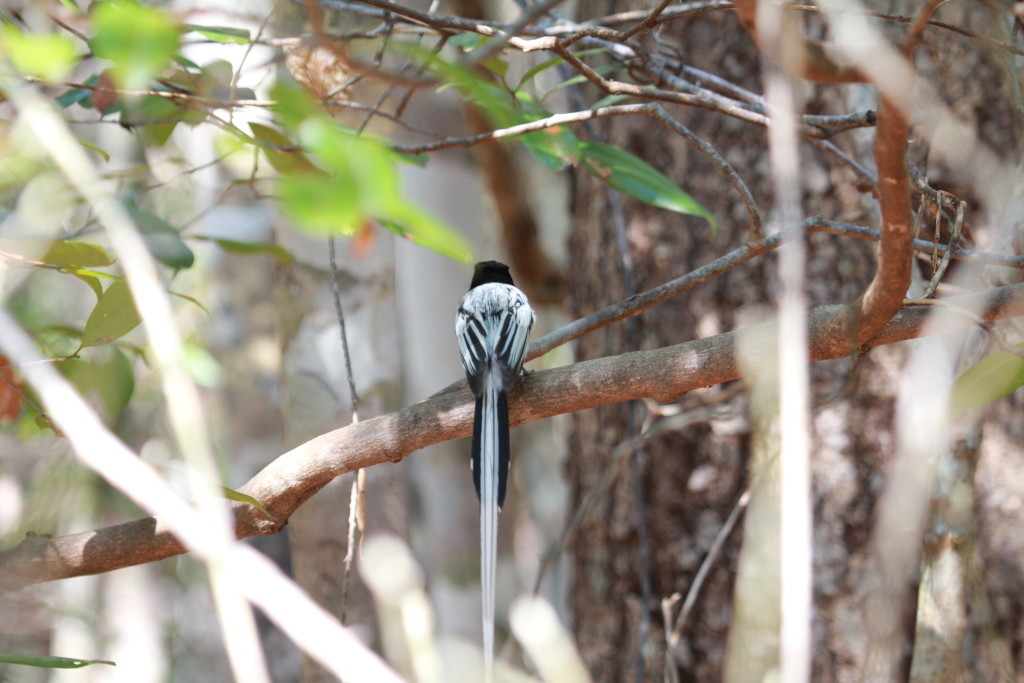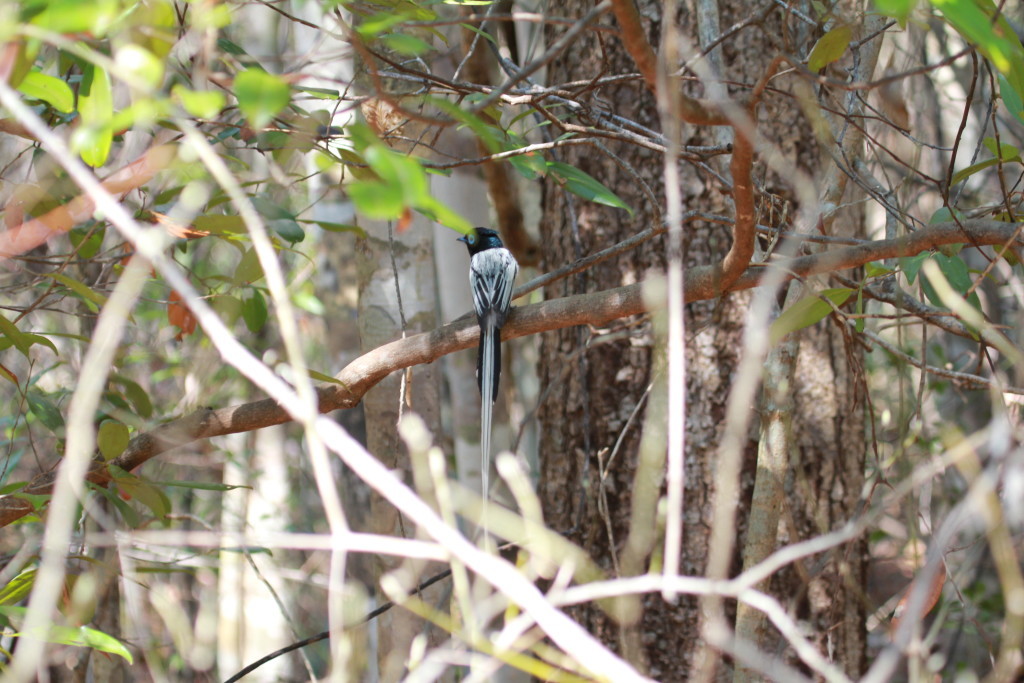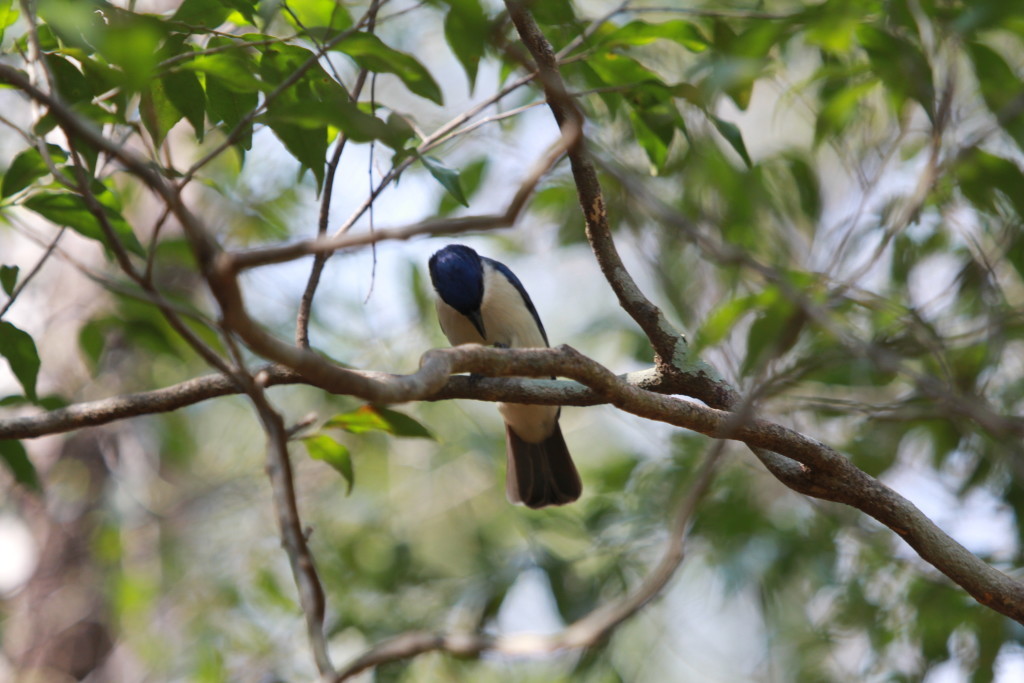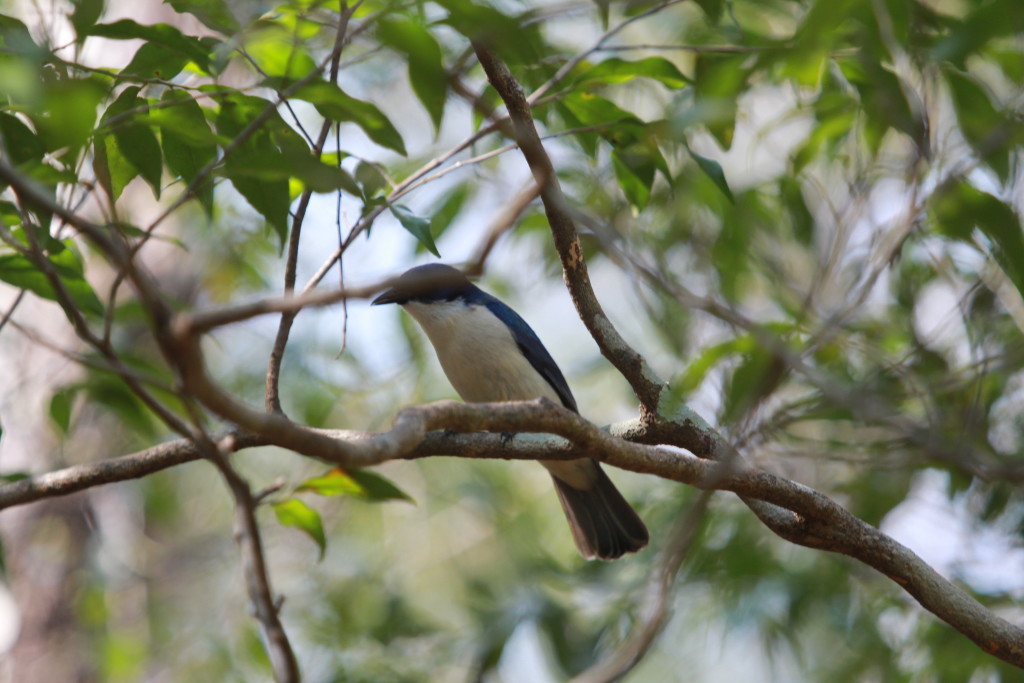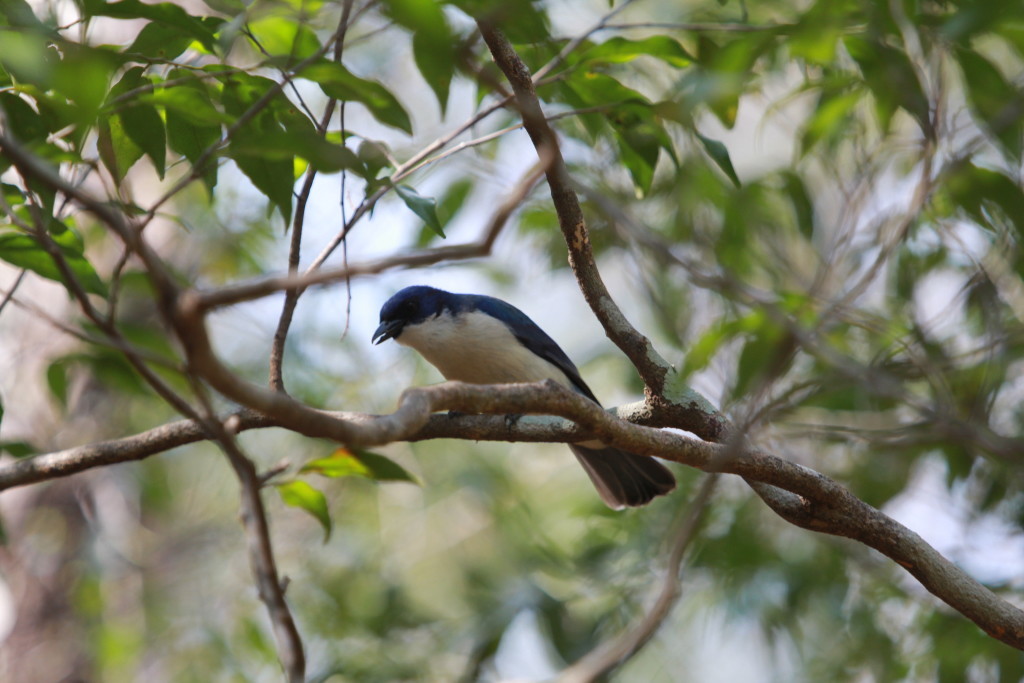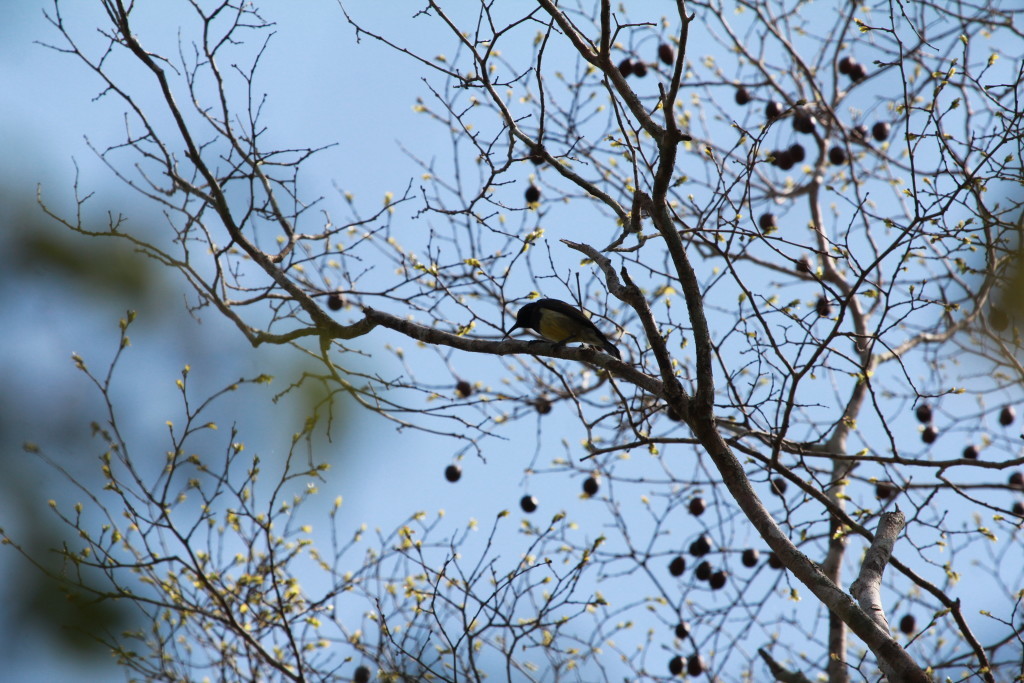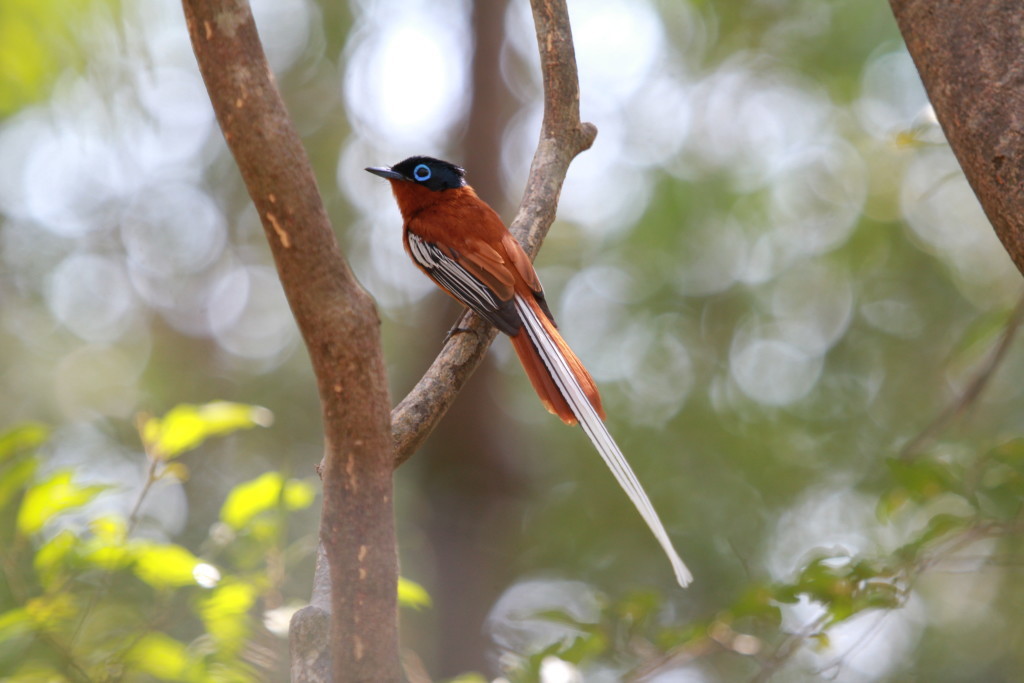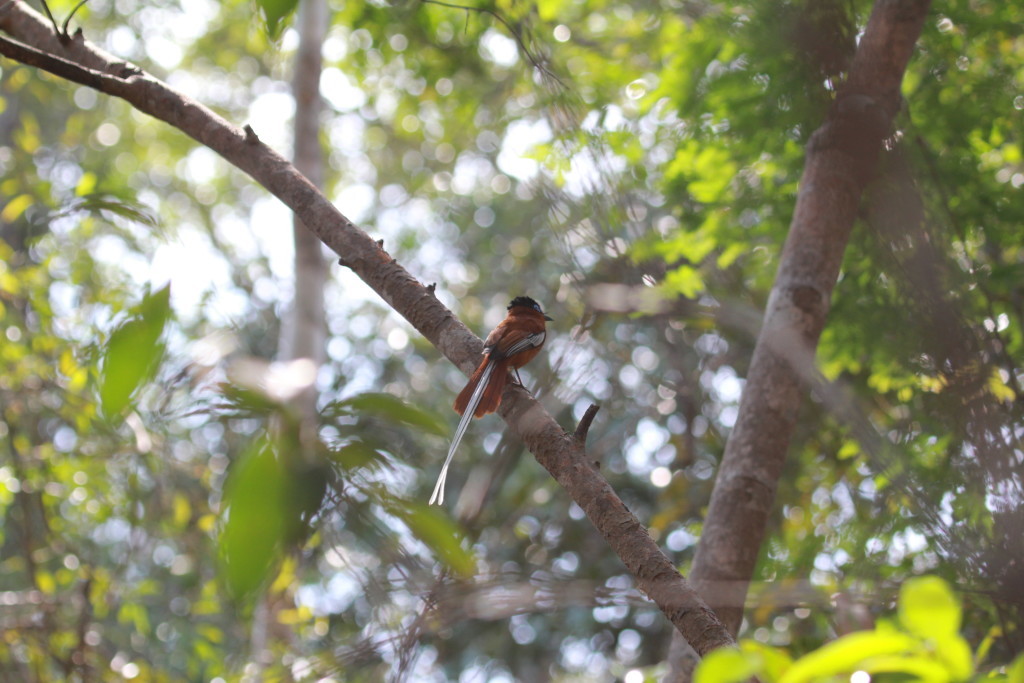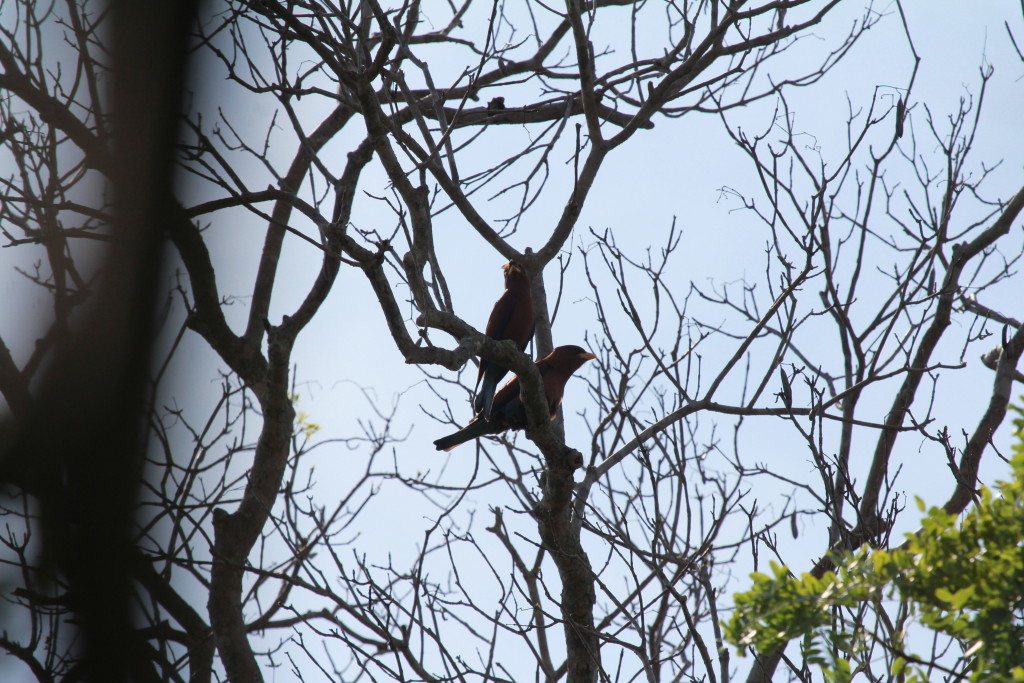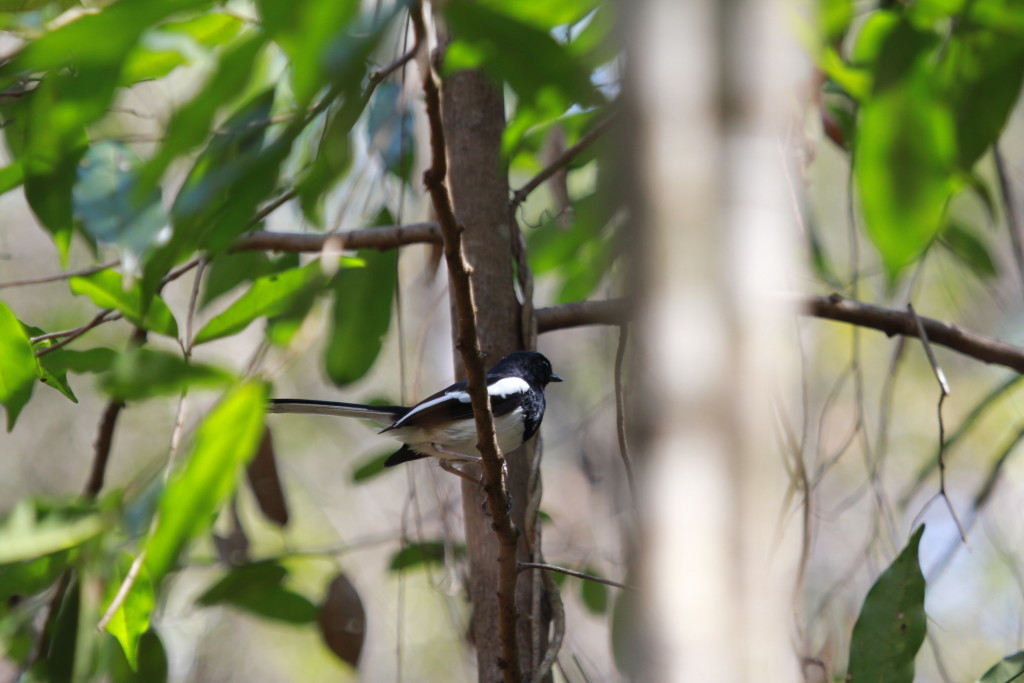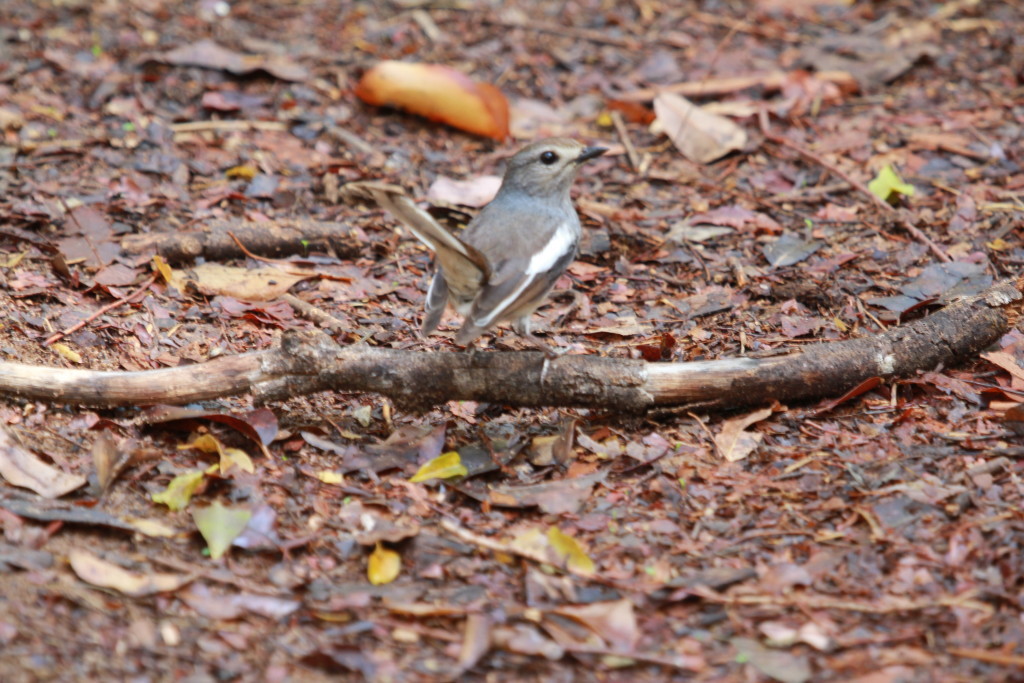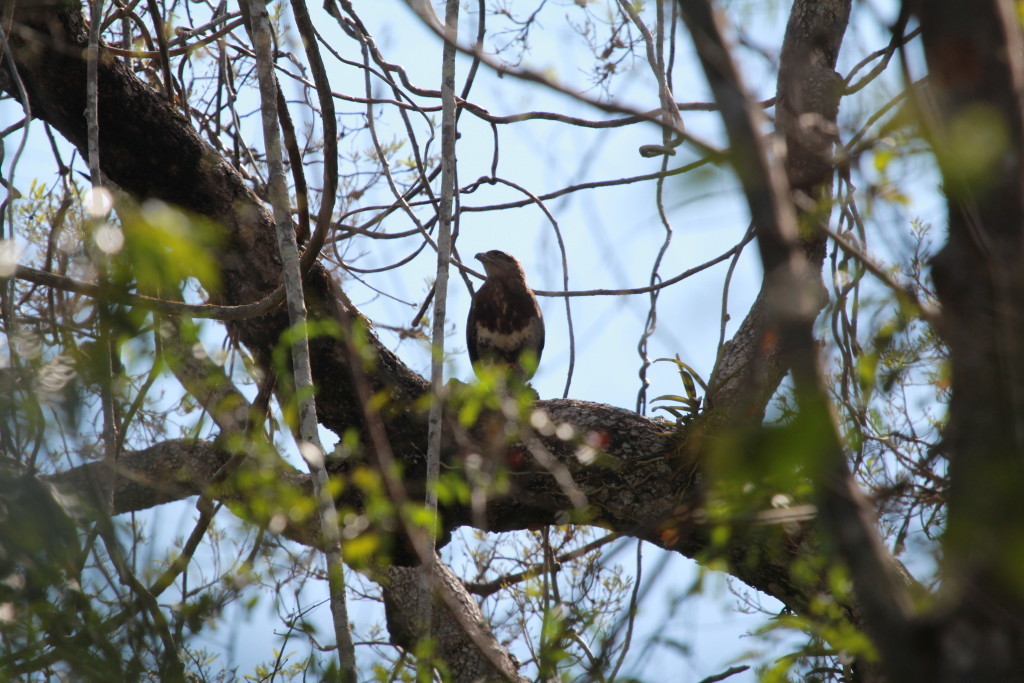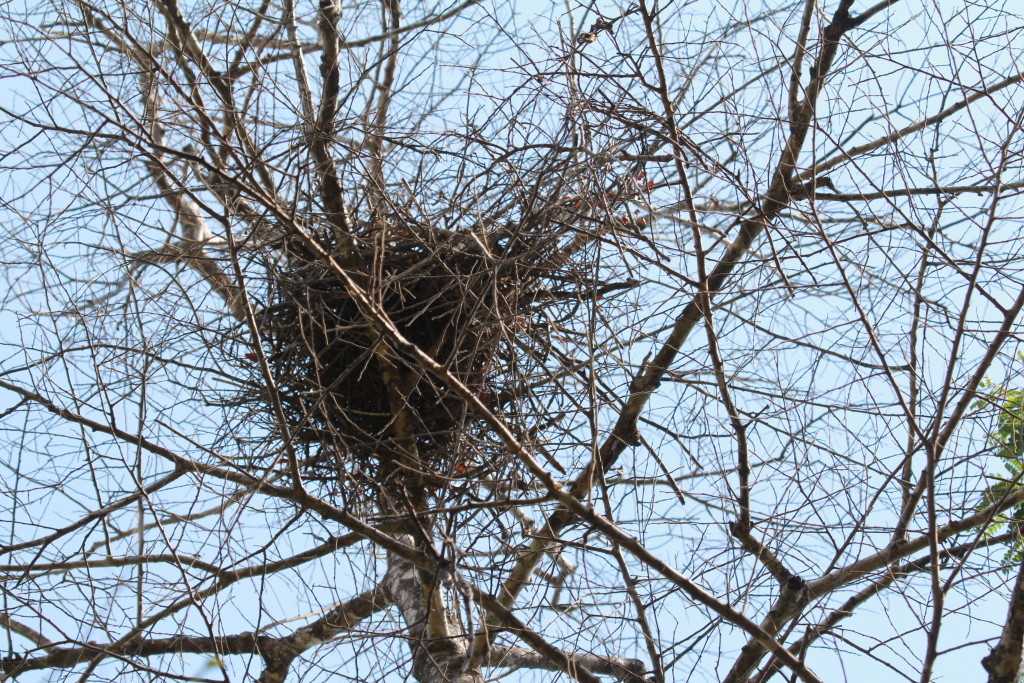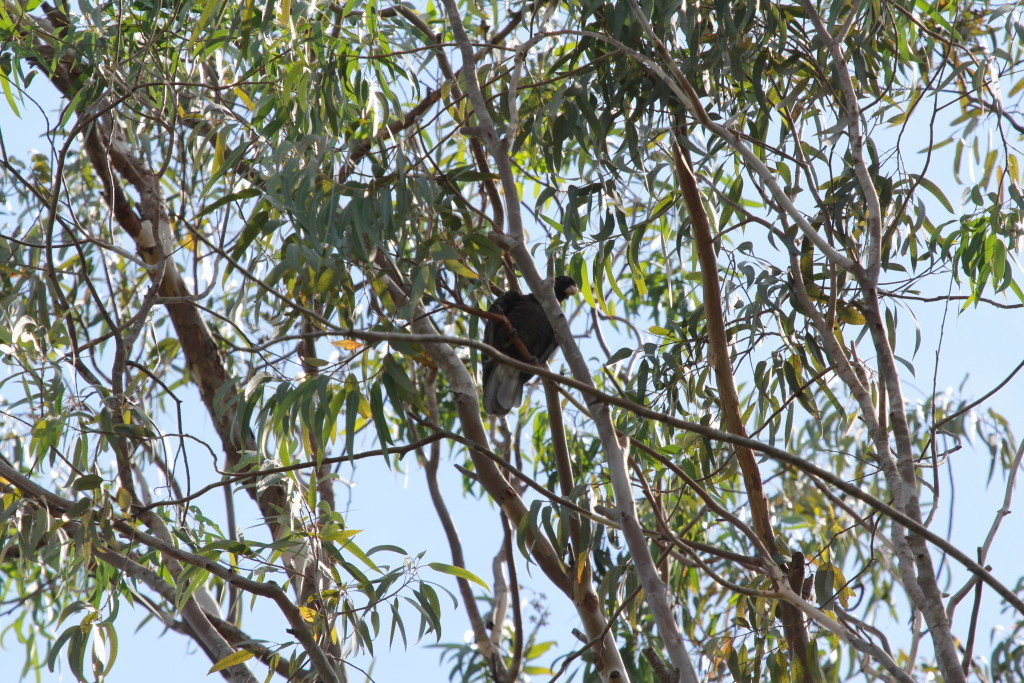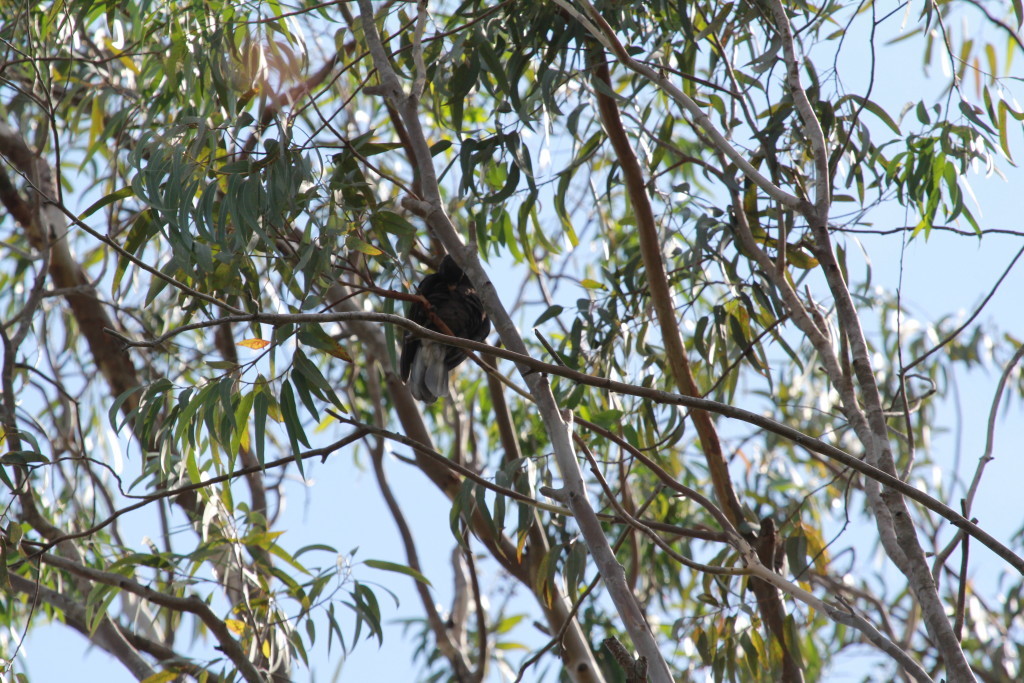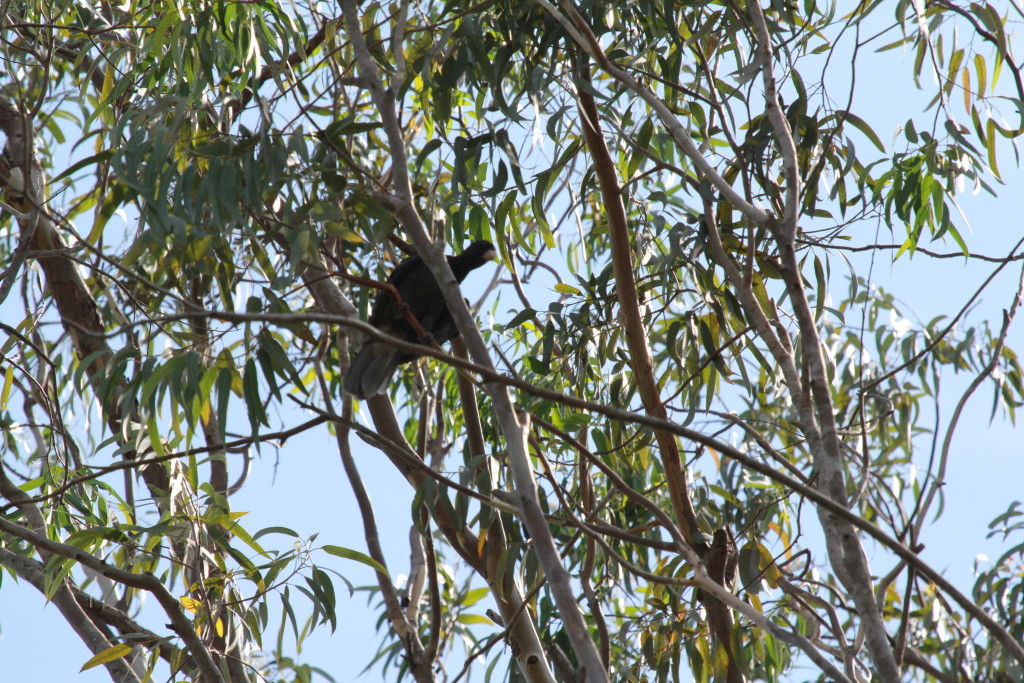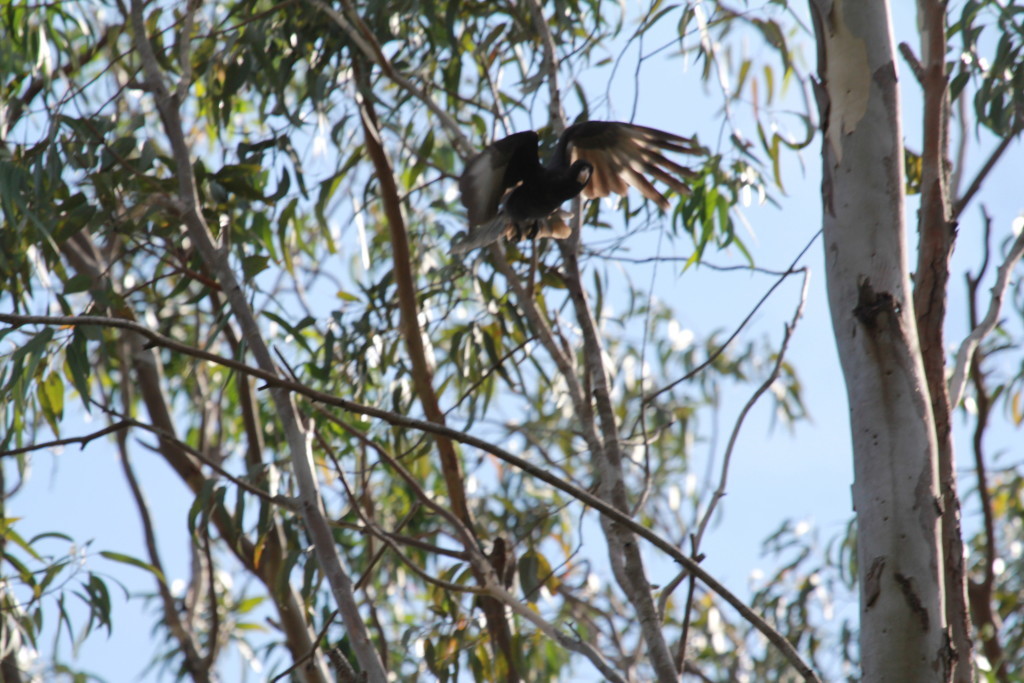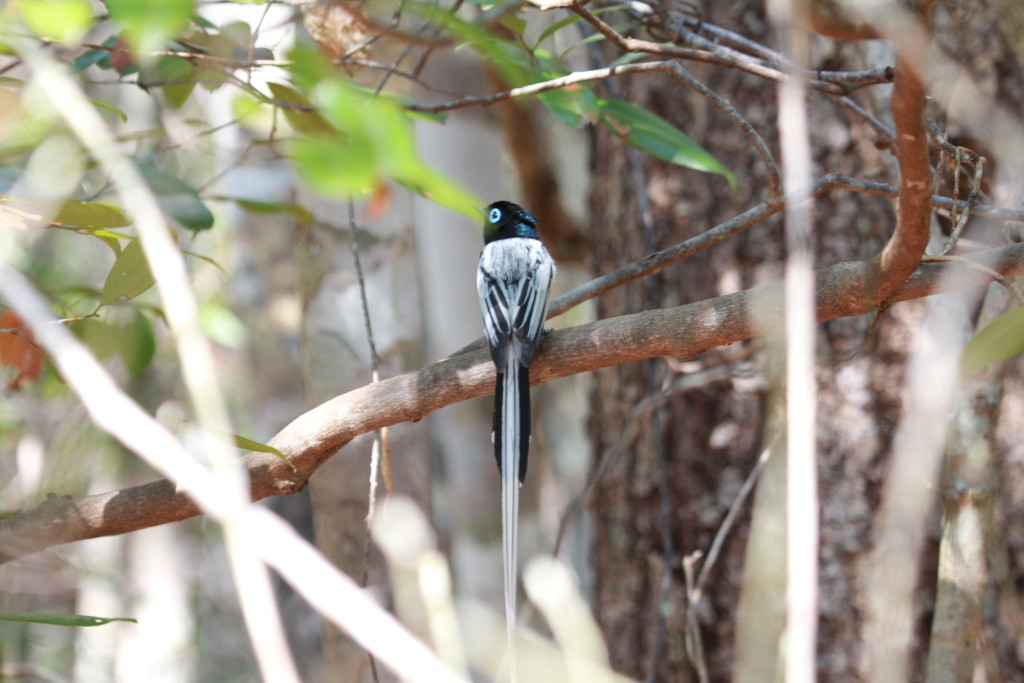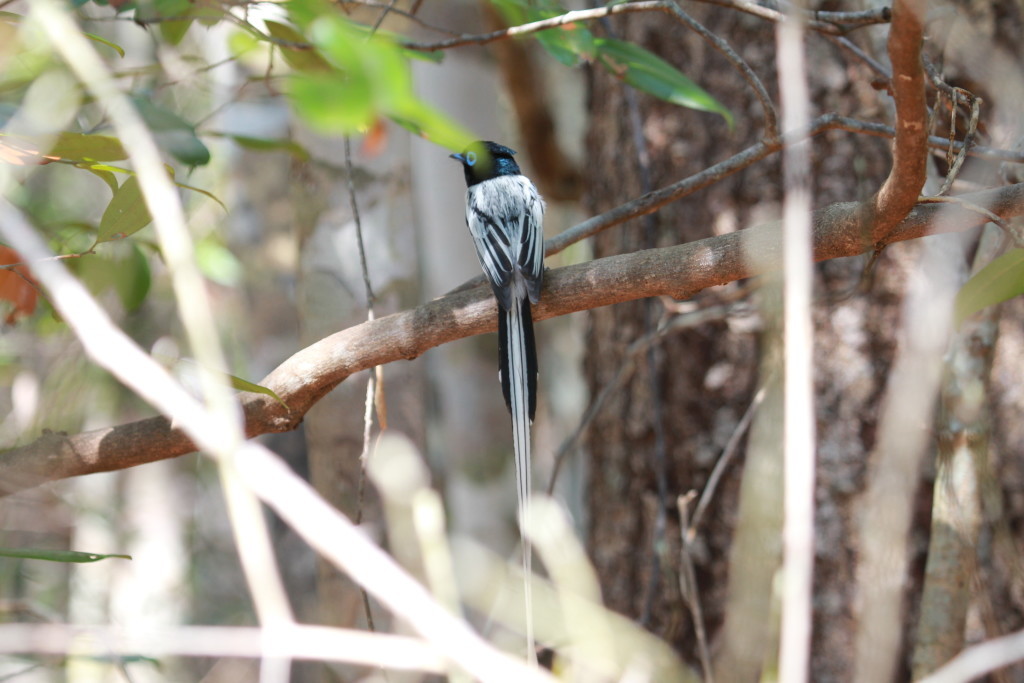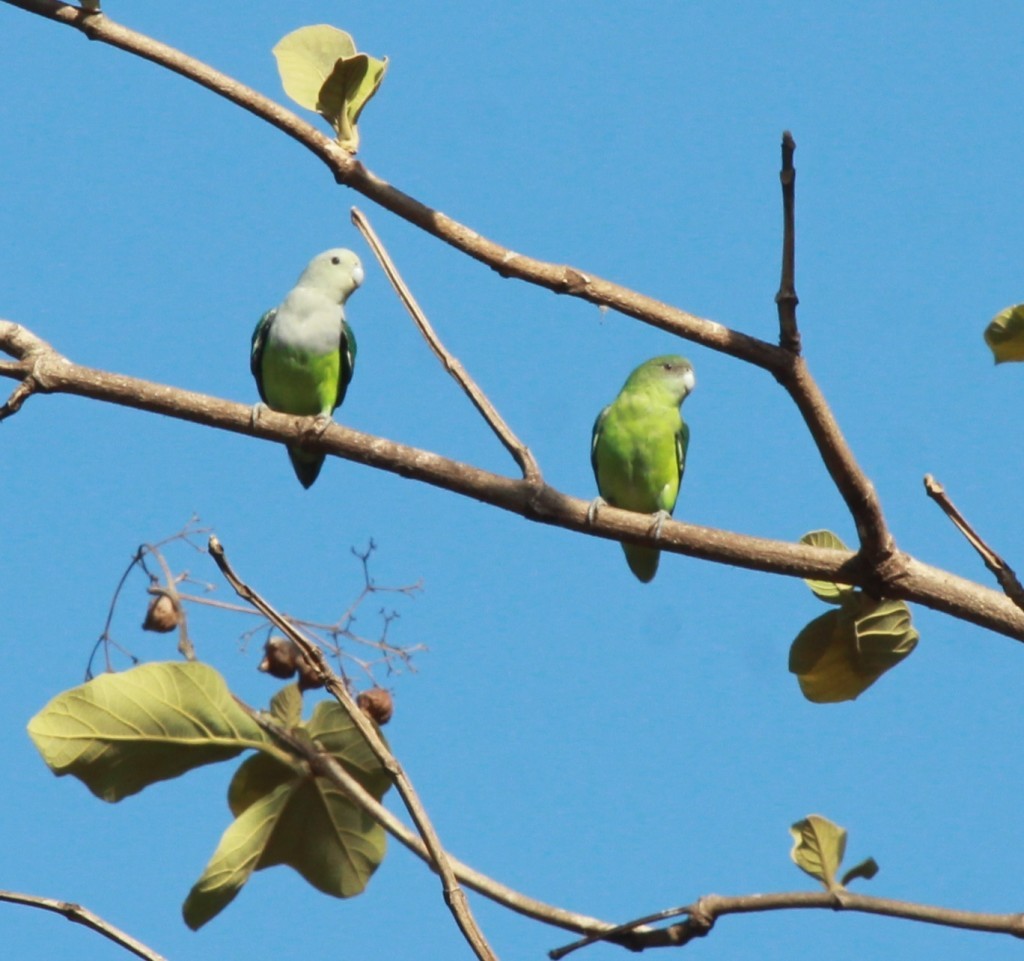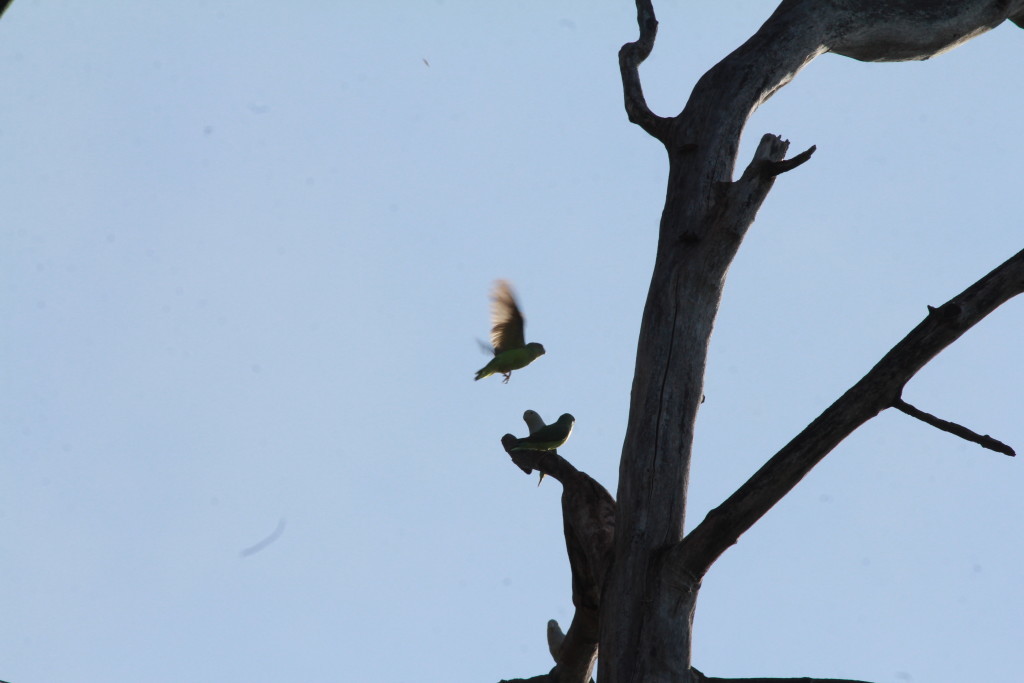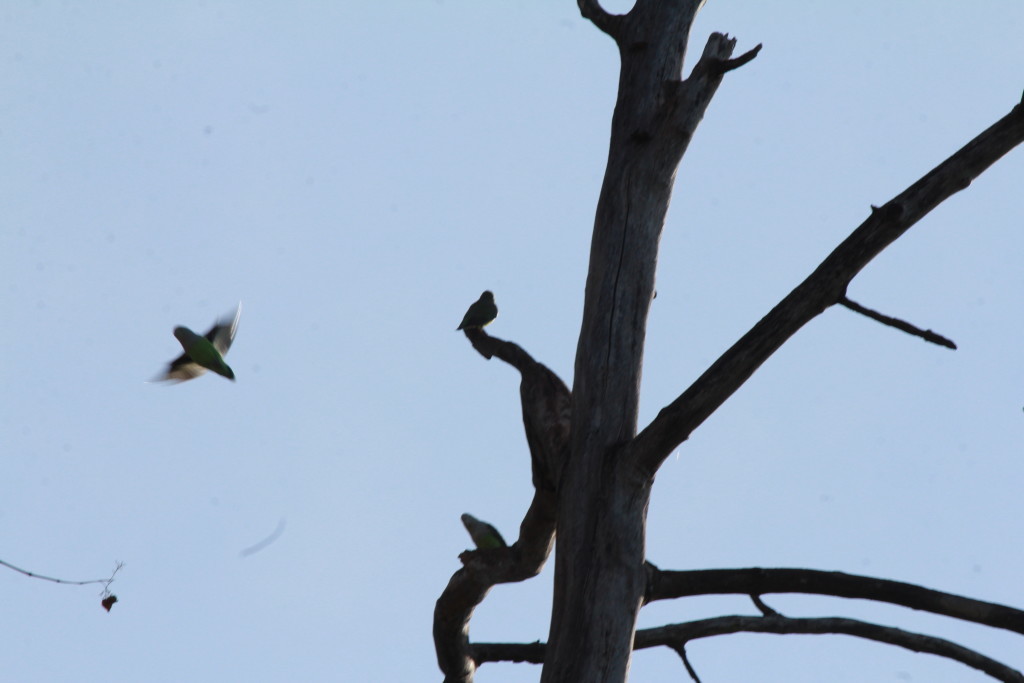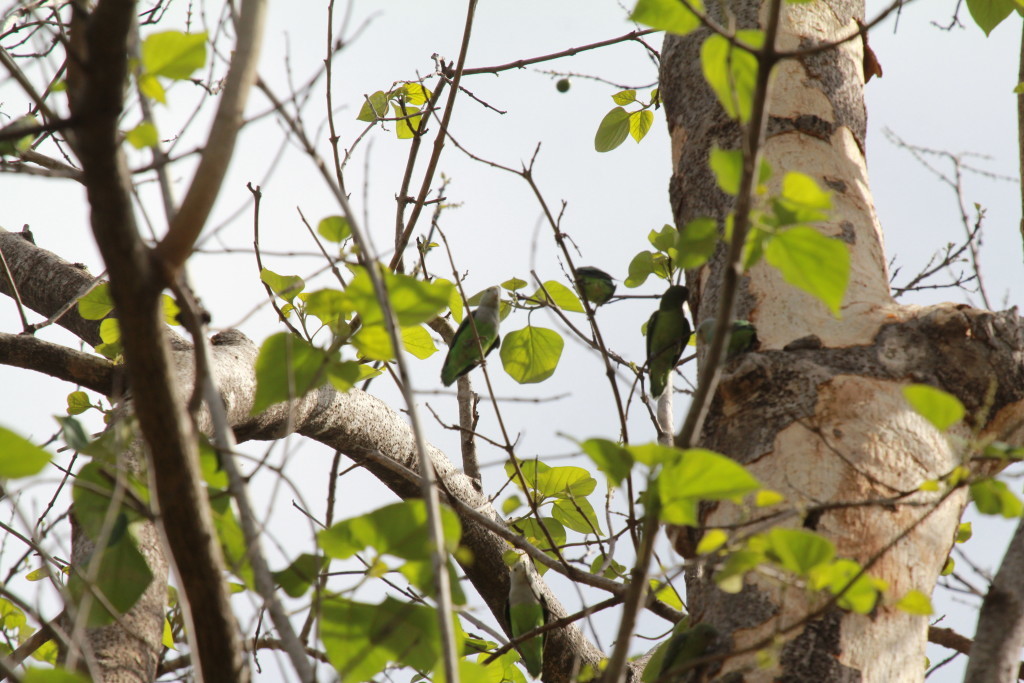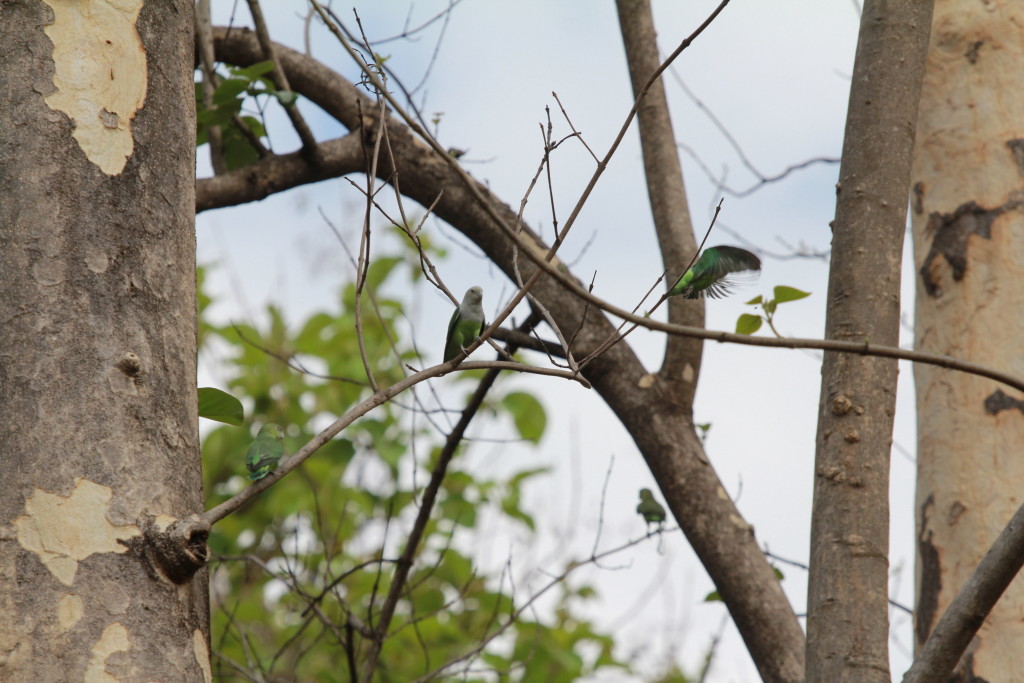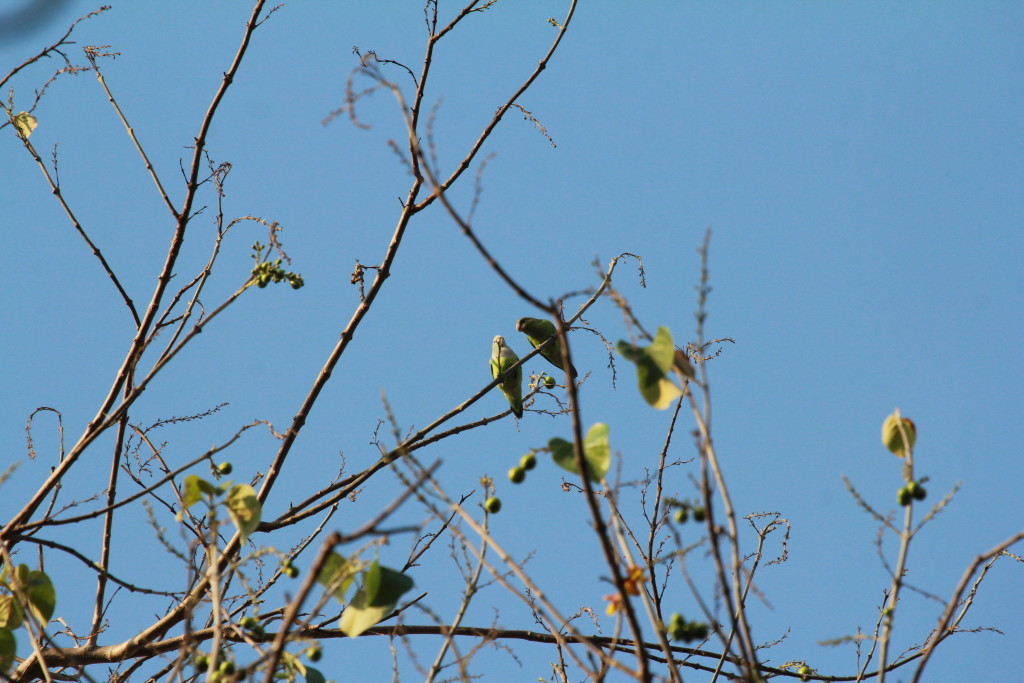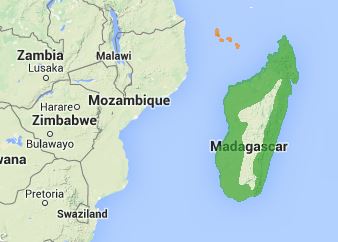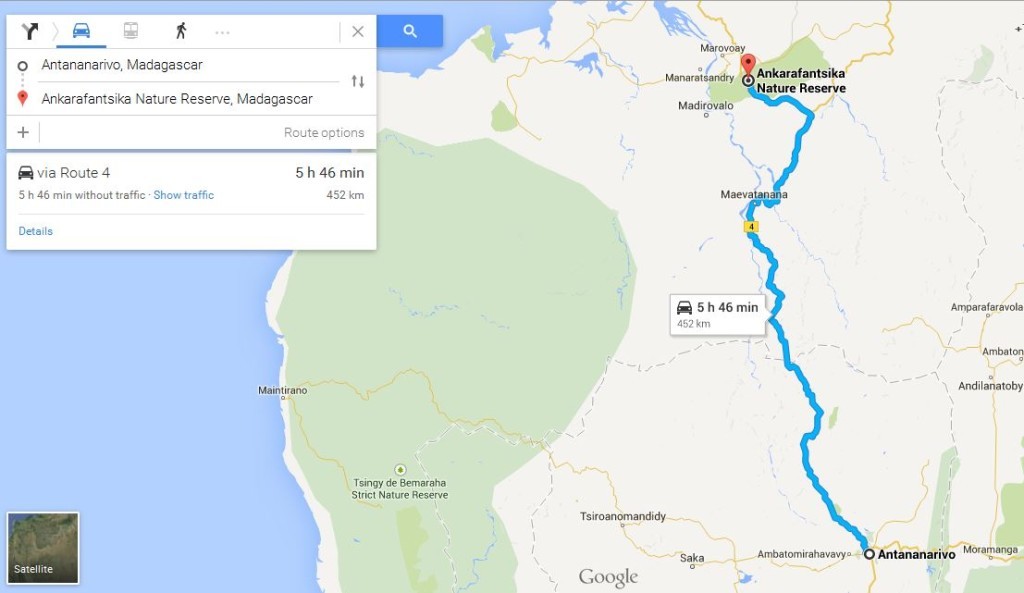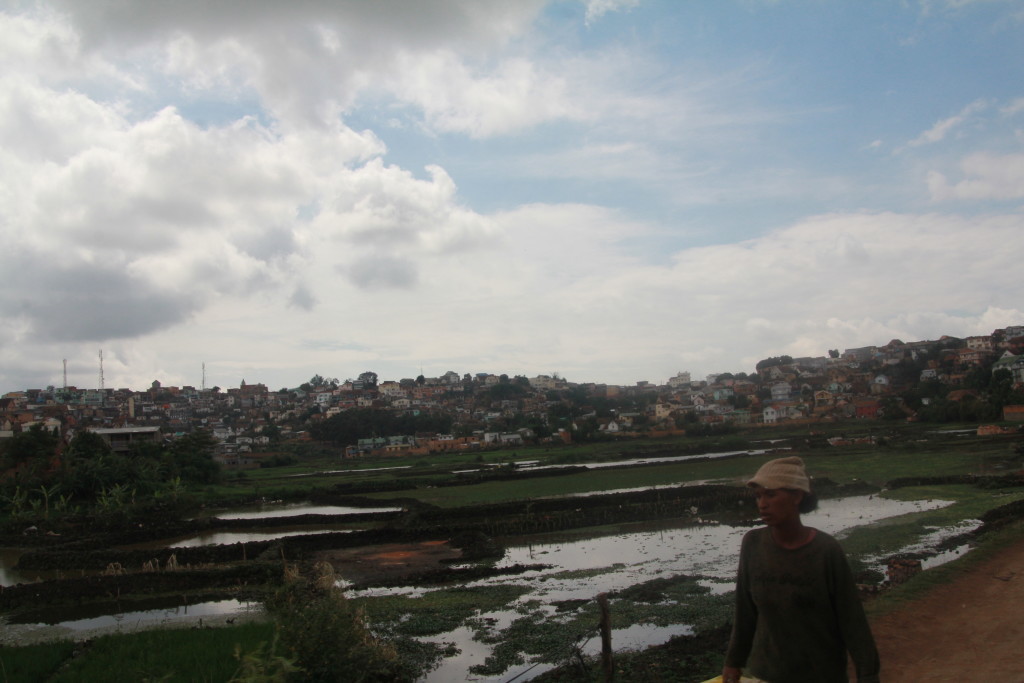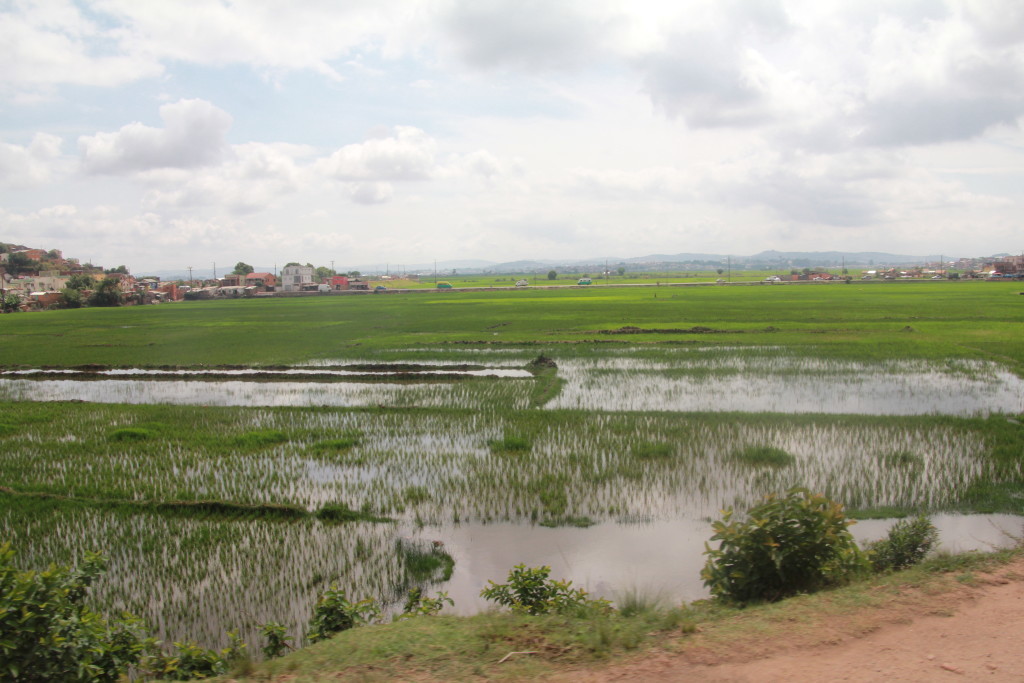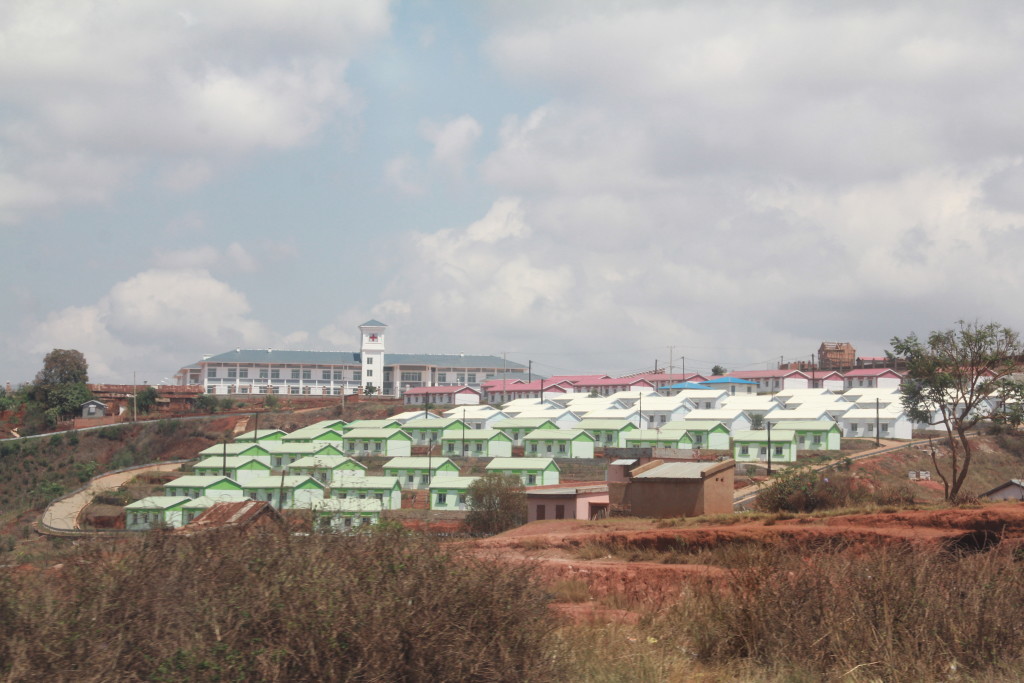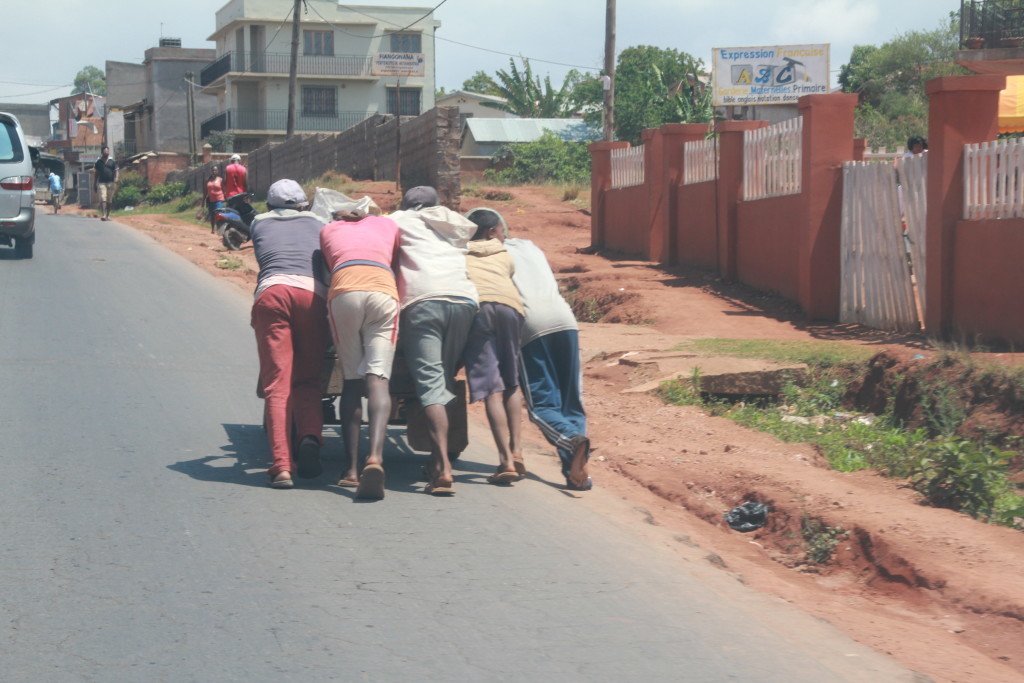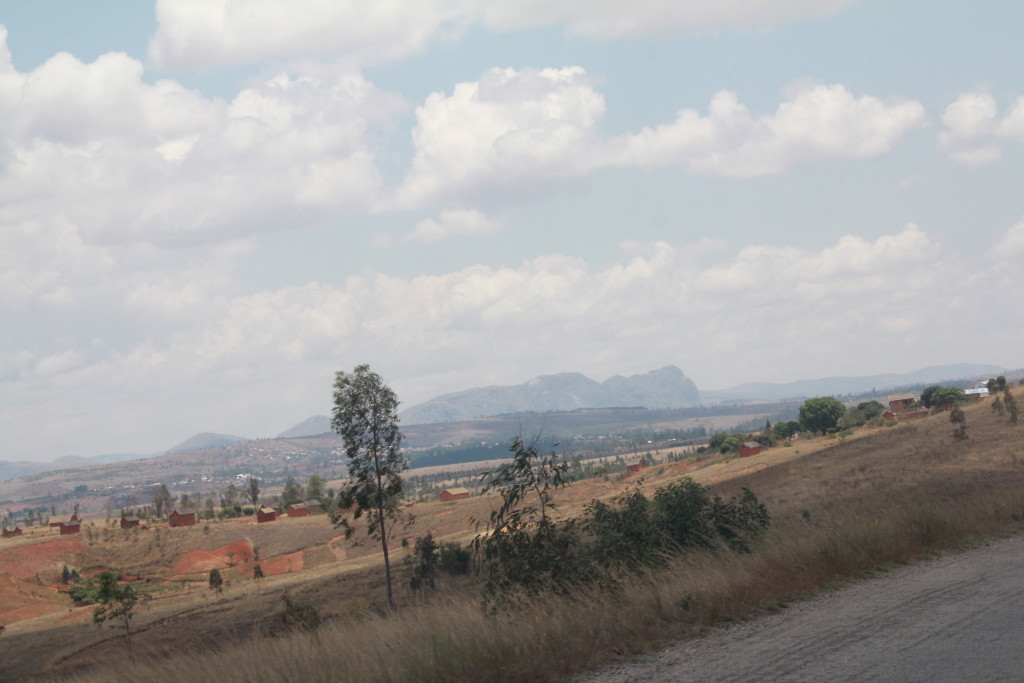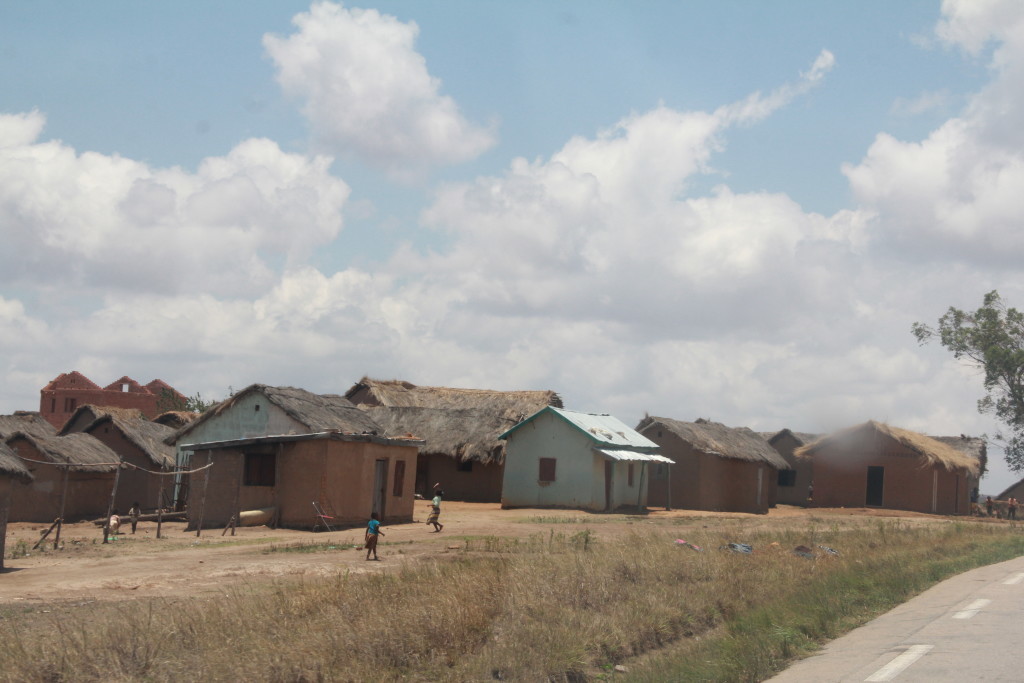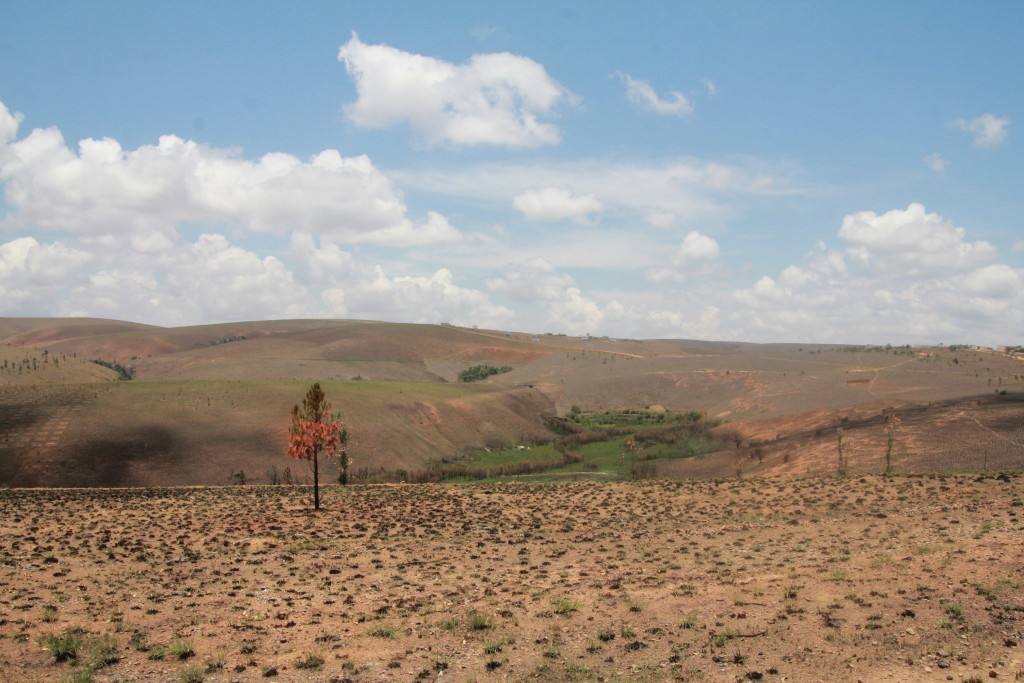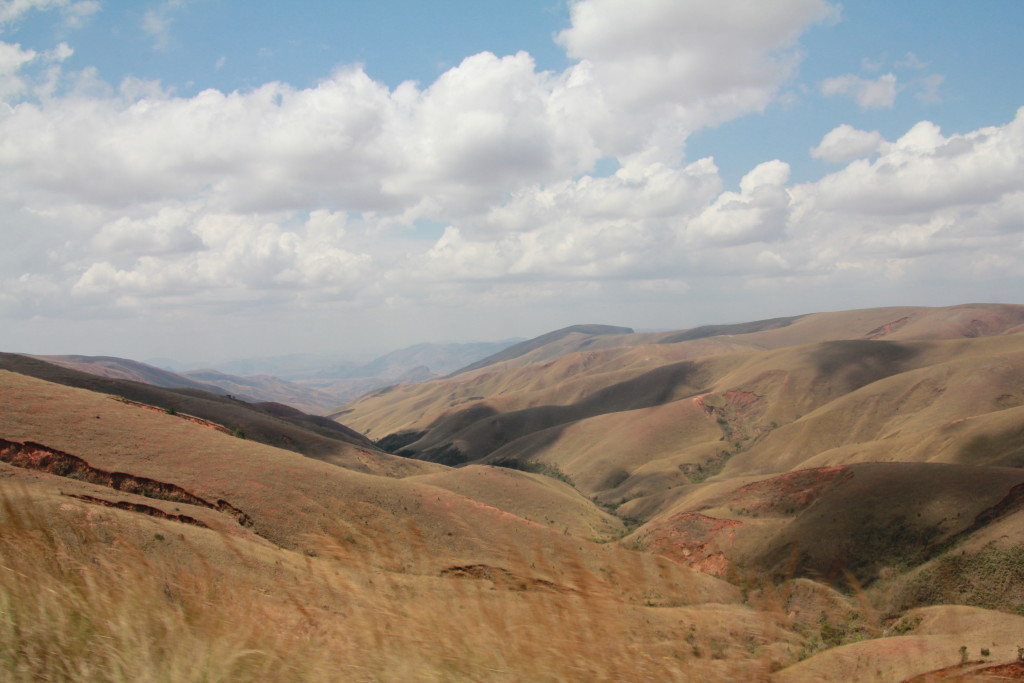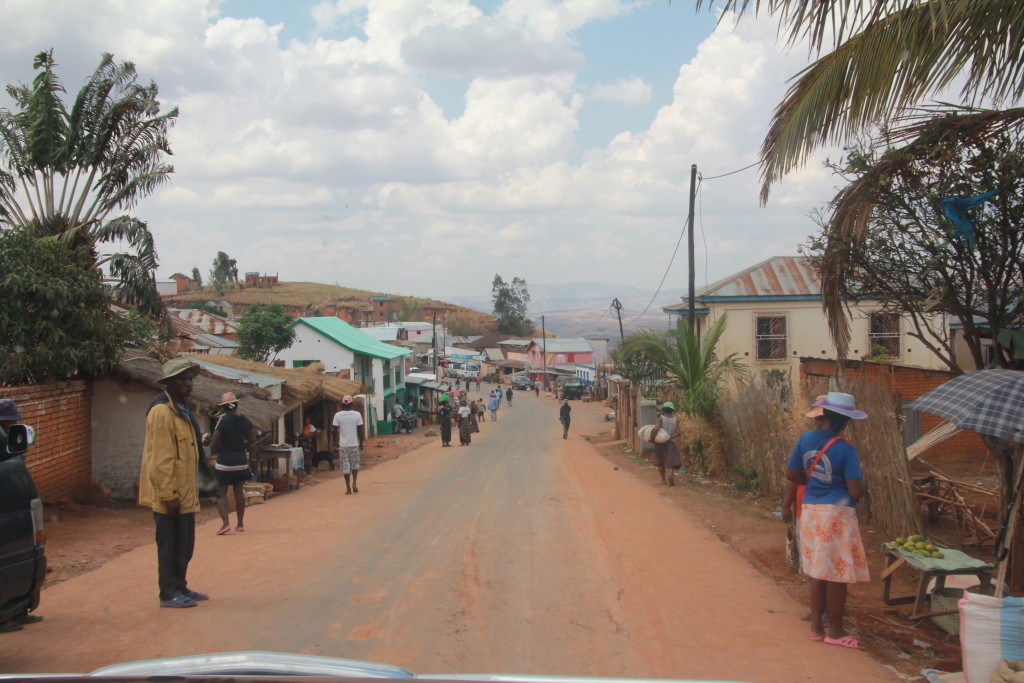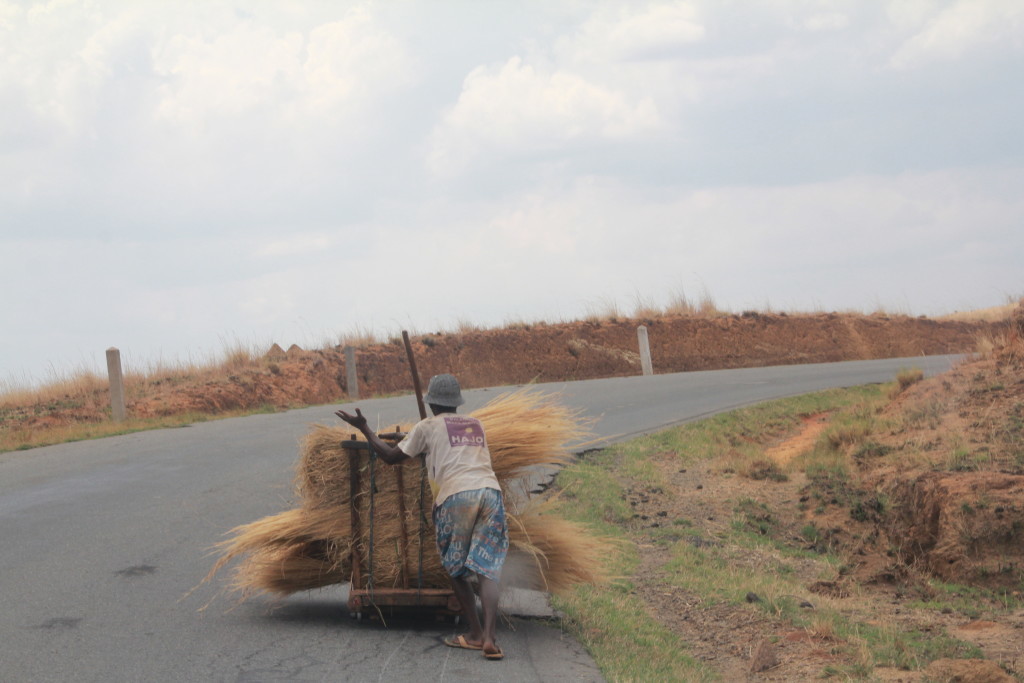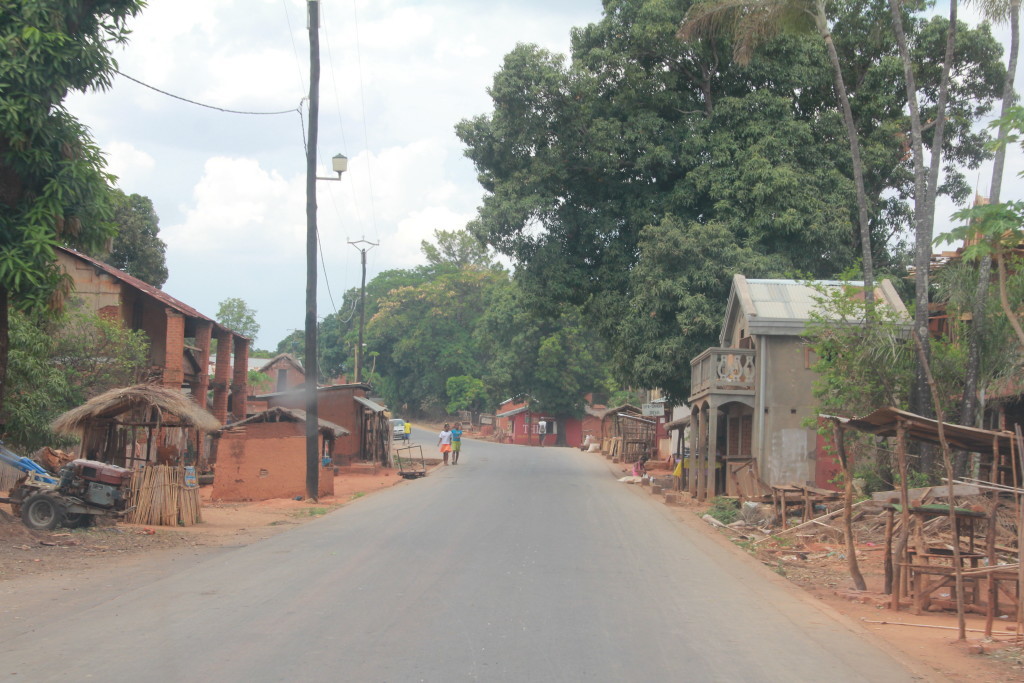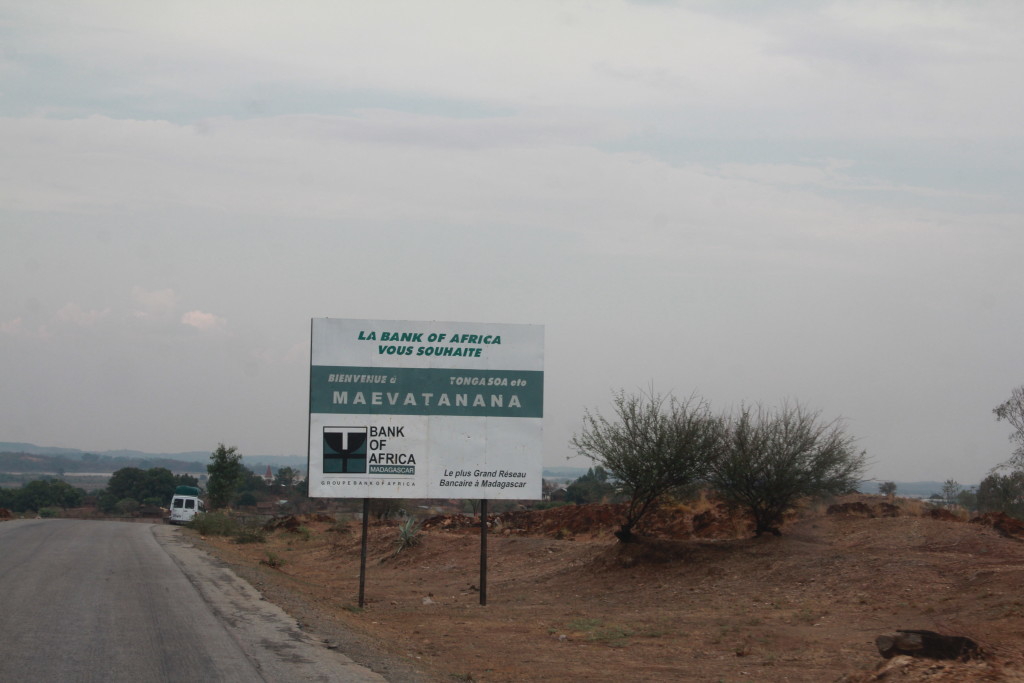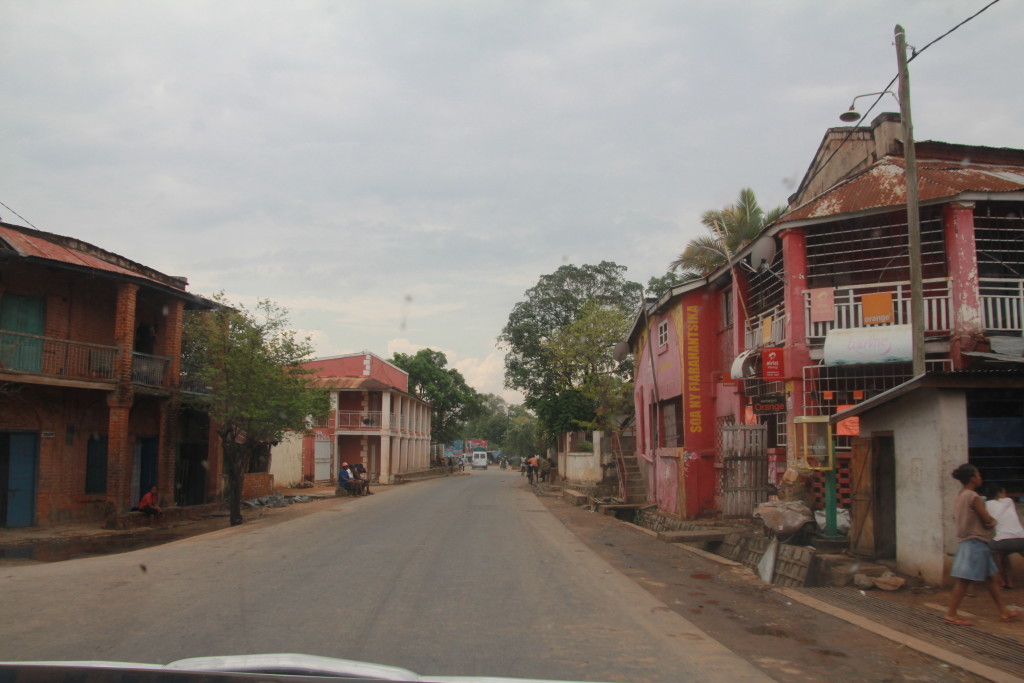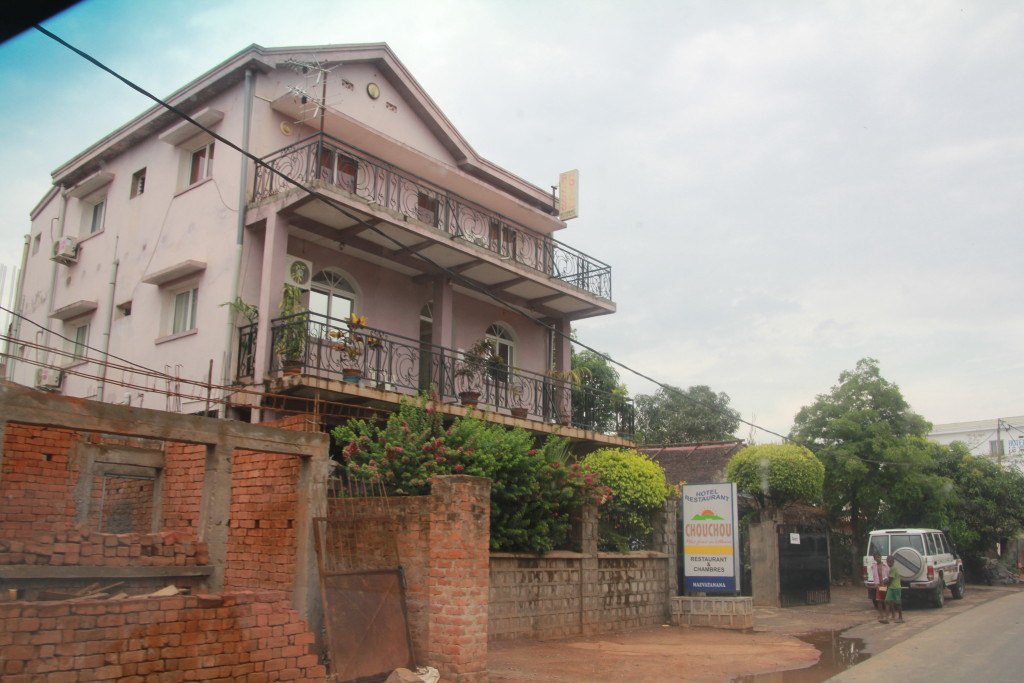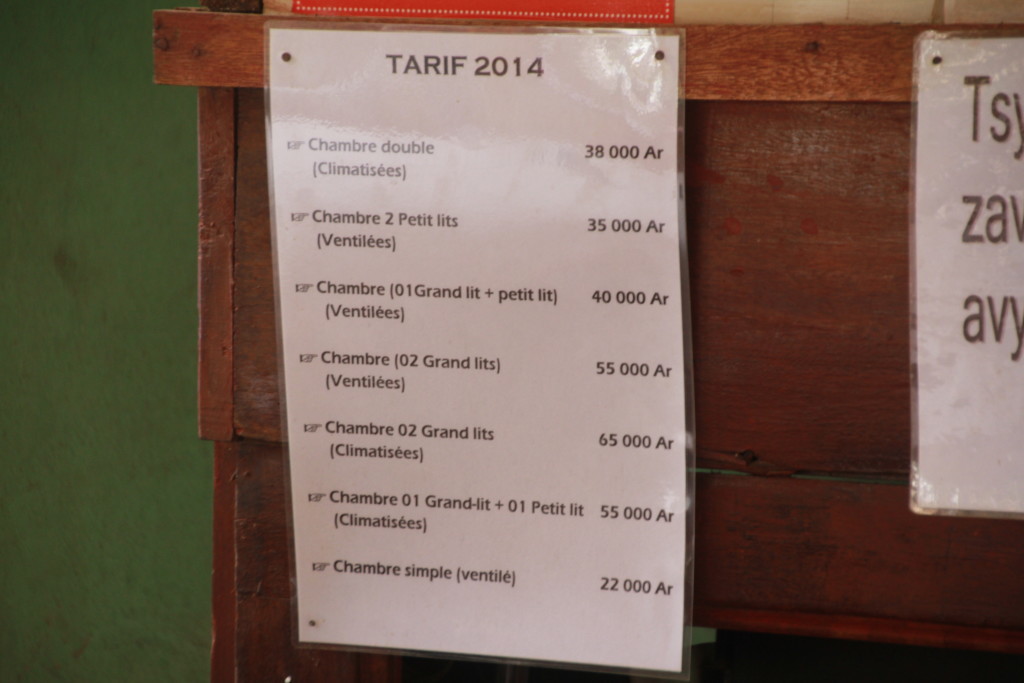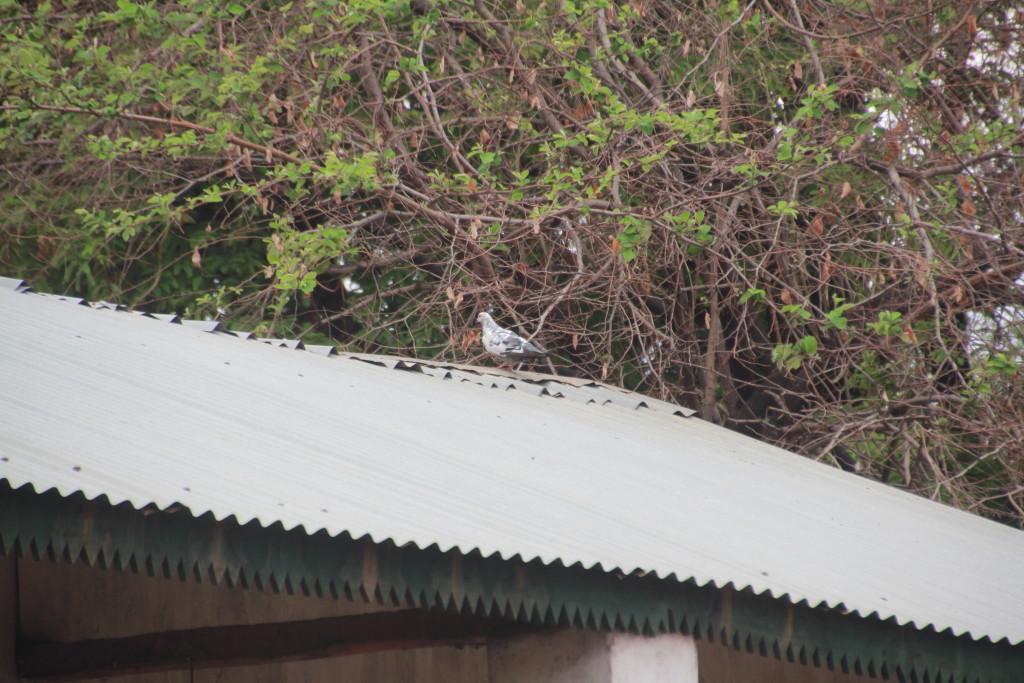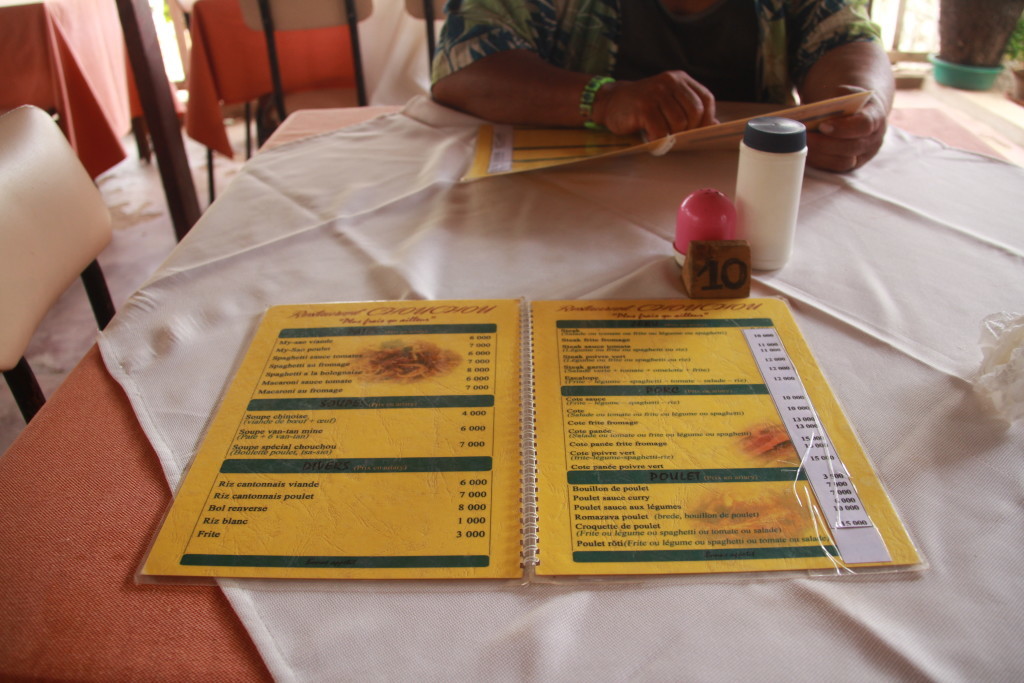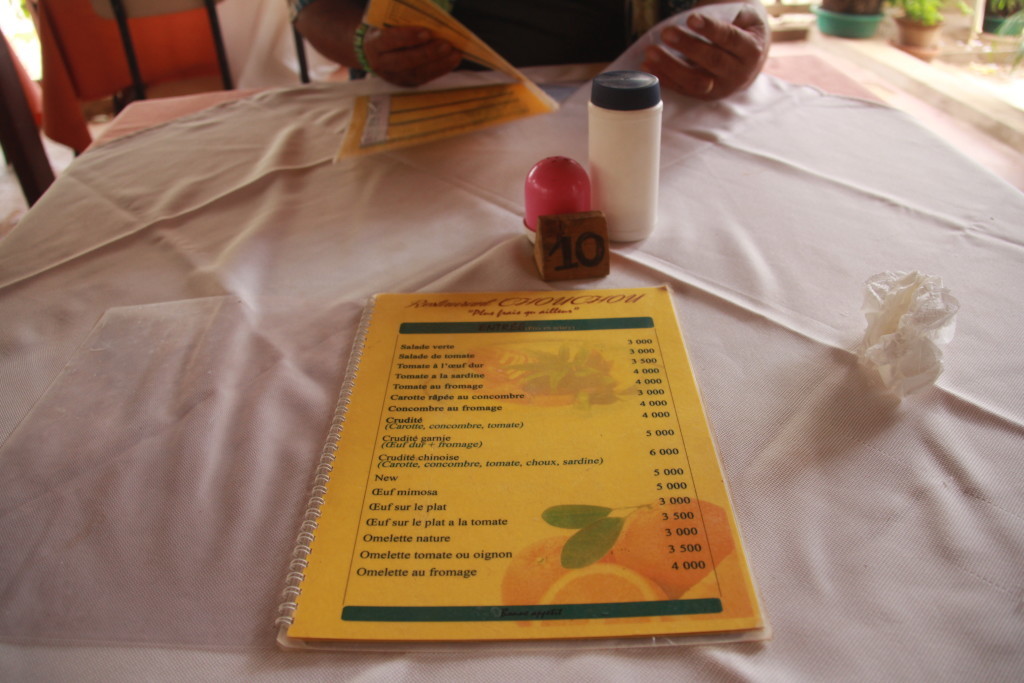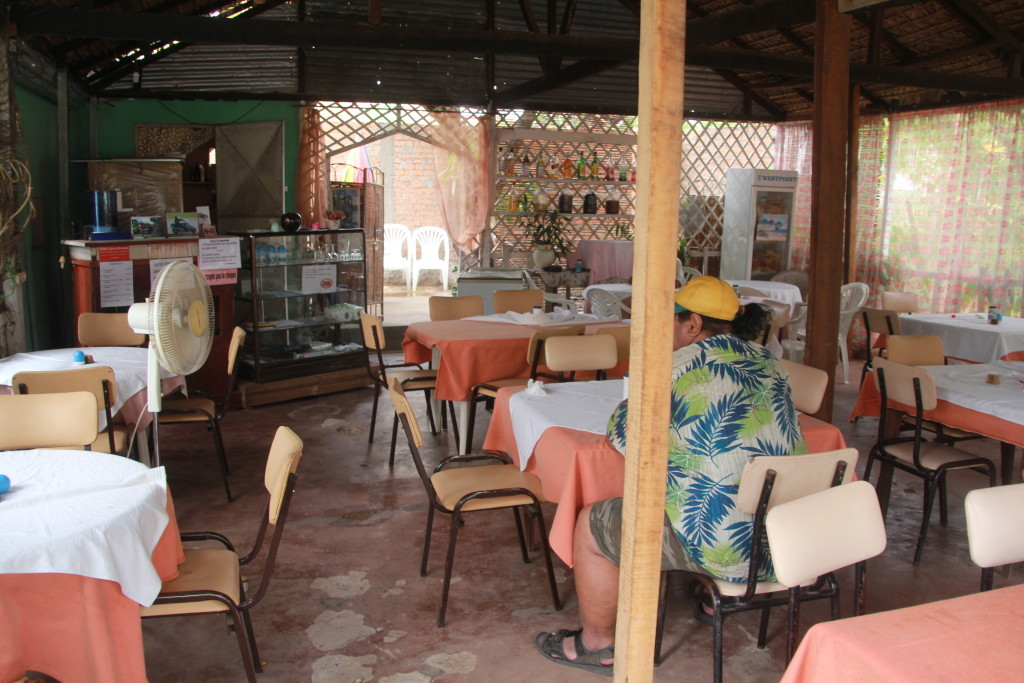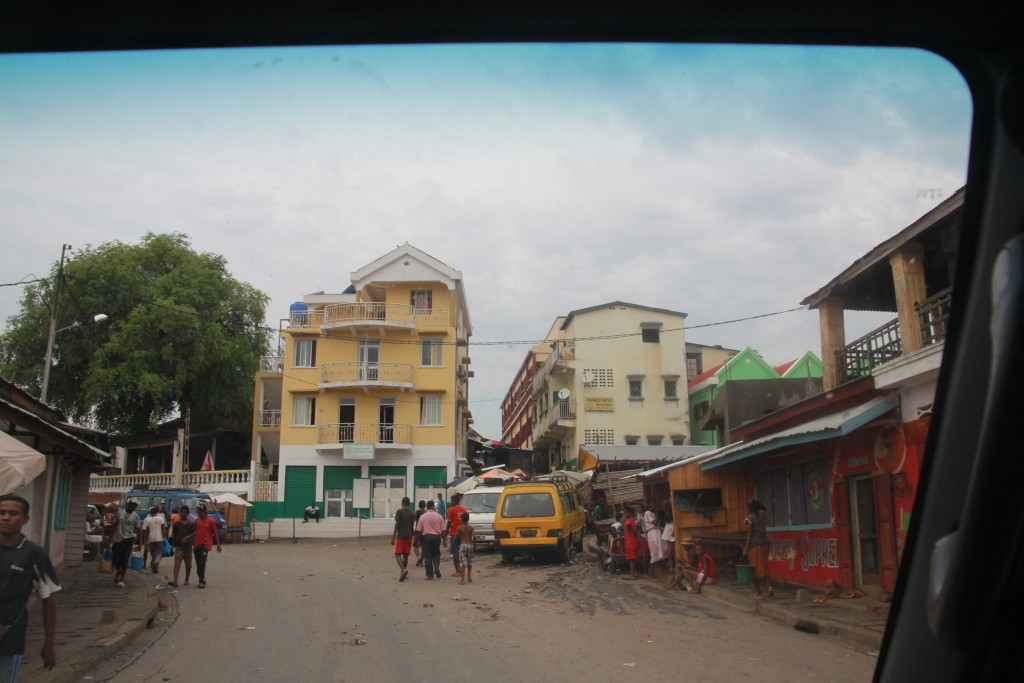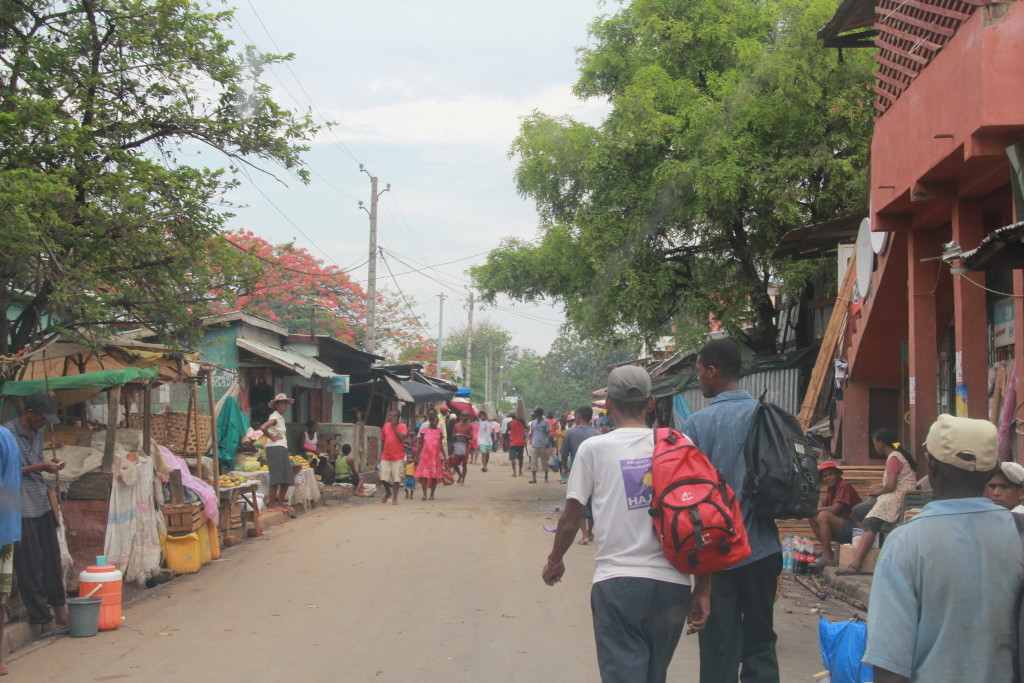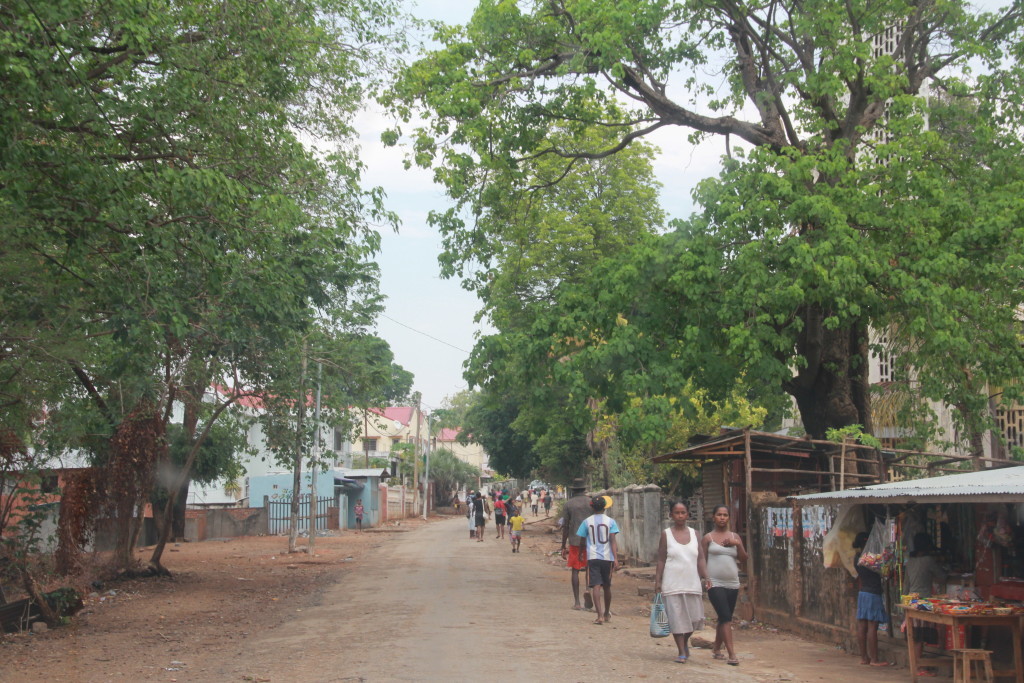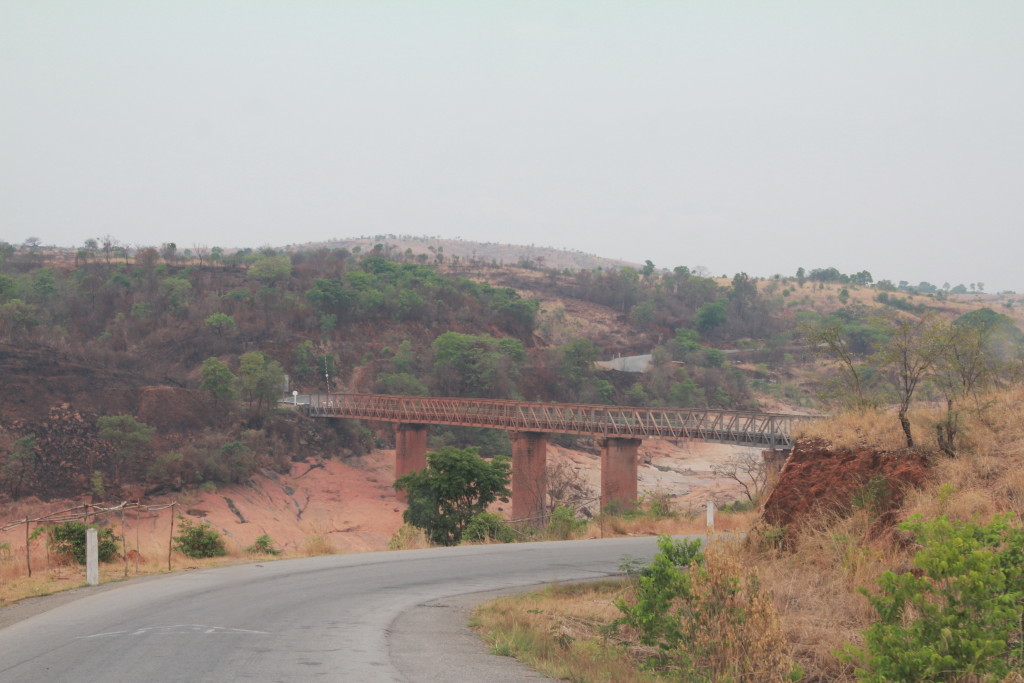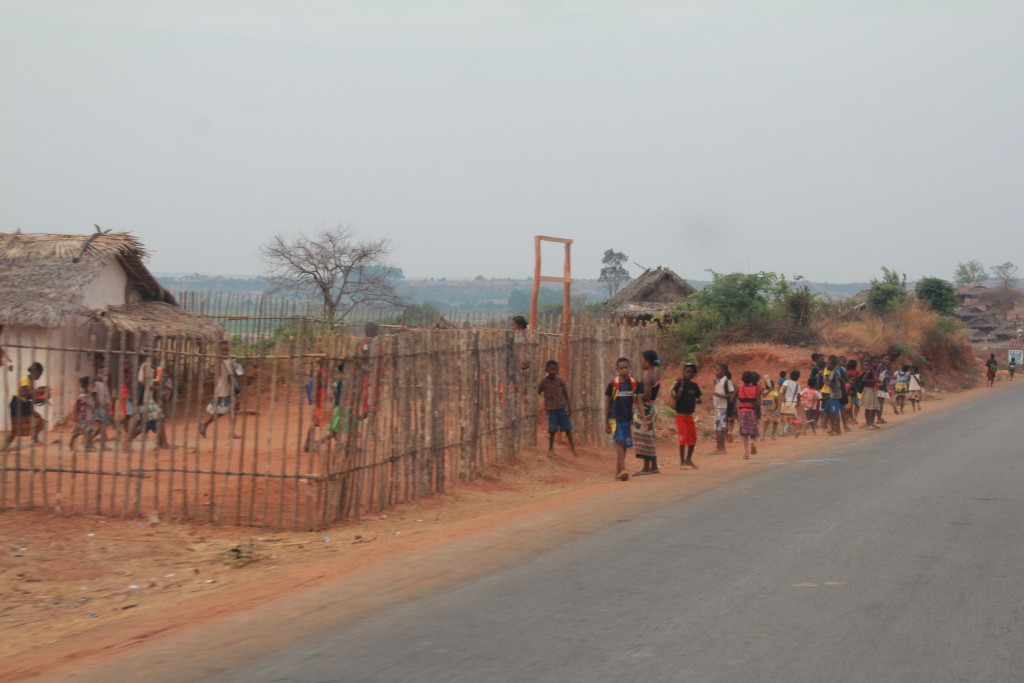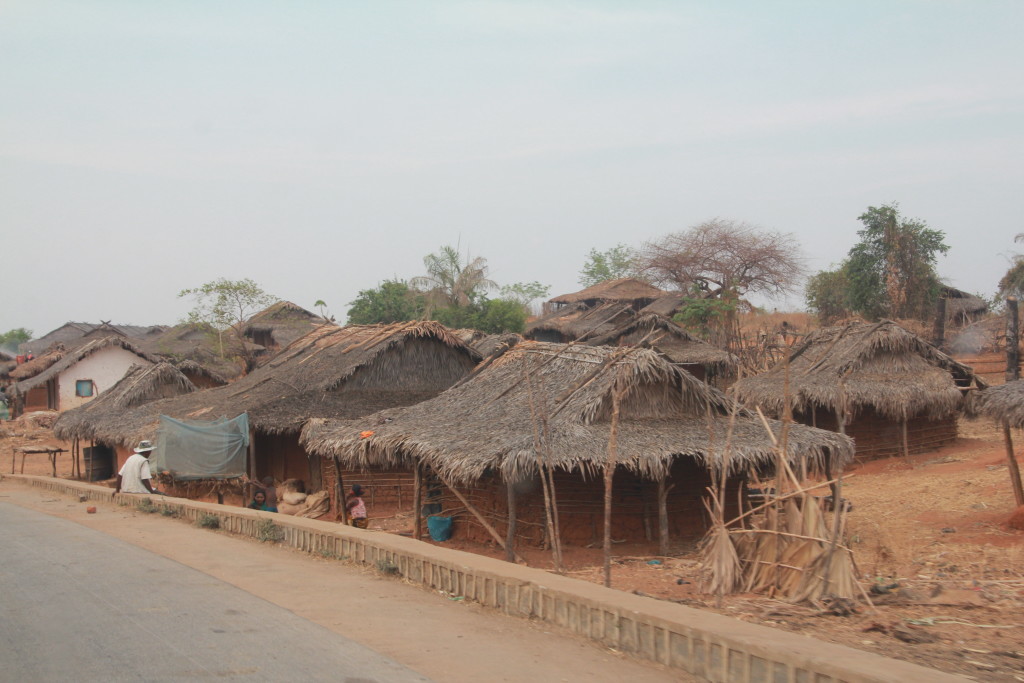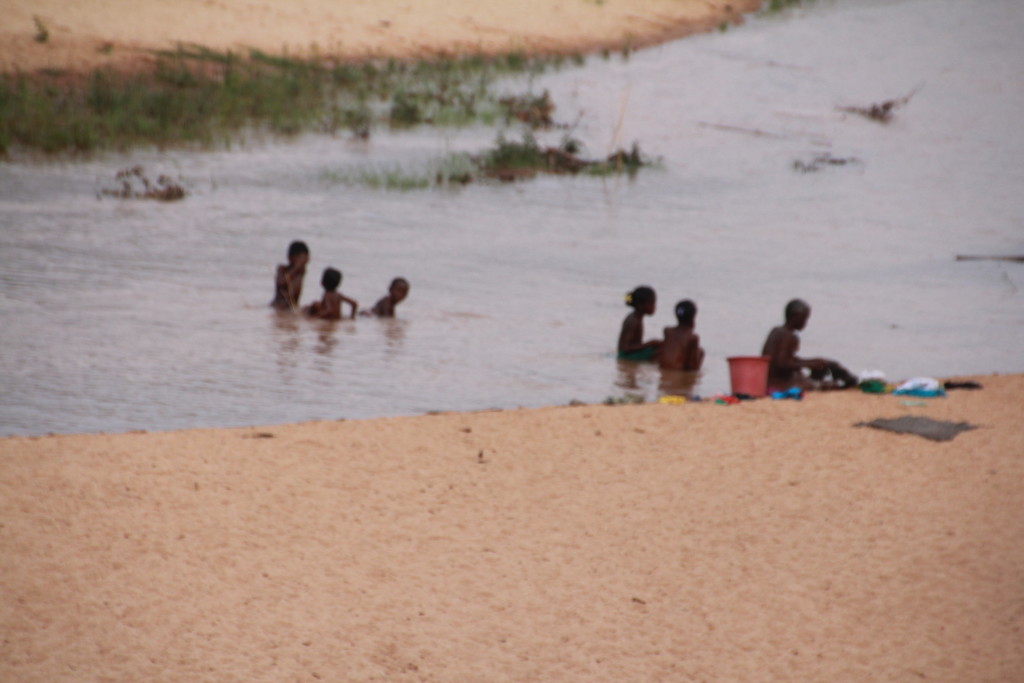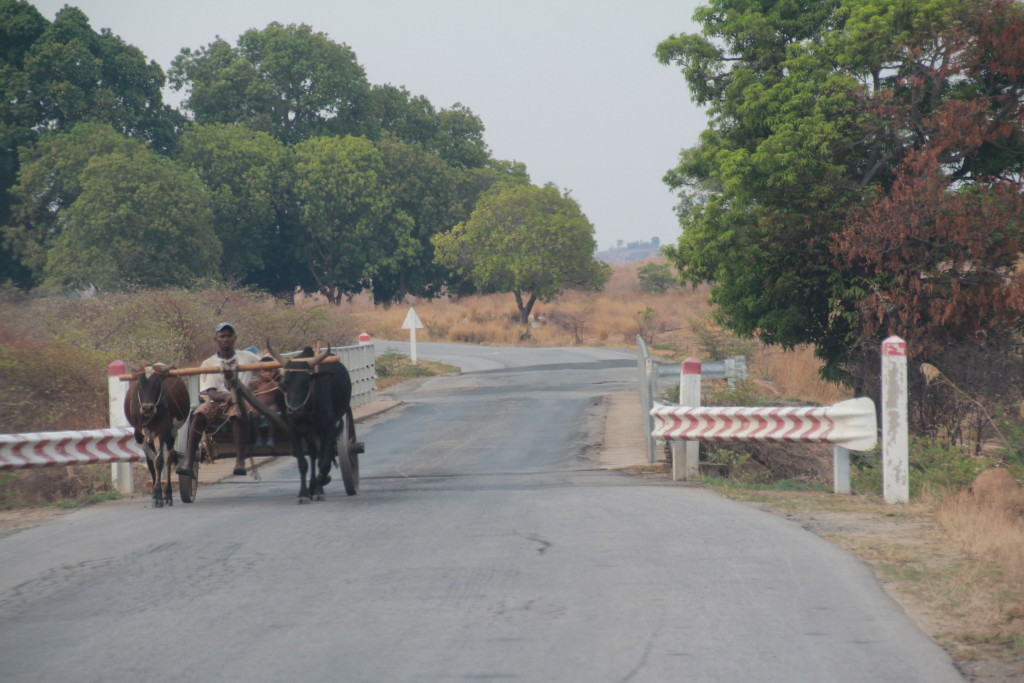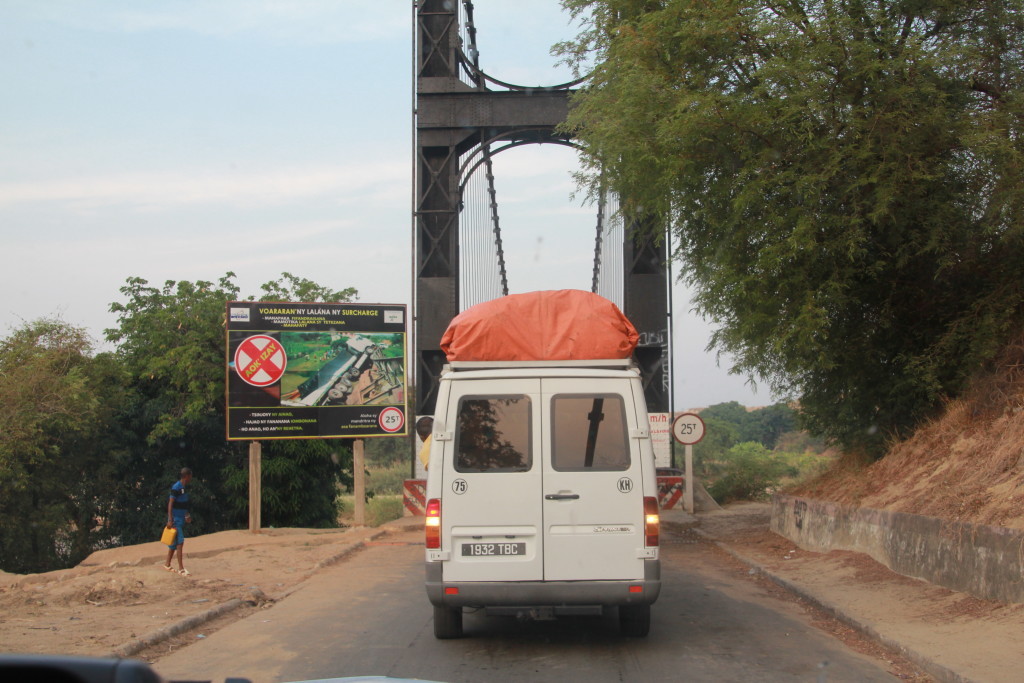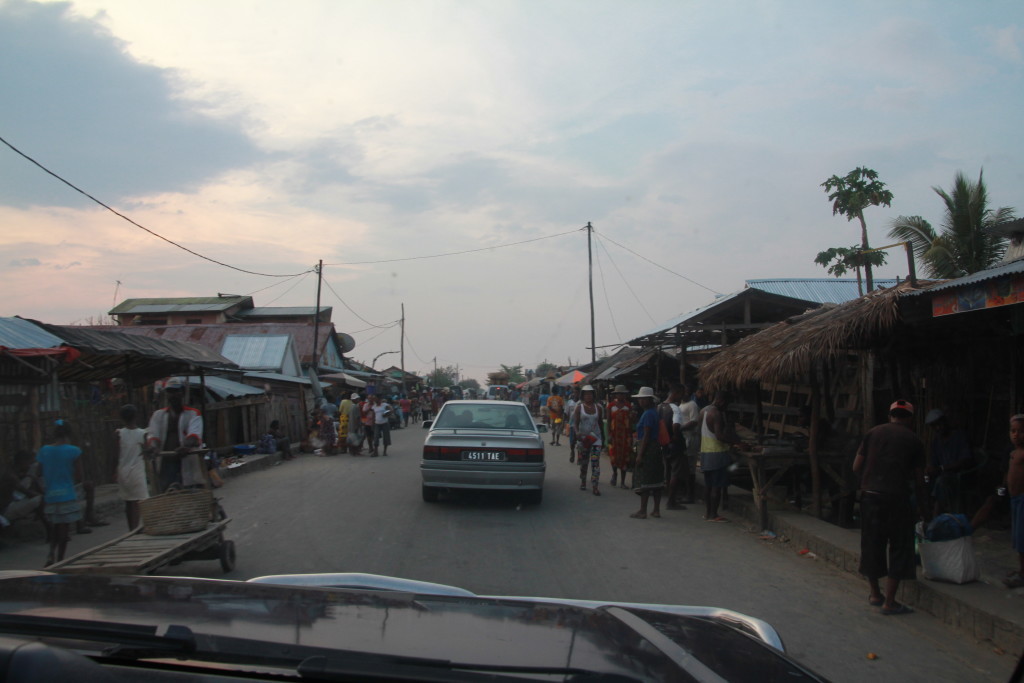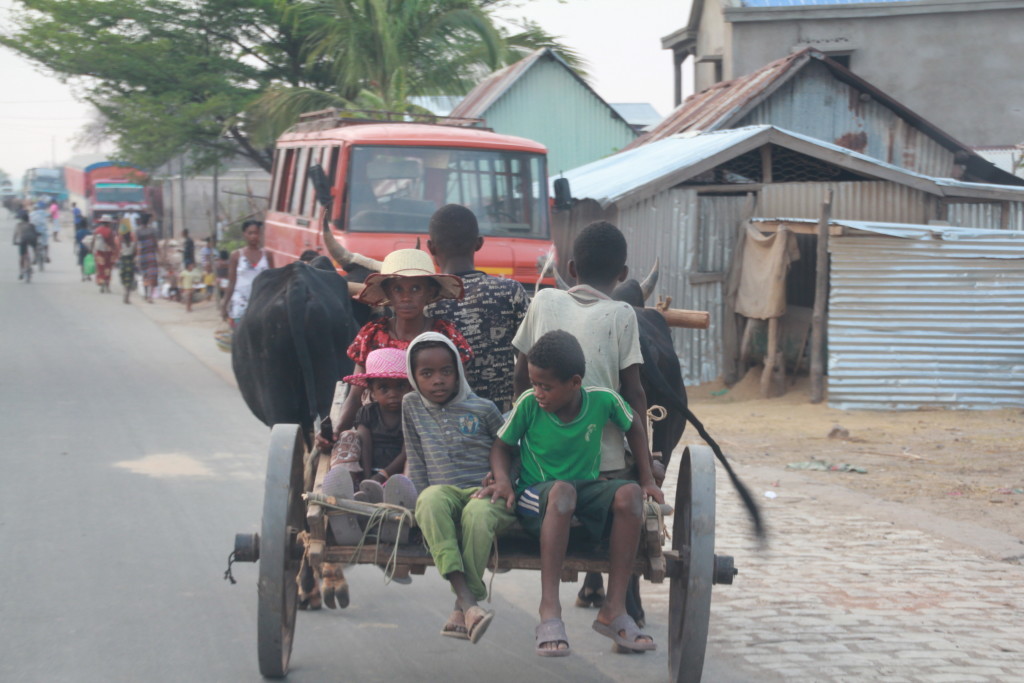Ankarafantsika (also known as Ampijoroa) was hands down my favourite birding site in Madagascar. The birding started even before entering the park as Grey-headed Lovebirds and various lemurs could be seen in the car park! If you are keeping a life list, this is a great place to come to see many Madagascan species!
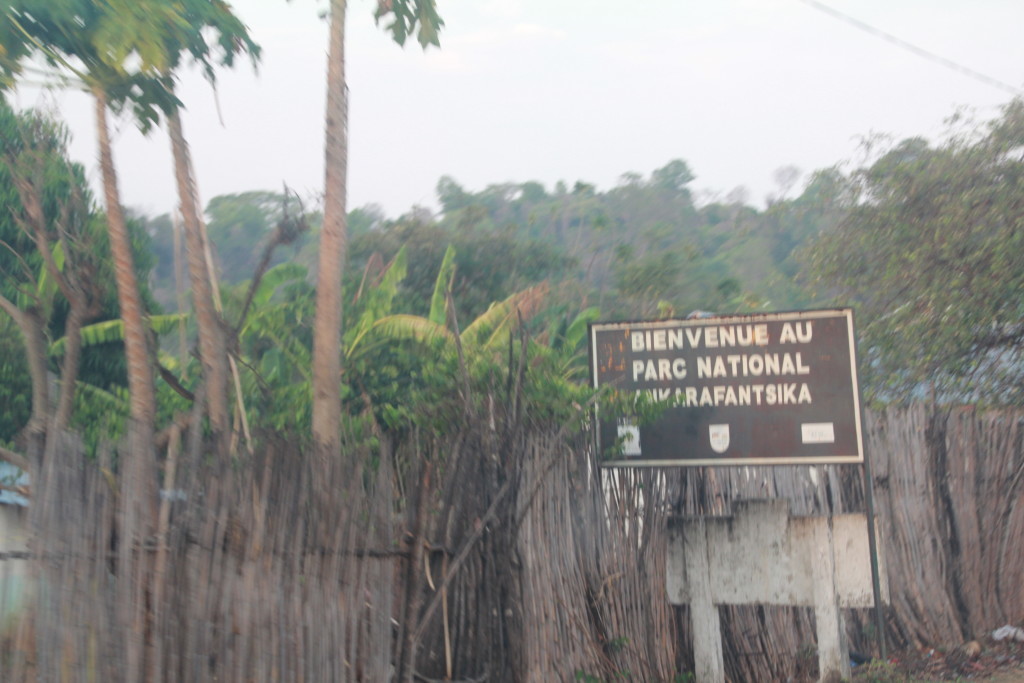
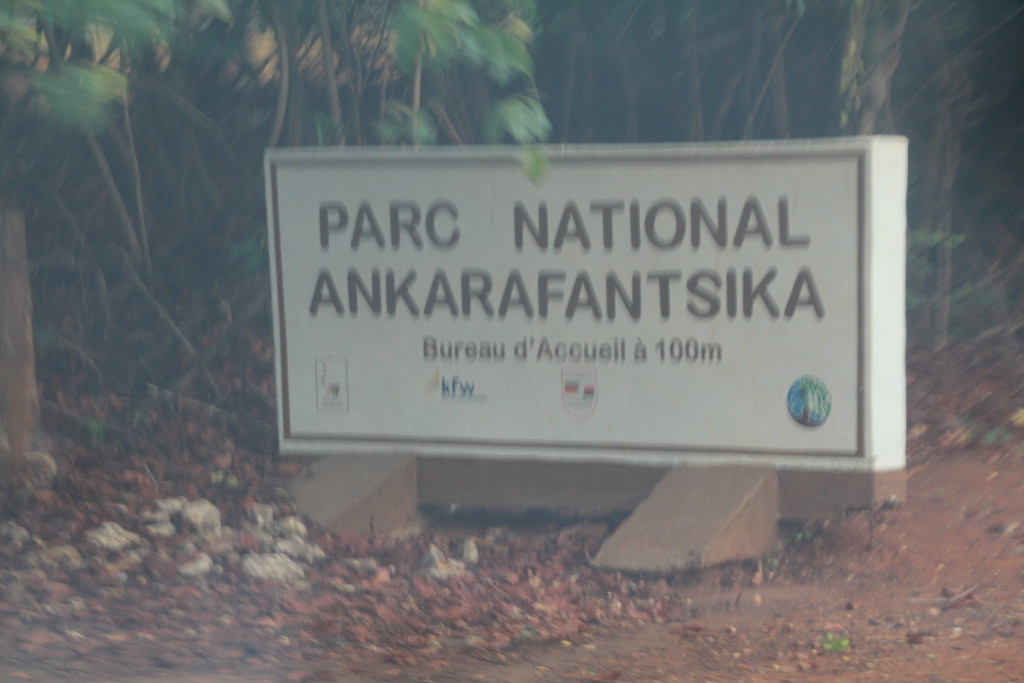
This is the main building with a few exhibits and an observation deck upstairs.
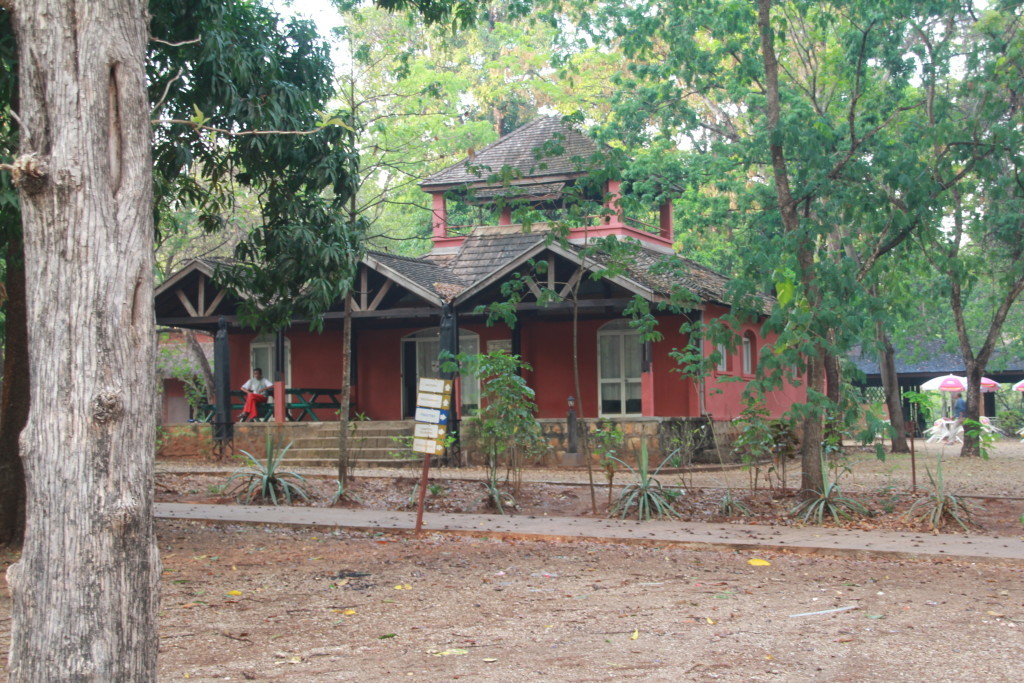
The parking lot has several logs like this to sit on and watch birds even before you enter the park. There are also BBQ/picnic areas.
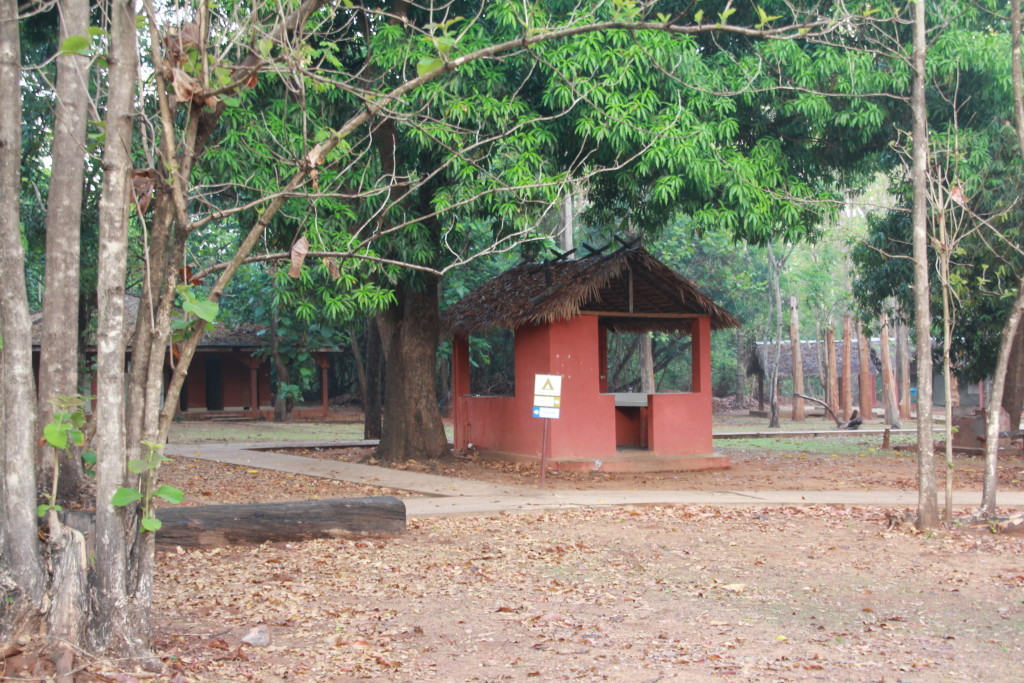
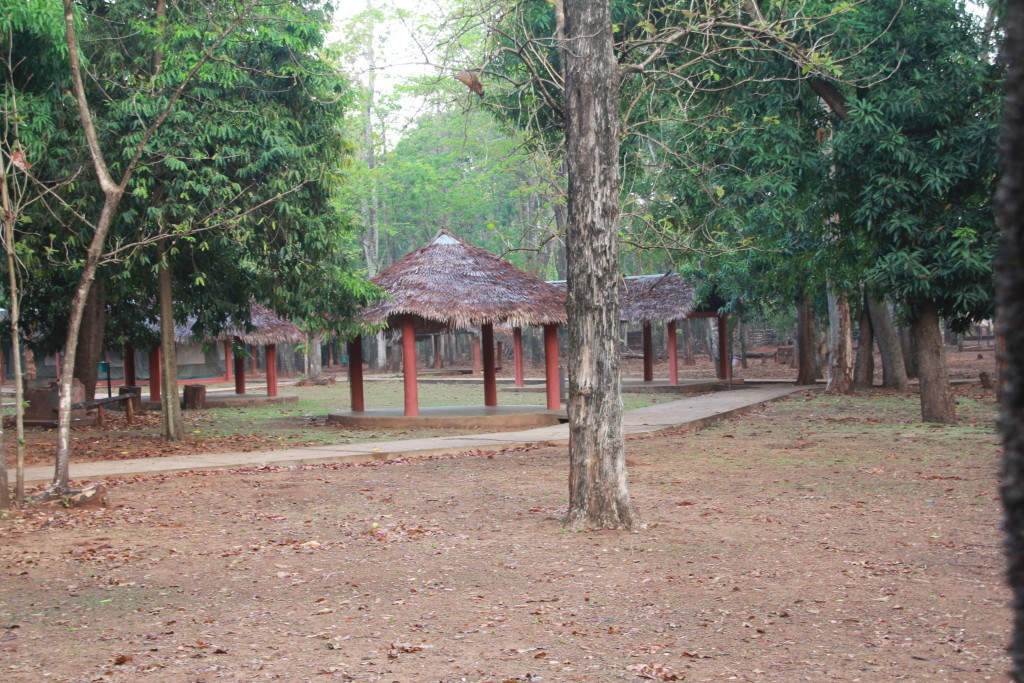
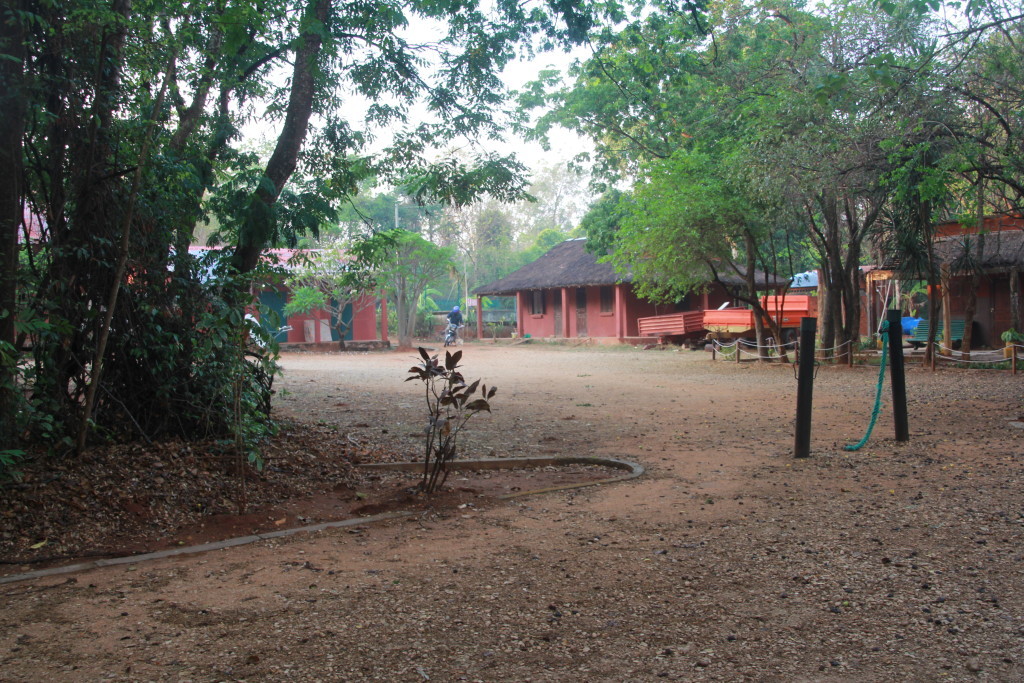
This is the office where you will buy your tickets and be assigned a guide if you are not in a pre-arranged tour group. There are a few informational boards outside to help you plan your trip.
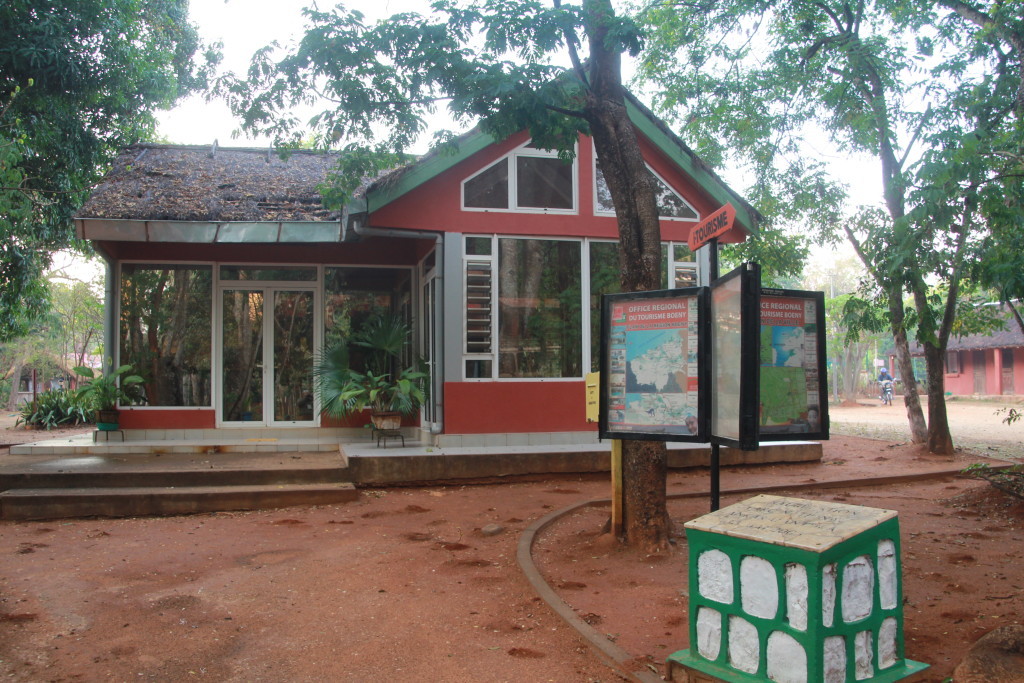
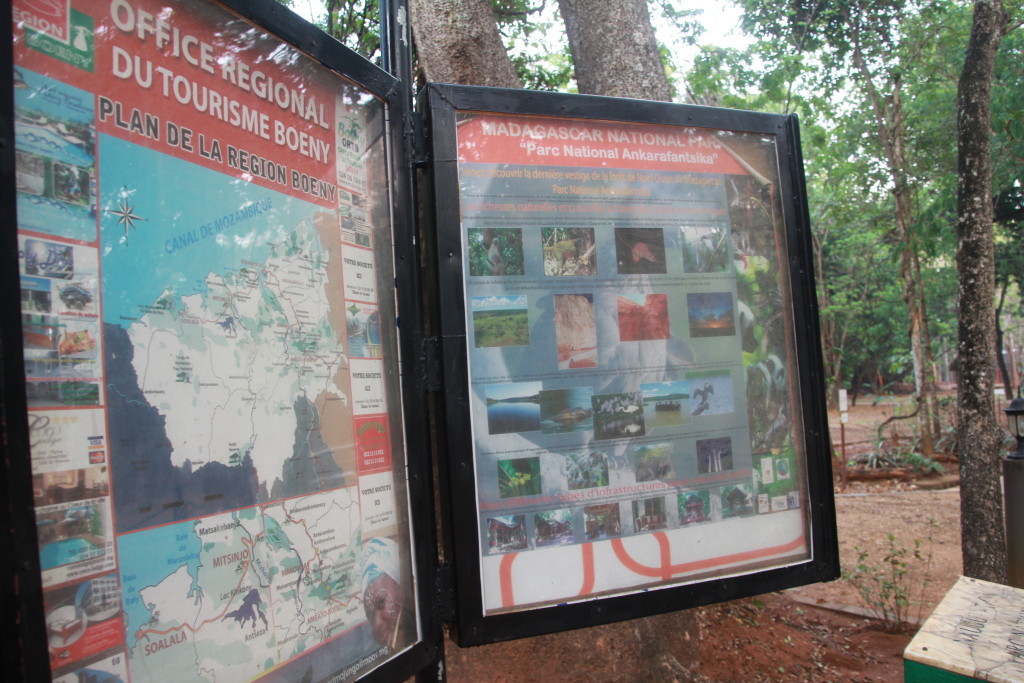
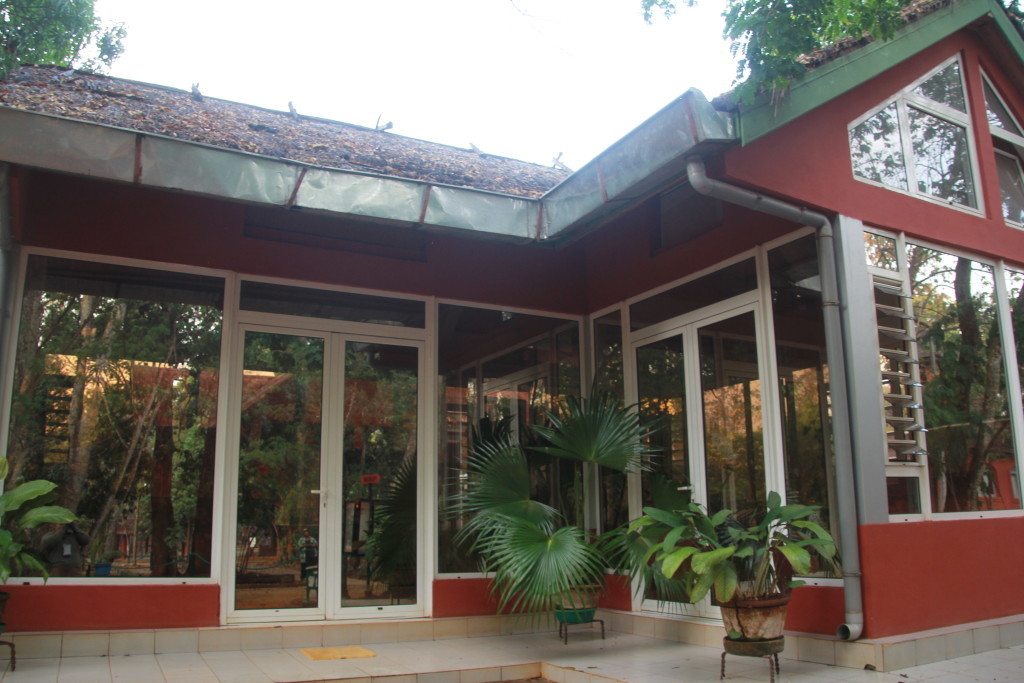
The park also has very nice bungalows for rent. They do tend to be booked up with birding tour groups so you should try to organize one in advance. This is the only accommodation in/near the park. The place we stayed, Blue Vanga Lodge was about 5km down the road in the village.
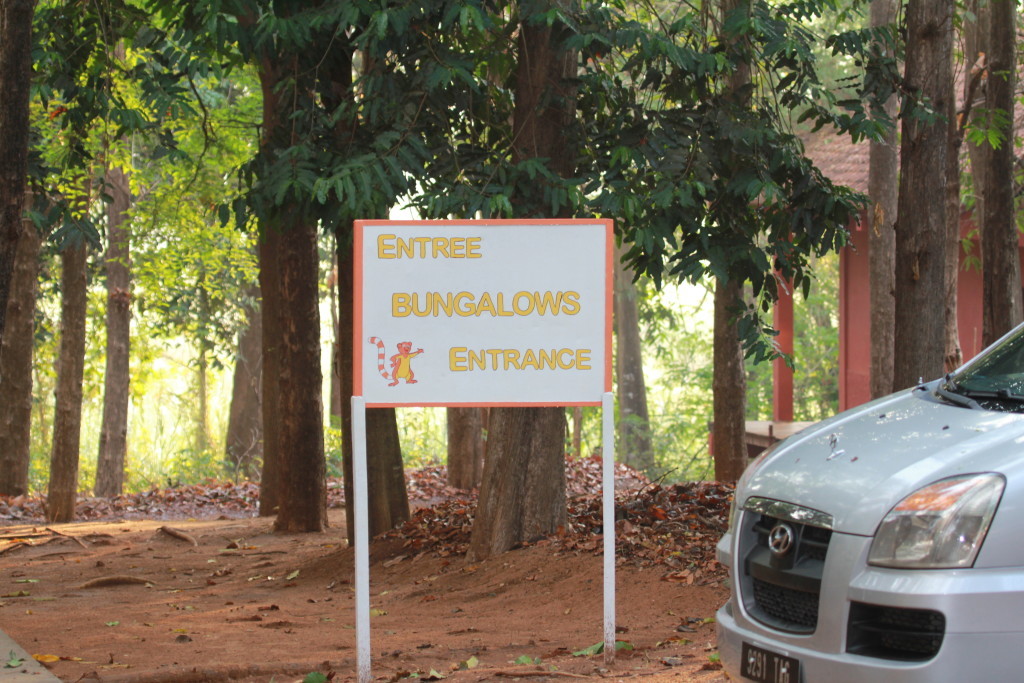
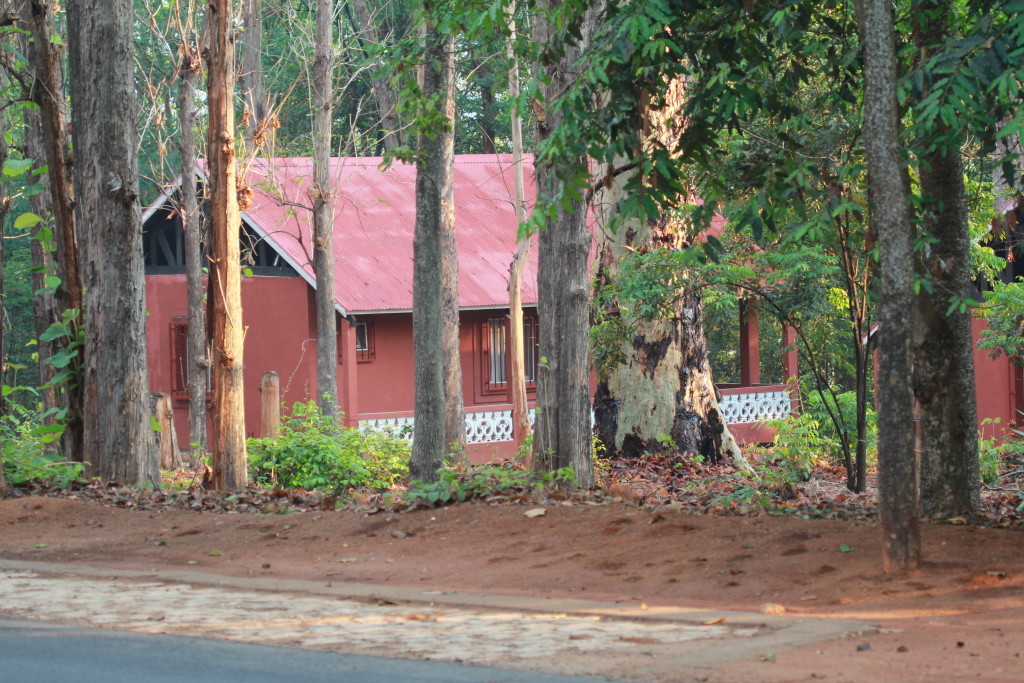
The fees to enter the park are very straightforward. We are “etranger” category so the fees range from 25,000 – 50,000 depending on how many days you need.
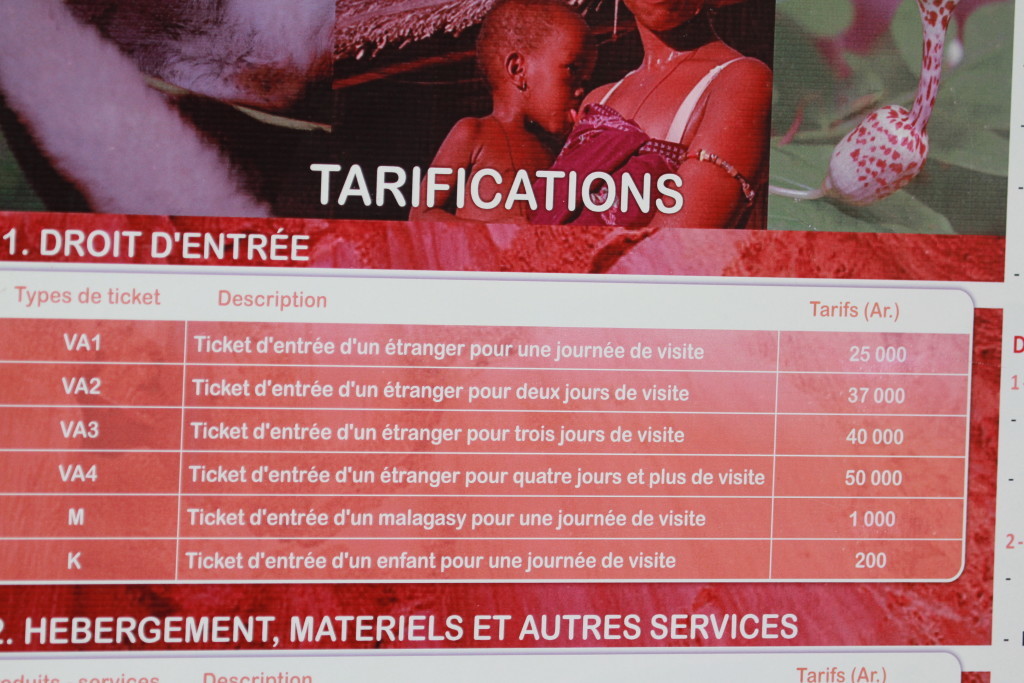
In addition to the entry fees, you must also hire a guide and do one of the circuits as pictured below. Most people start with the Circuit Coquereli as an excellent introduction to the park. We saw lots of birds and lemurs on this trek. In this and all circuits, the price of the guide is determined by how many people you have. 1-4 people pay 25,000 Ariary for the guide, if there are 5-6 people the cost is 35,000 Ariary.
I really like this system. Guides are mandatory which is a good idea as it is very important to supply local people with jobs and an incentive to protect their wildlife. You can design your own program, just choose your circuits and pay in the office for both the park fees and the guide so everything is above board. Make sure you ask for a guide who knows birds well, although in this location which attracts mostly birders I think all the guides know birds well.
For the two full days we were here, we did the Circuit Coquereli in the first morning and the Circuit Bateau – Lac Ravelobe in the afternoon. The 2nd day, we did Circuit Retendrika in the morning and since I ran out of cash had to be content with birding the car park and roadside in the afternoon. I will be blogging more in detail about each circuit.
Only cash is accepted here, no credit cards in either the ticket office or restaurant so be prepared!
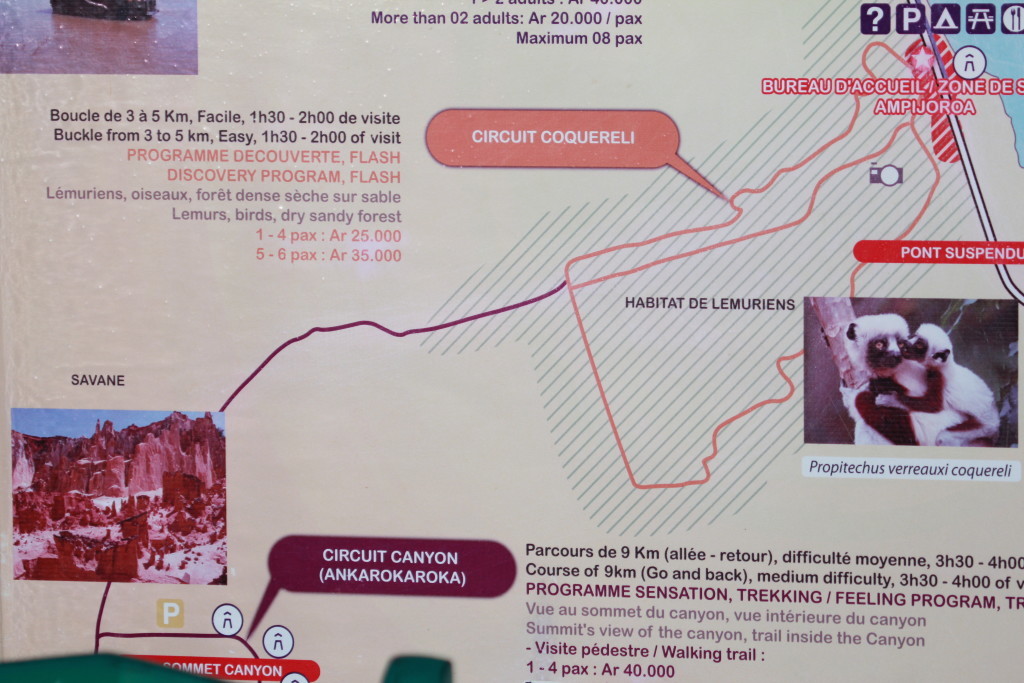
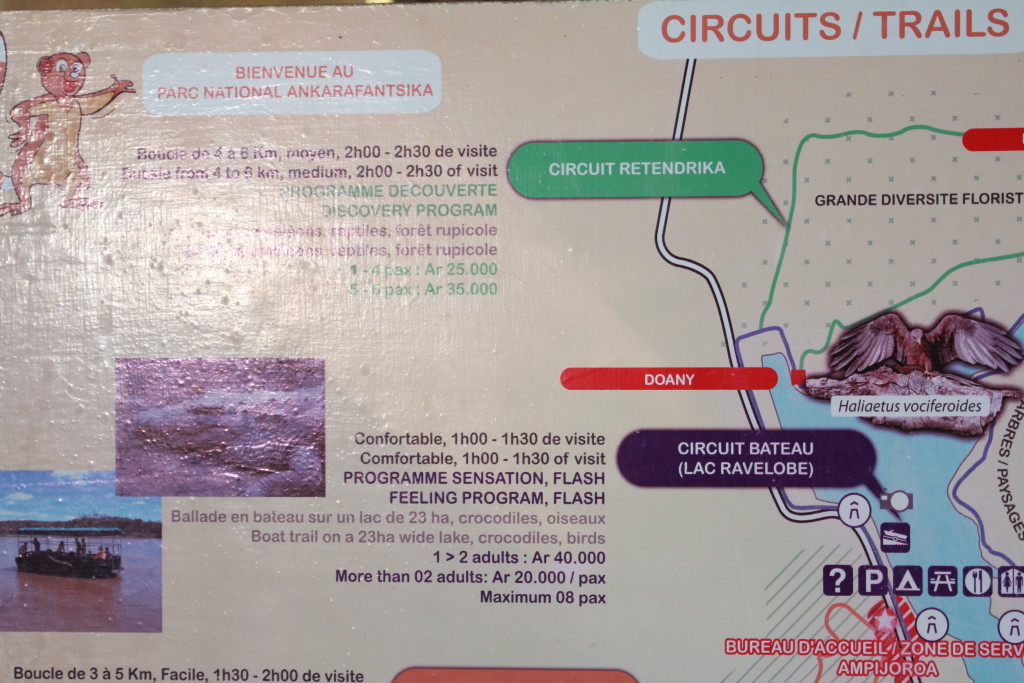
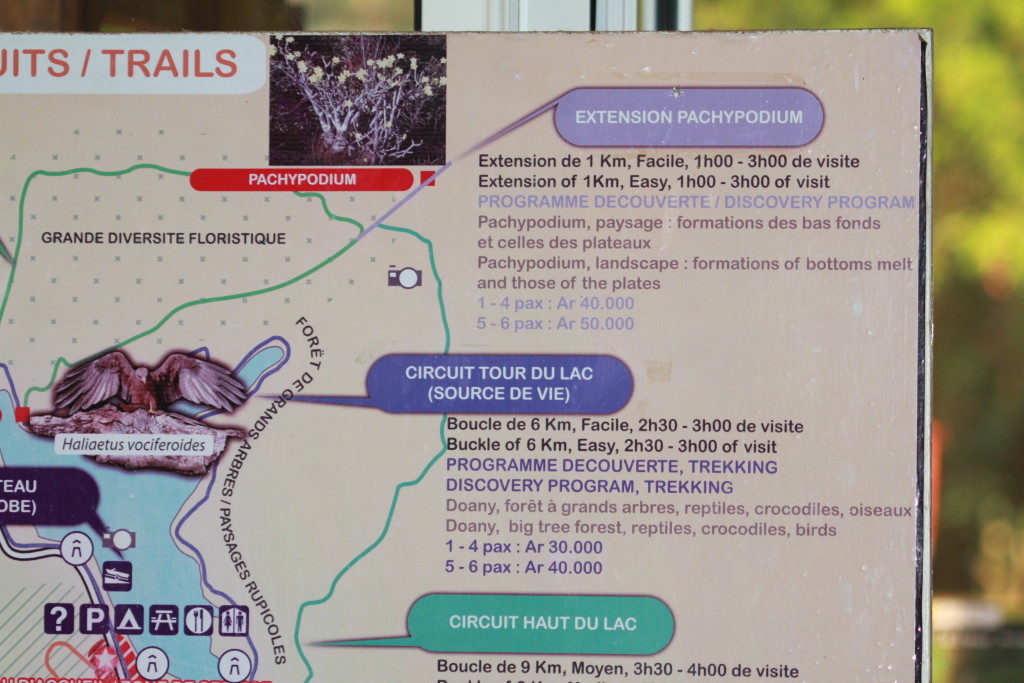
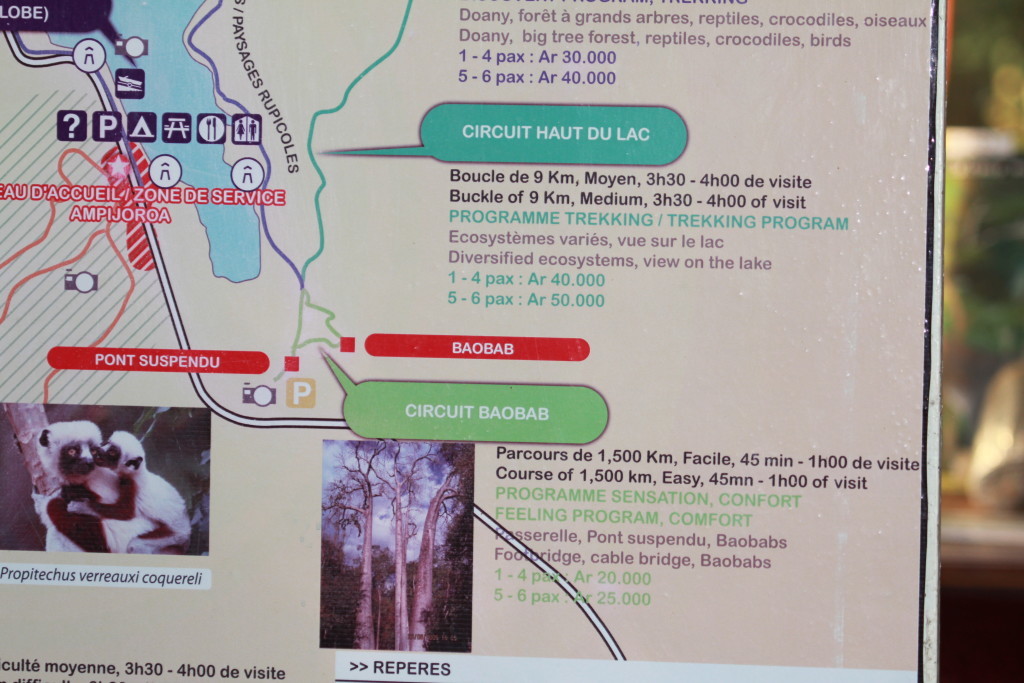
Here we have the prices of the bungalows and gites. The gites are very primitive, have shared bathrooms and only recommended for experienced backpackers but the bungalows are very nice, the high-priced birding tours stay here.
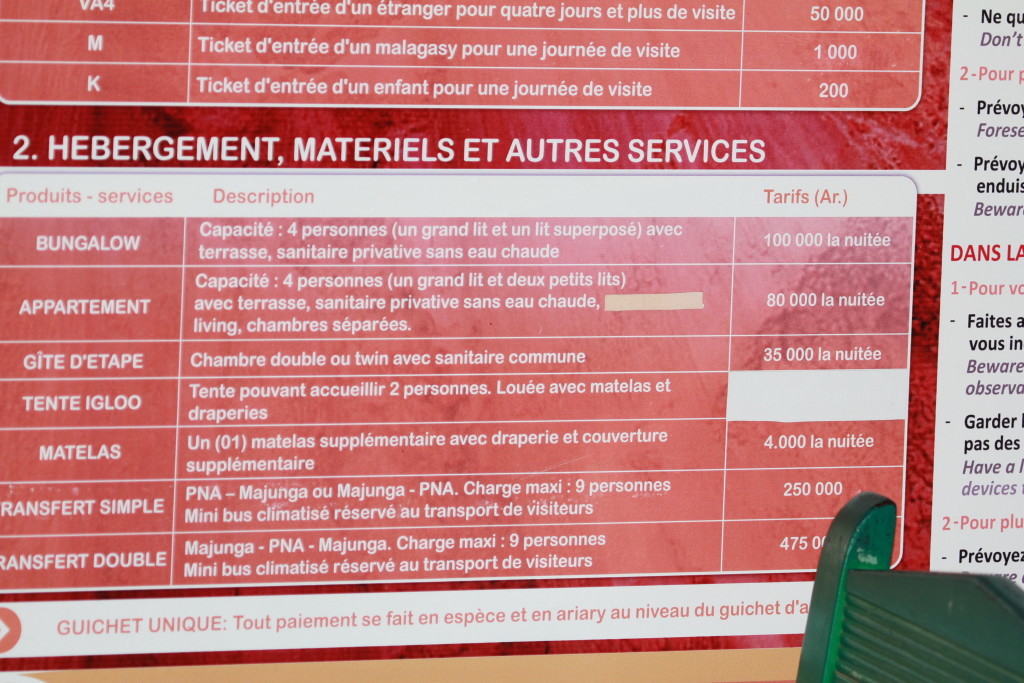 Typical gite
Typical gite
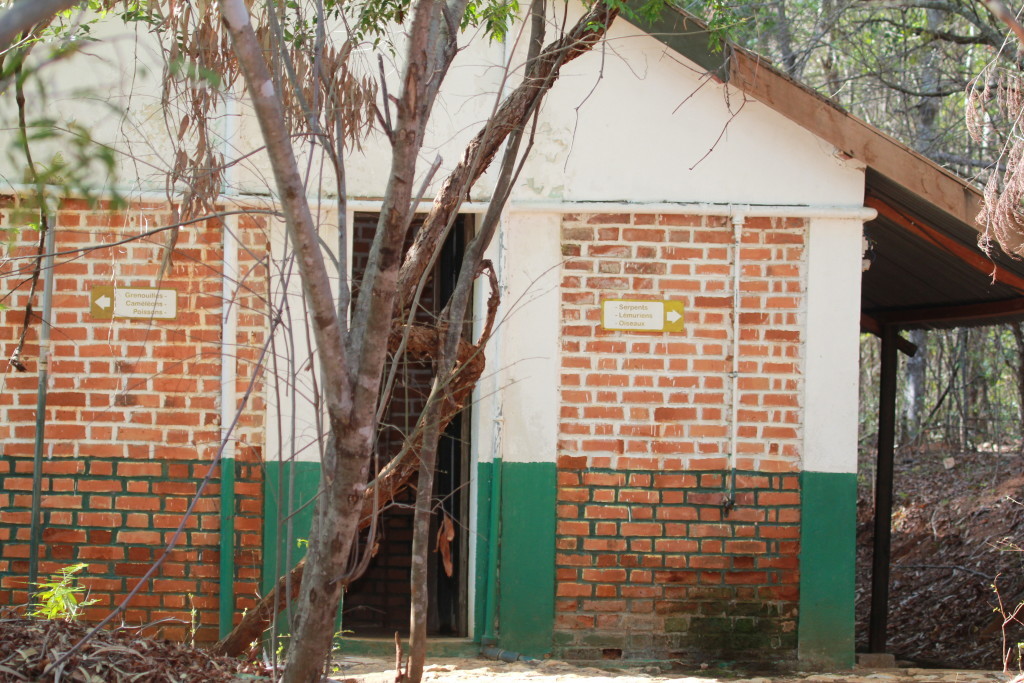
The restaurant is very nice and serves generous portions of food at very reasonable prices as you can see by the menu photos. You can choose a set-price meal or order ala carte. Cash only, no credit cards!
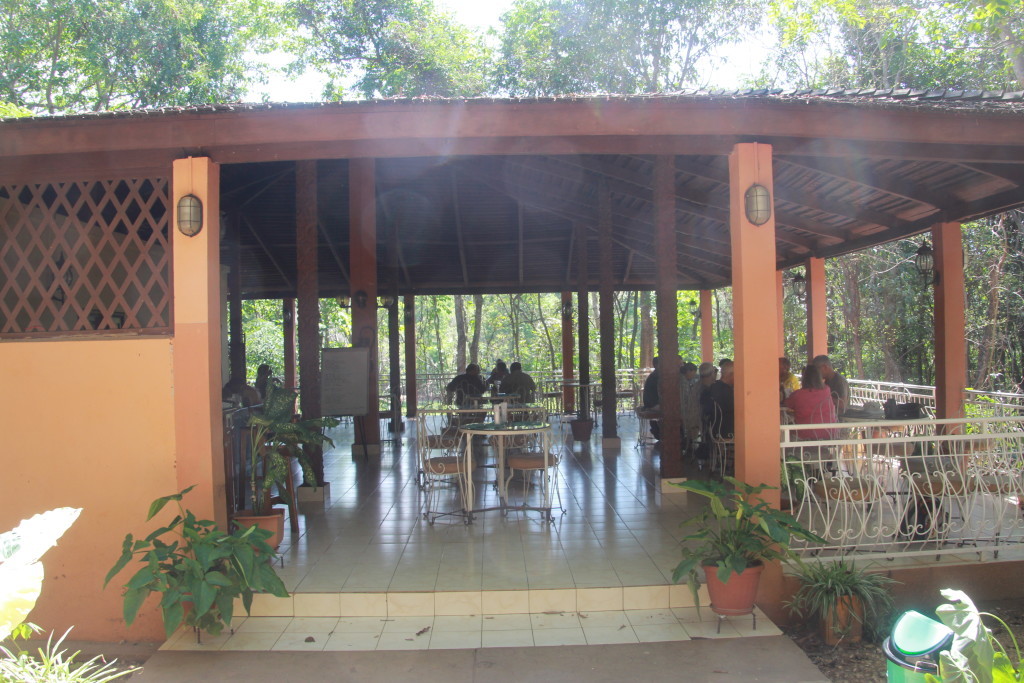
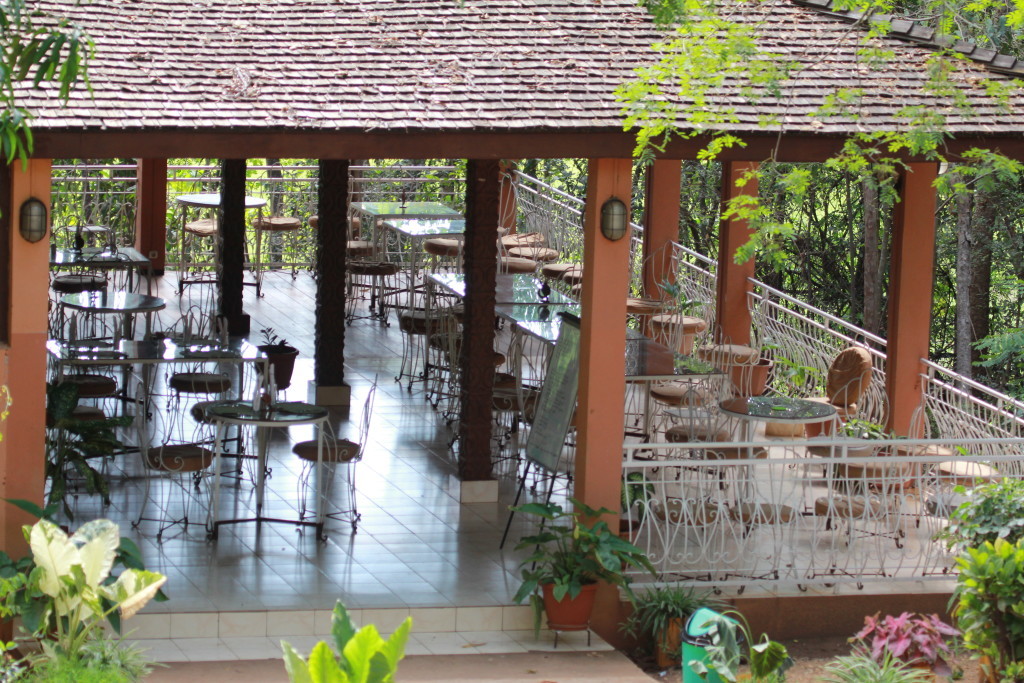
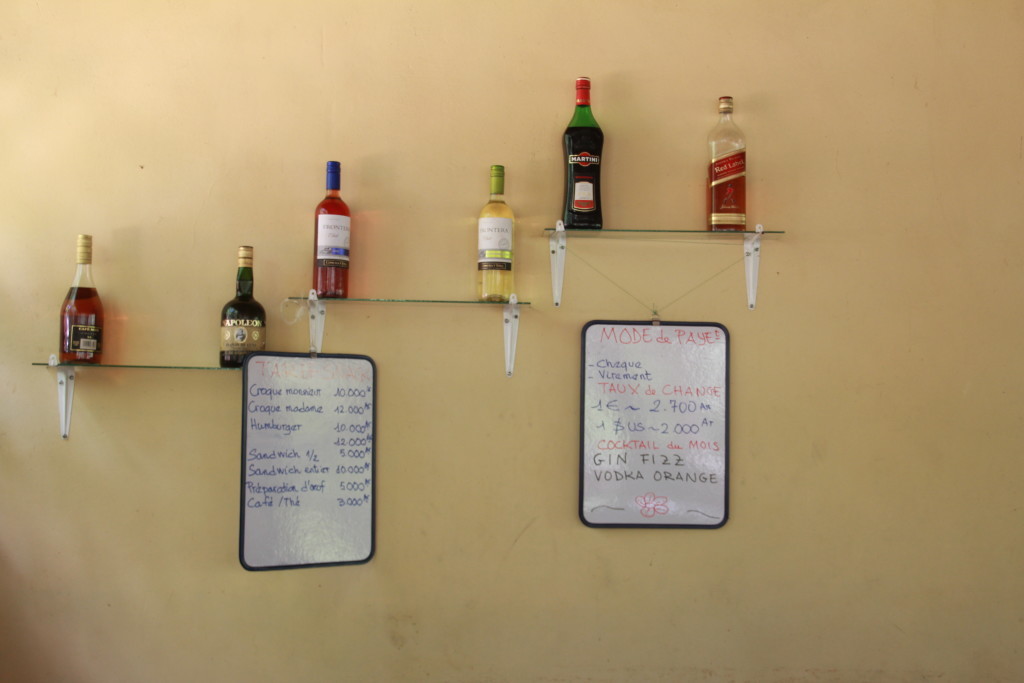
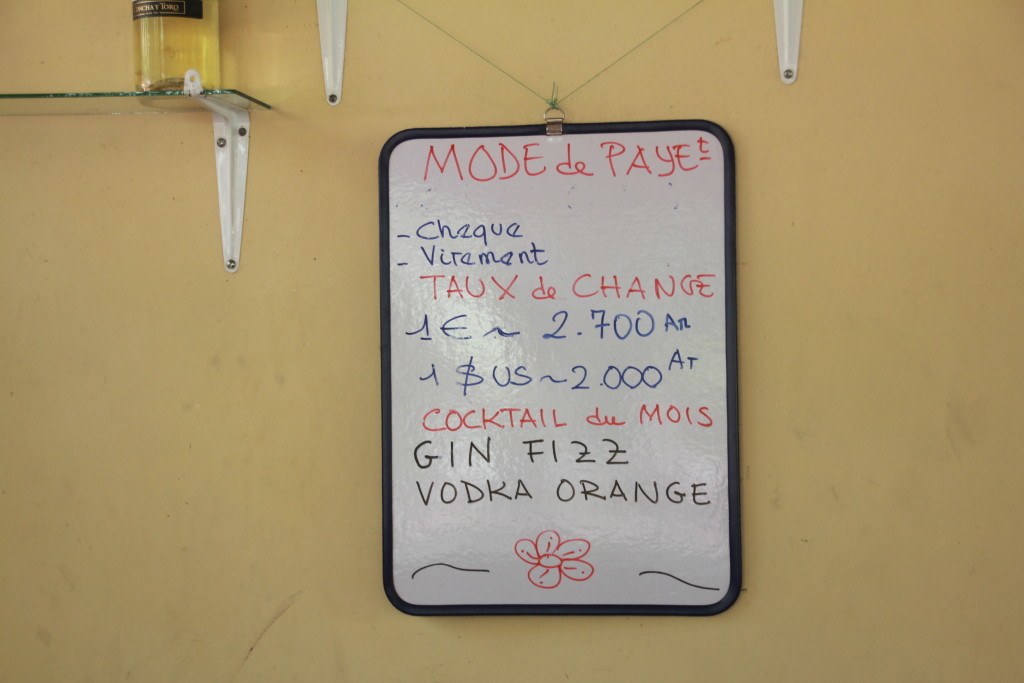
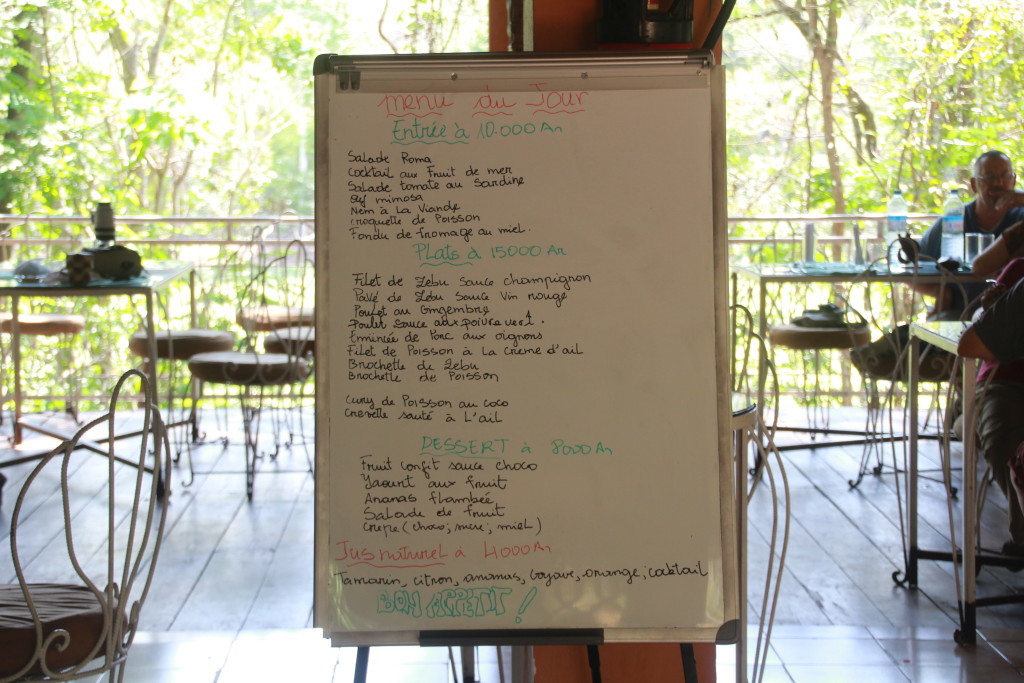
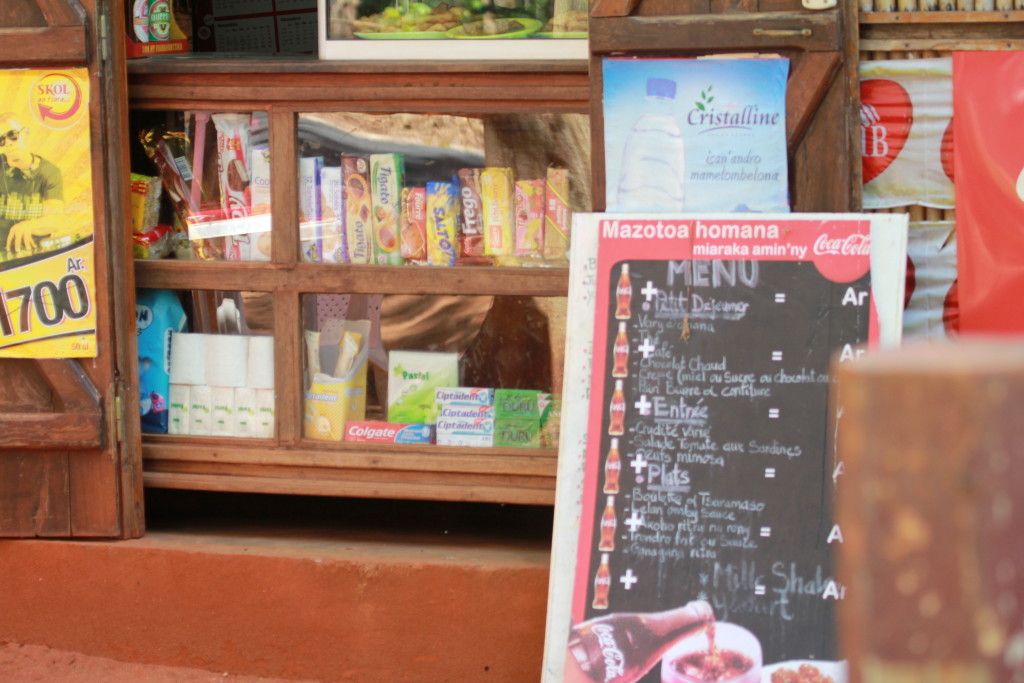
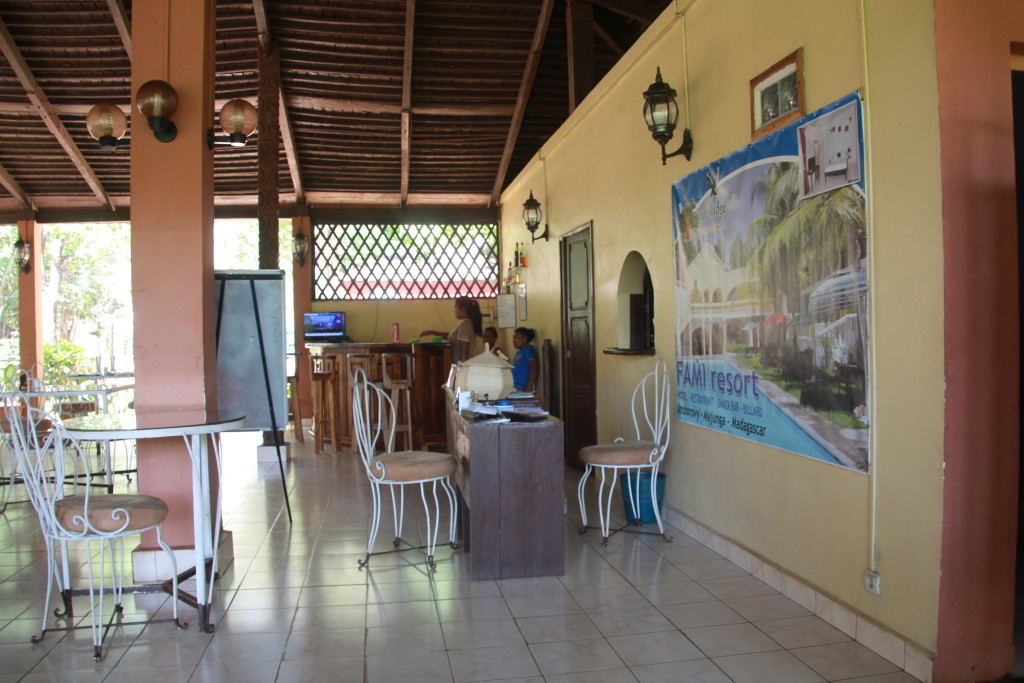
The tables have nice views over the forest and are a pleasant place to while away an afternoon while waiting for the next birding walk.
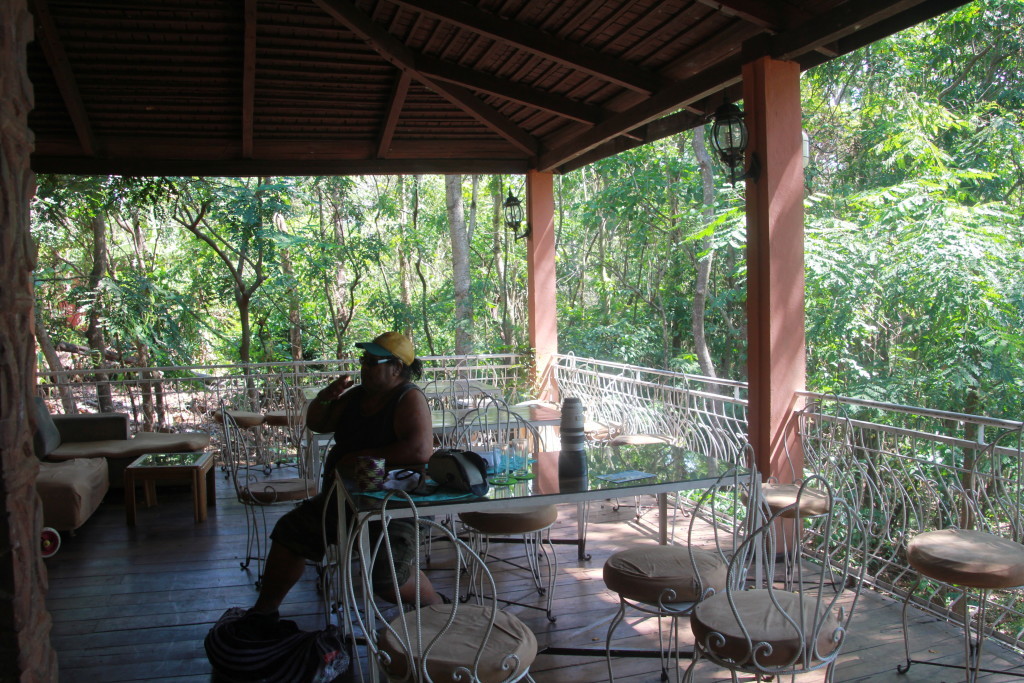
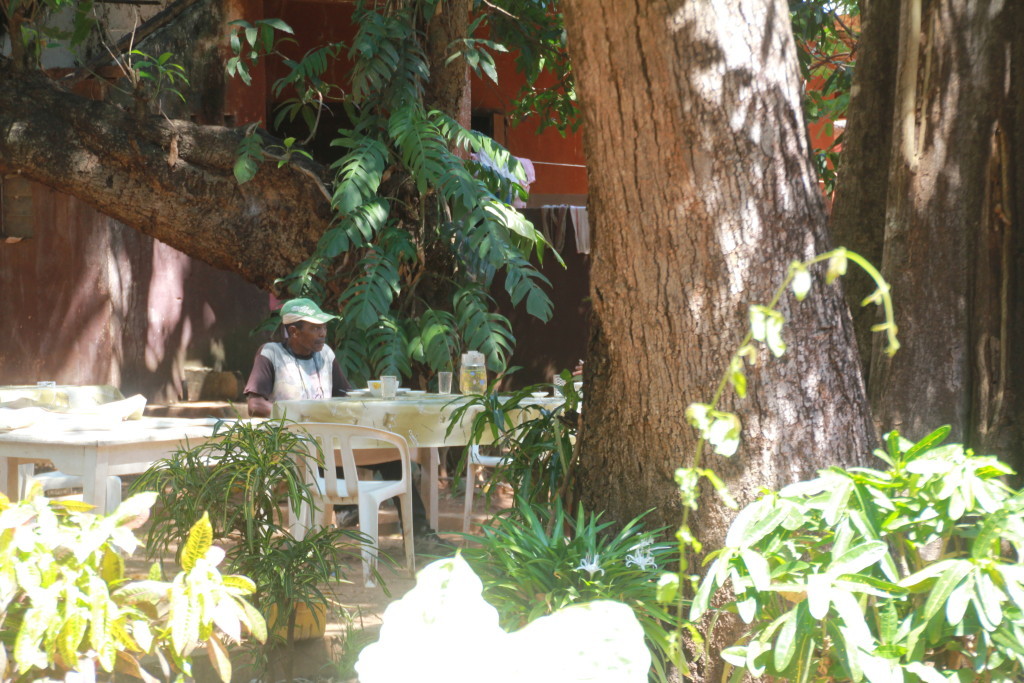
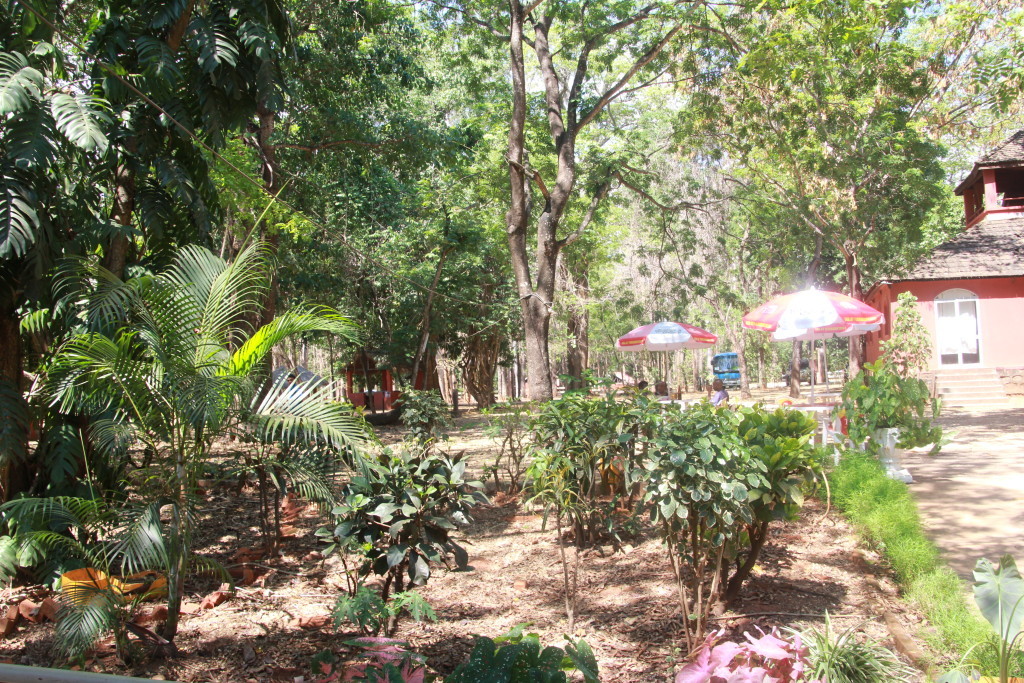
Just down the road is a small market with locals selling honey and a small shop with a few snacks.
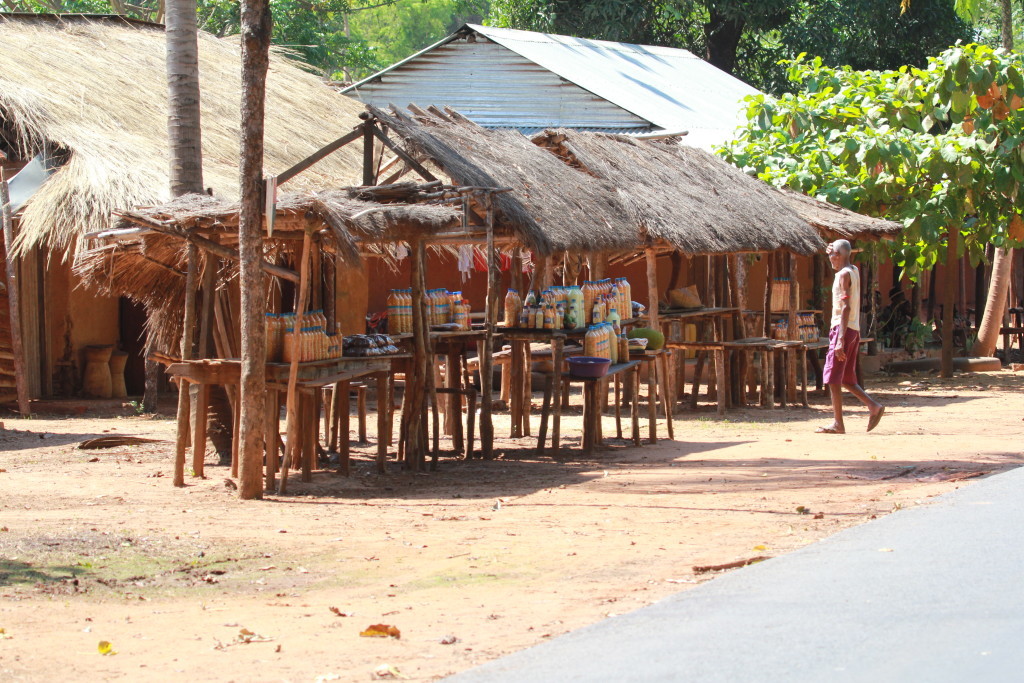
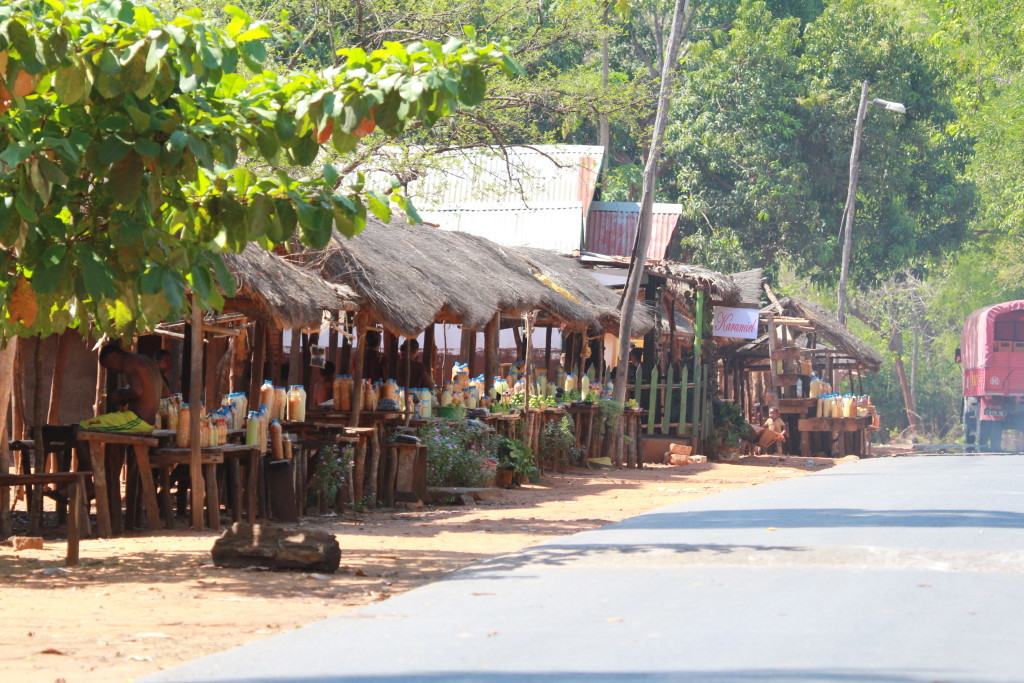
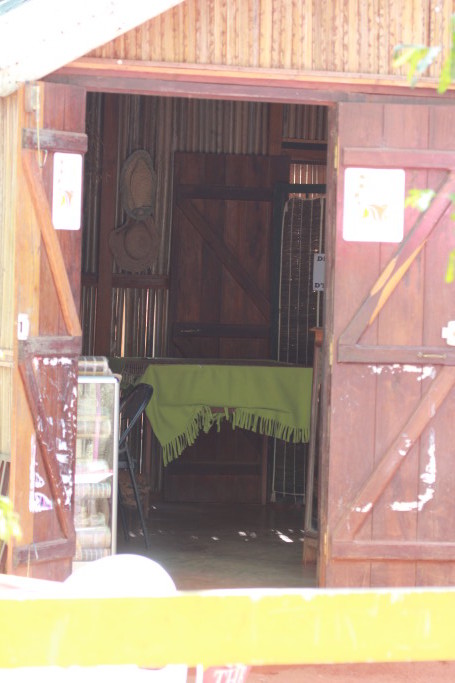
There is more information on their website.
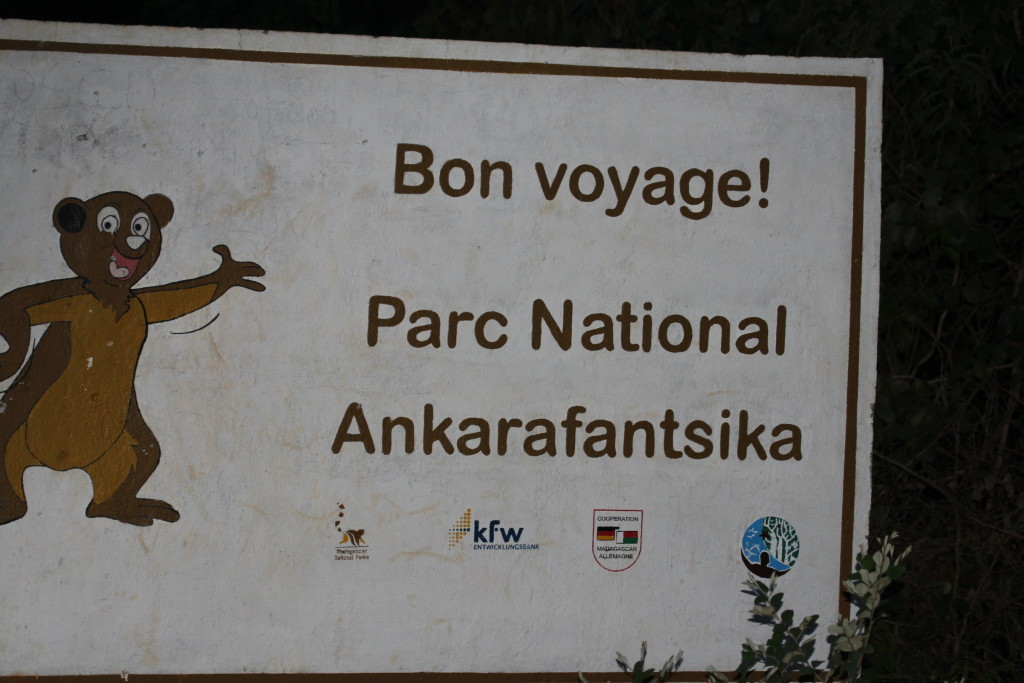
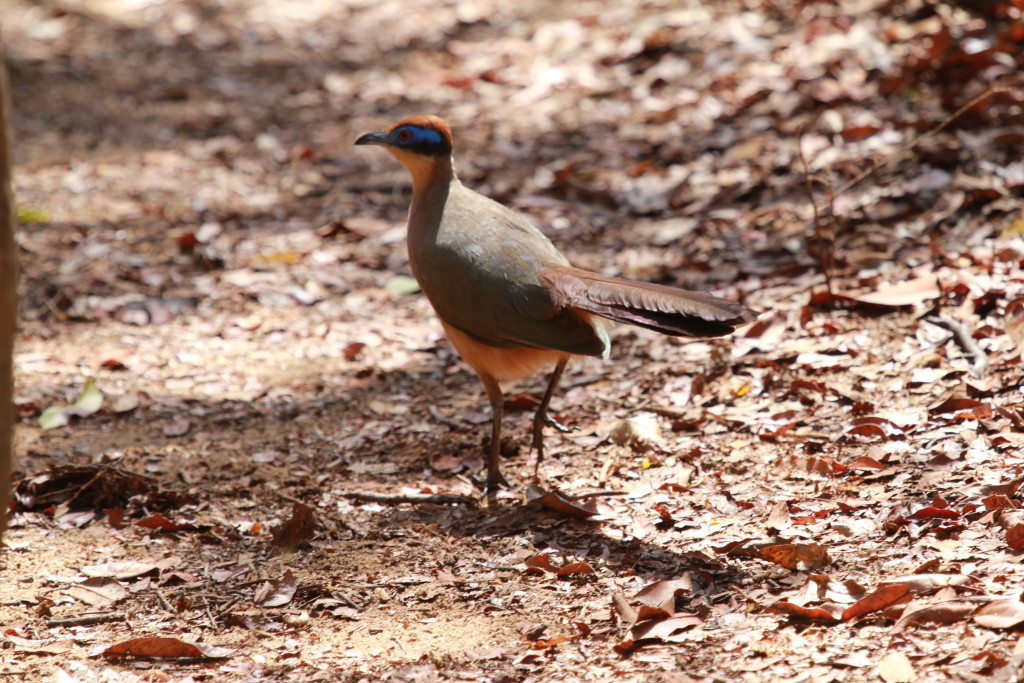
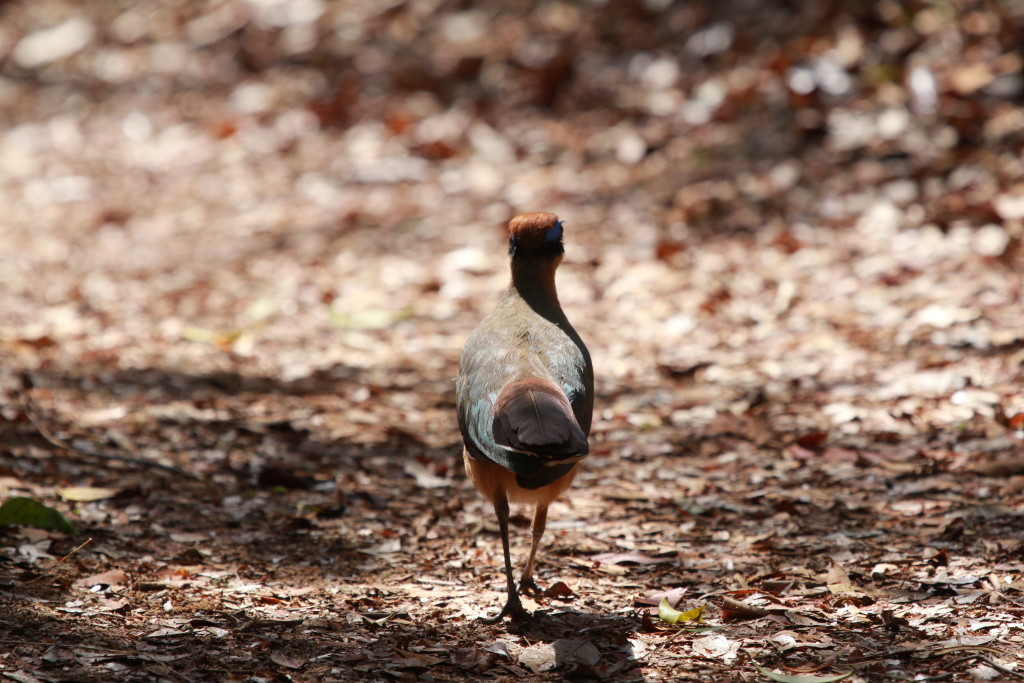
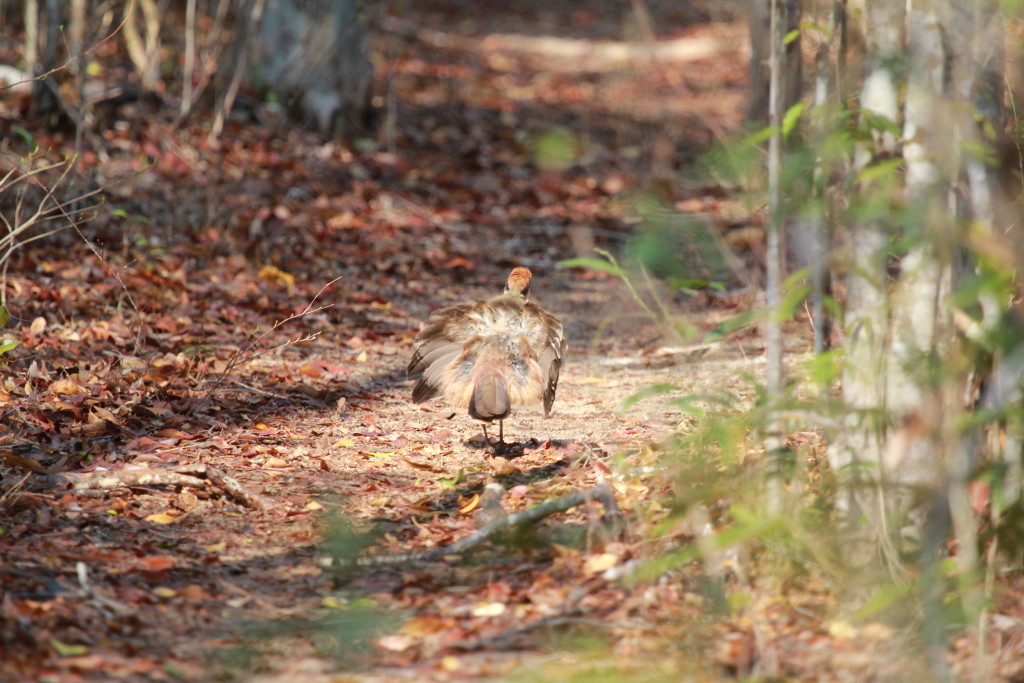 Giant Couas have a very large range and are one of 10 members of the Madagascar endemic Coua family. You can find various Couas all over Madagascar. I saw them several times in Ankarafantsika NP.
Giant Couas have a very large range and are one of 10 members of the Madagascar endemic Coua family. You can find various Couas all over Madagascar. I saw them several times in Ankarafantsika NP.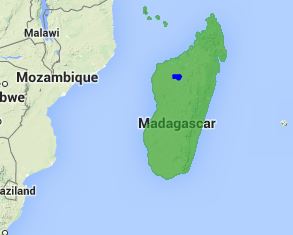 LEARN MORE ABOUT GIANT COUAS
LEARN MORE ABOUT GIANT COUAS

